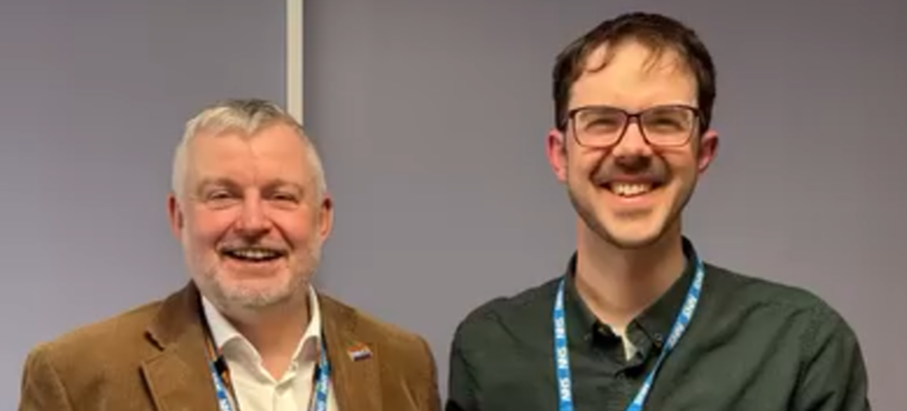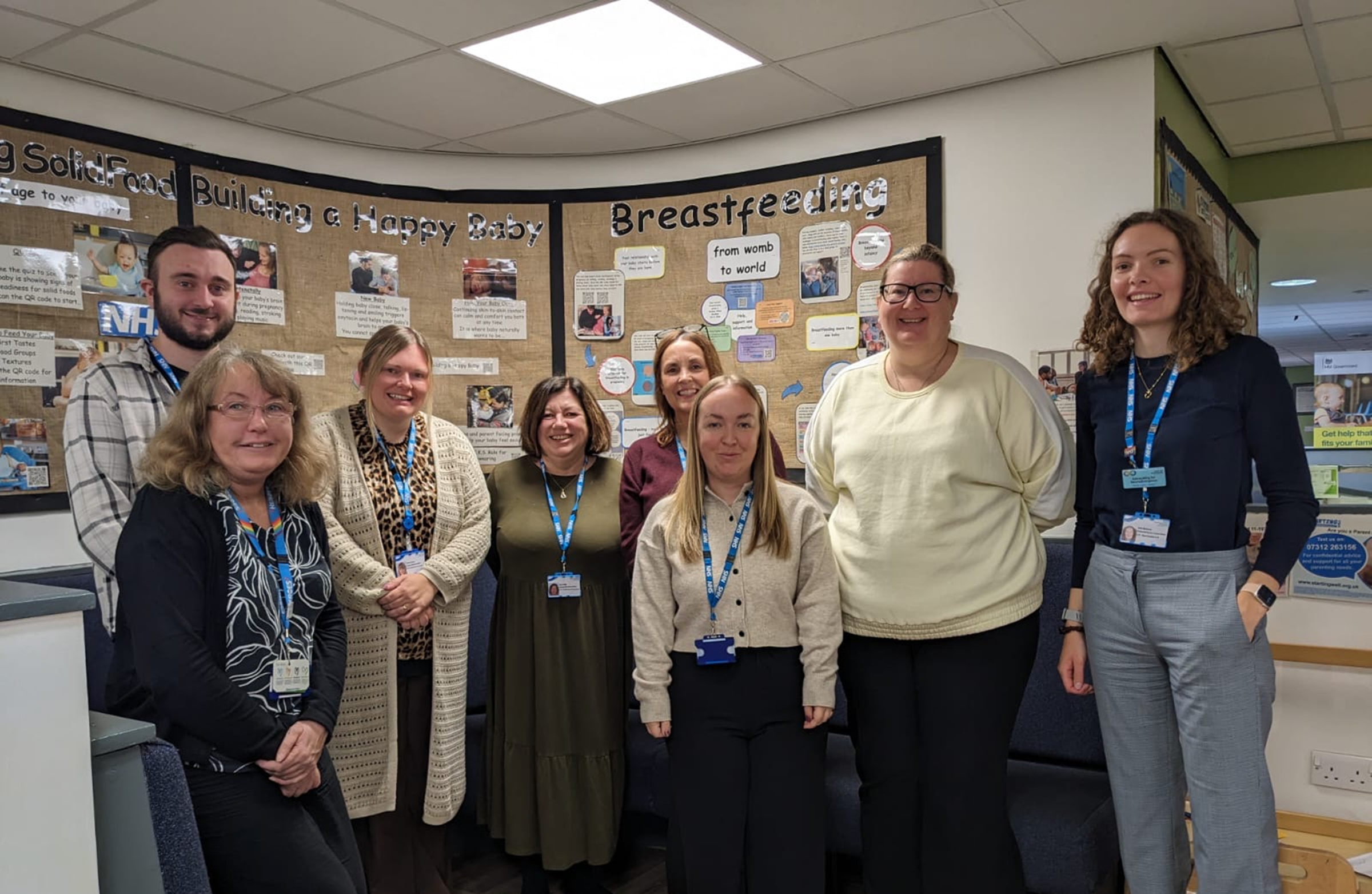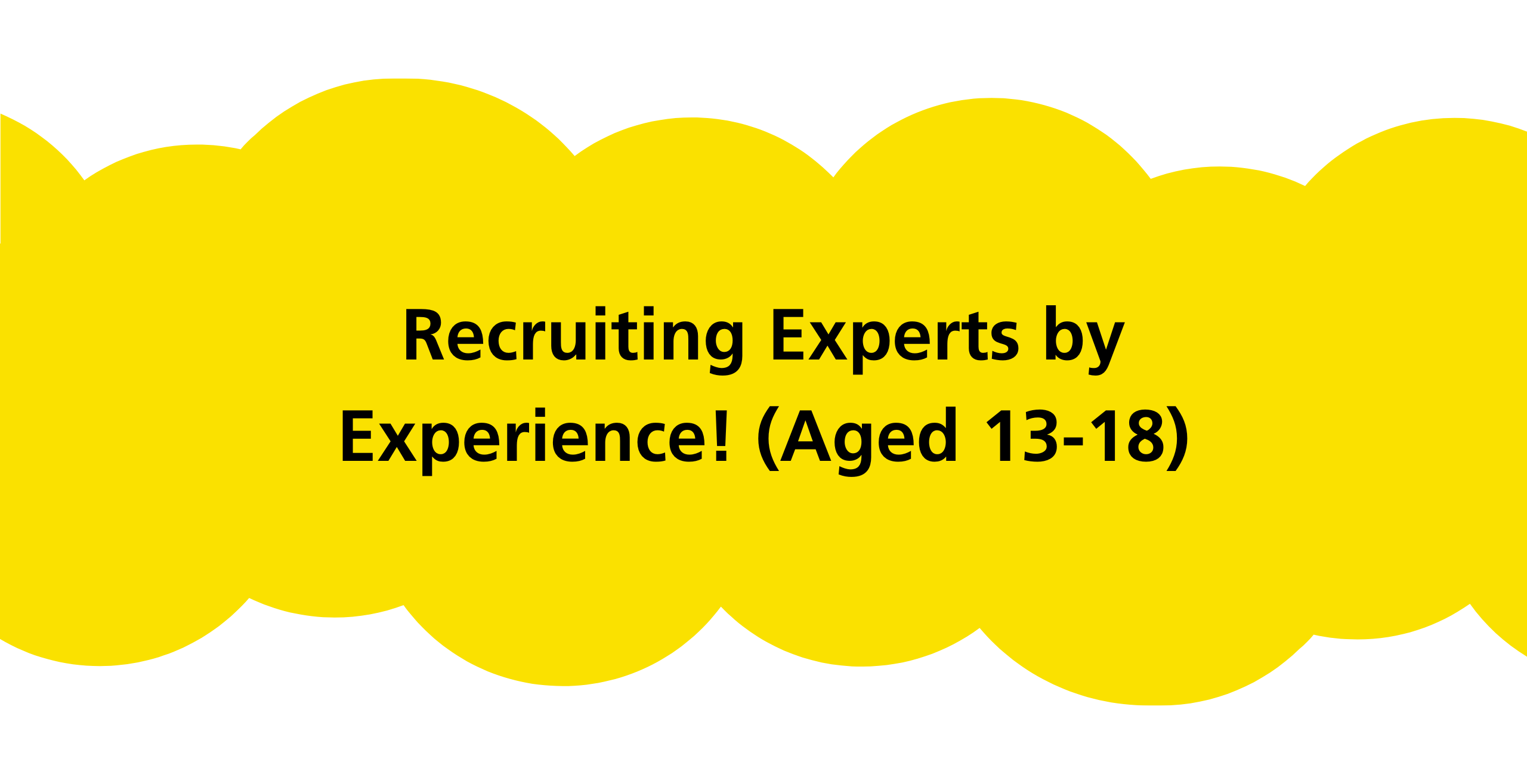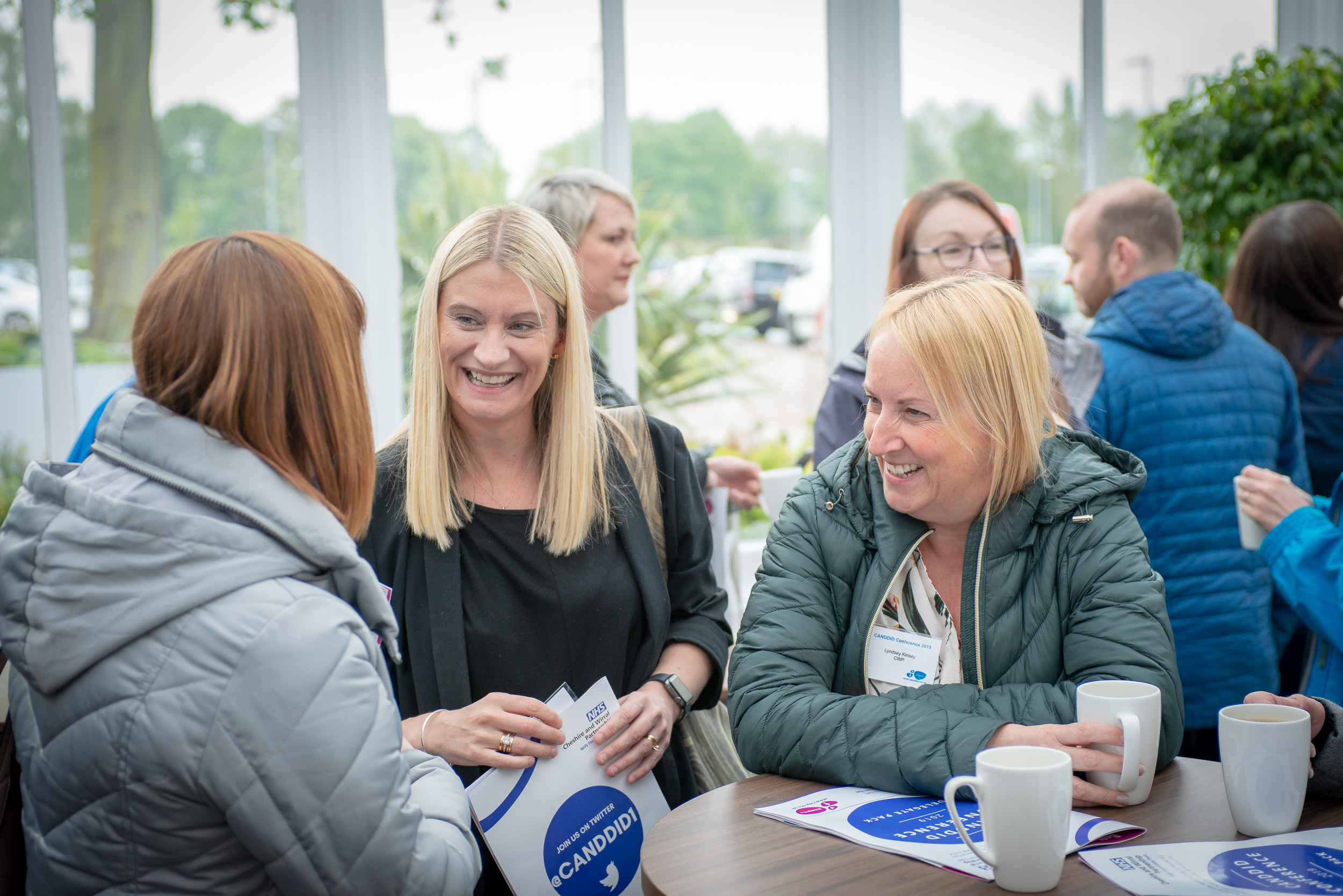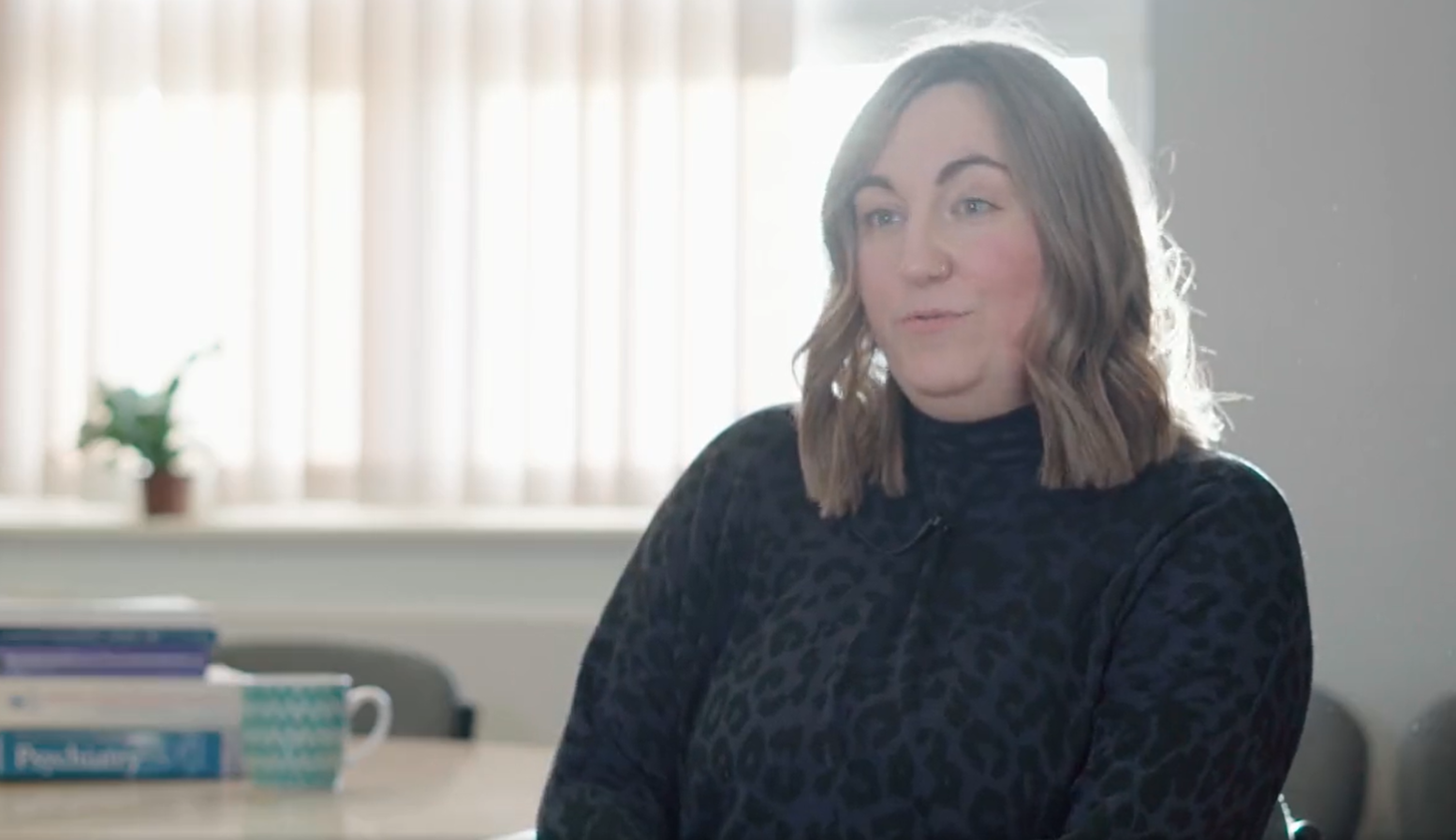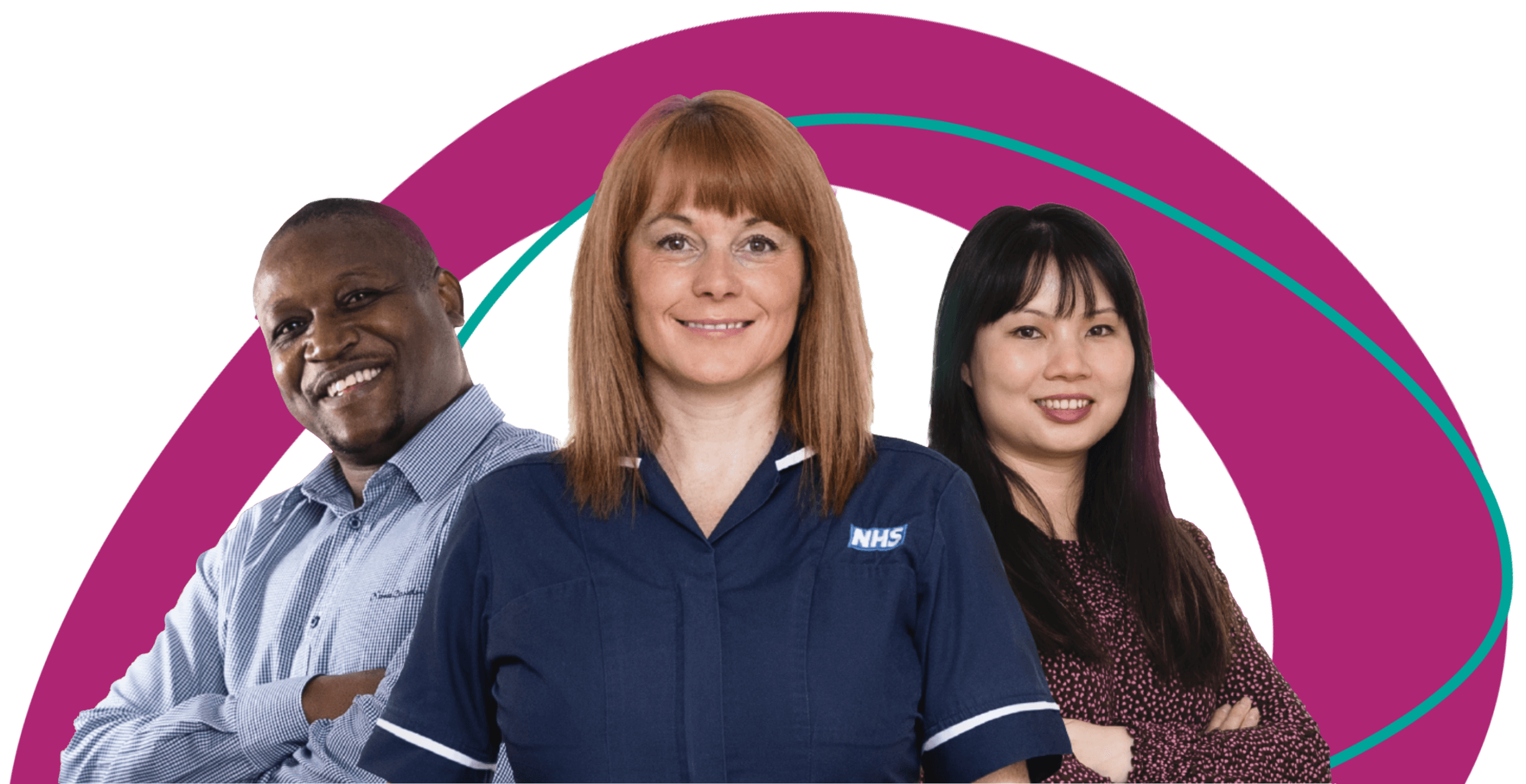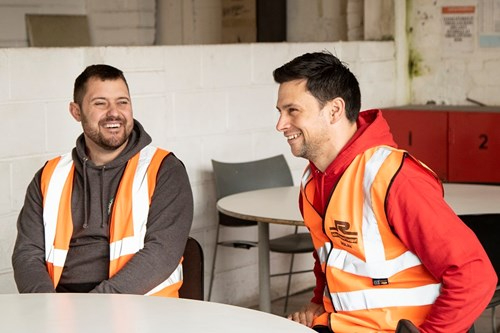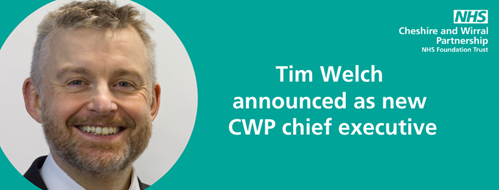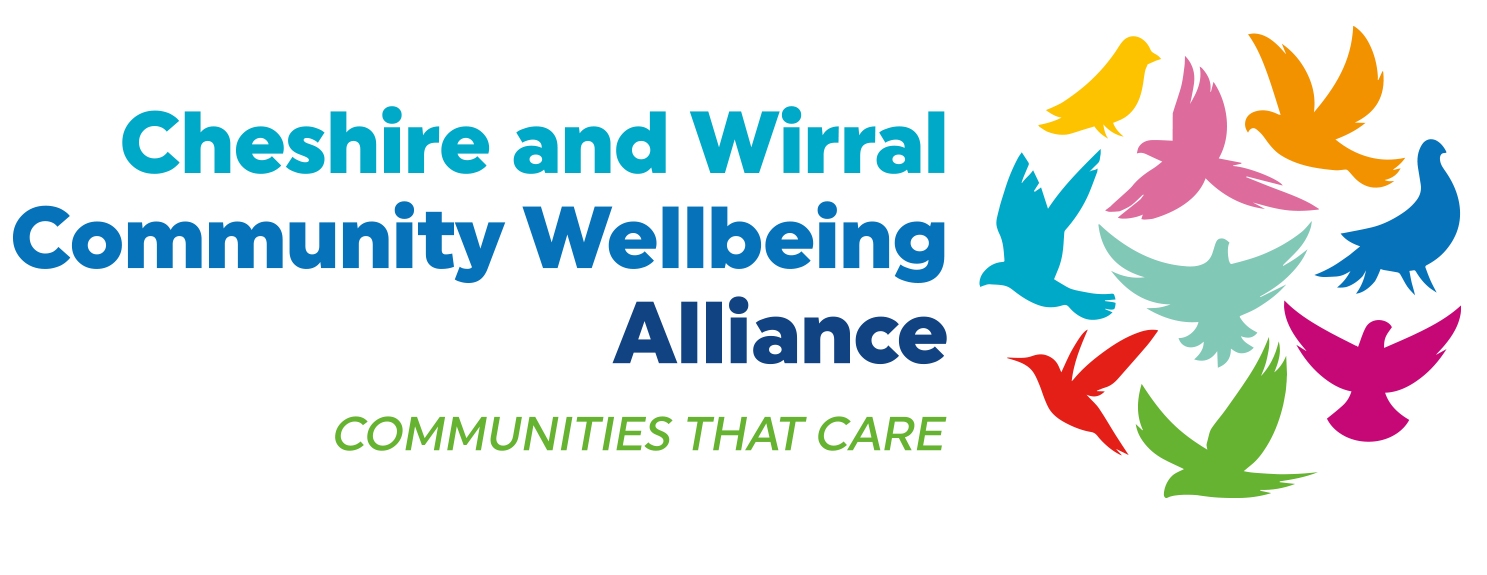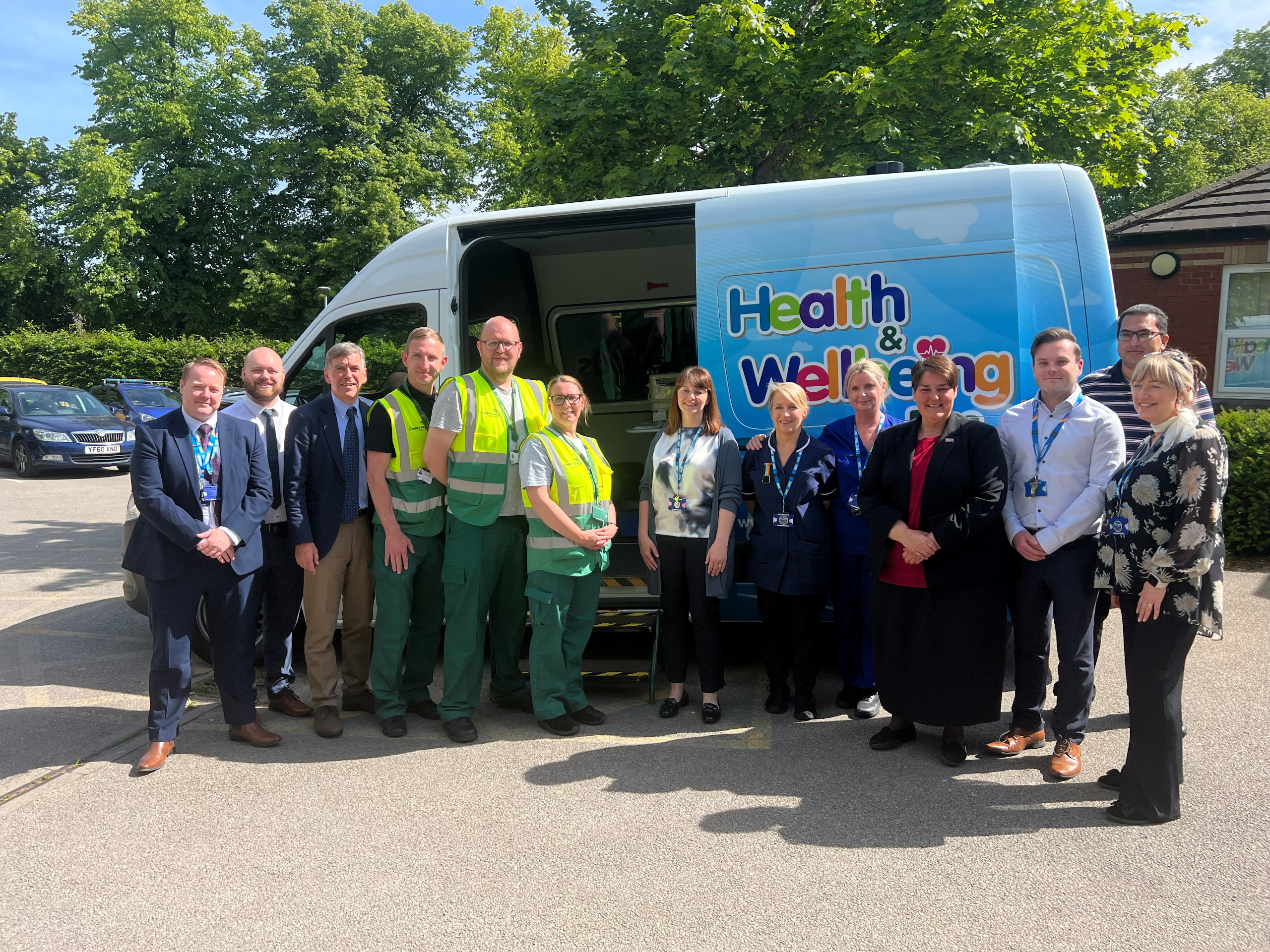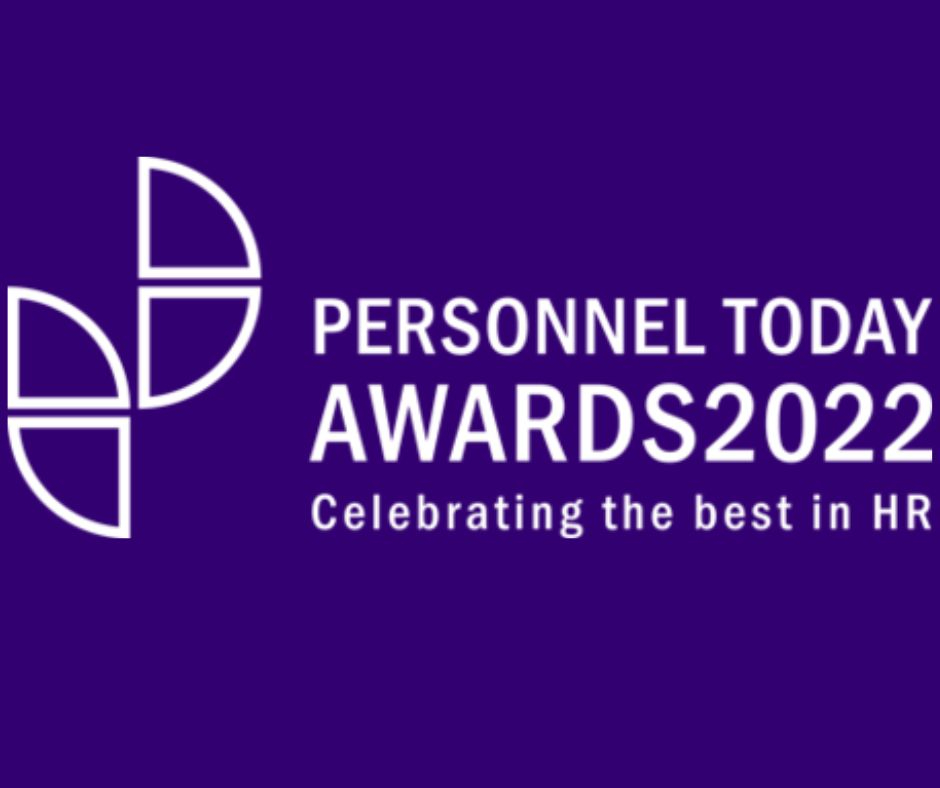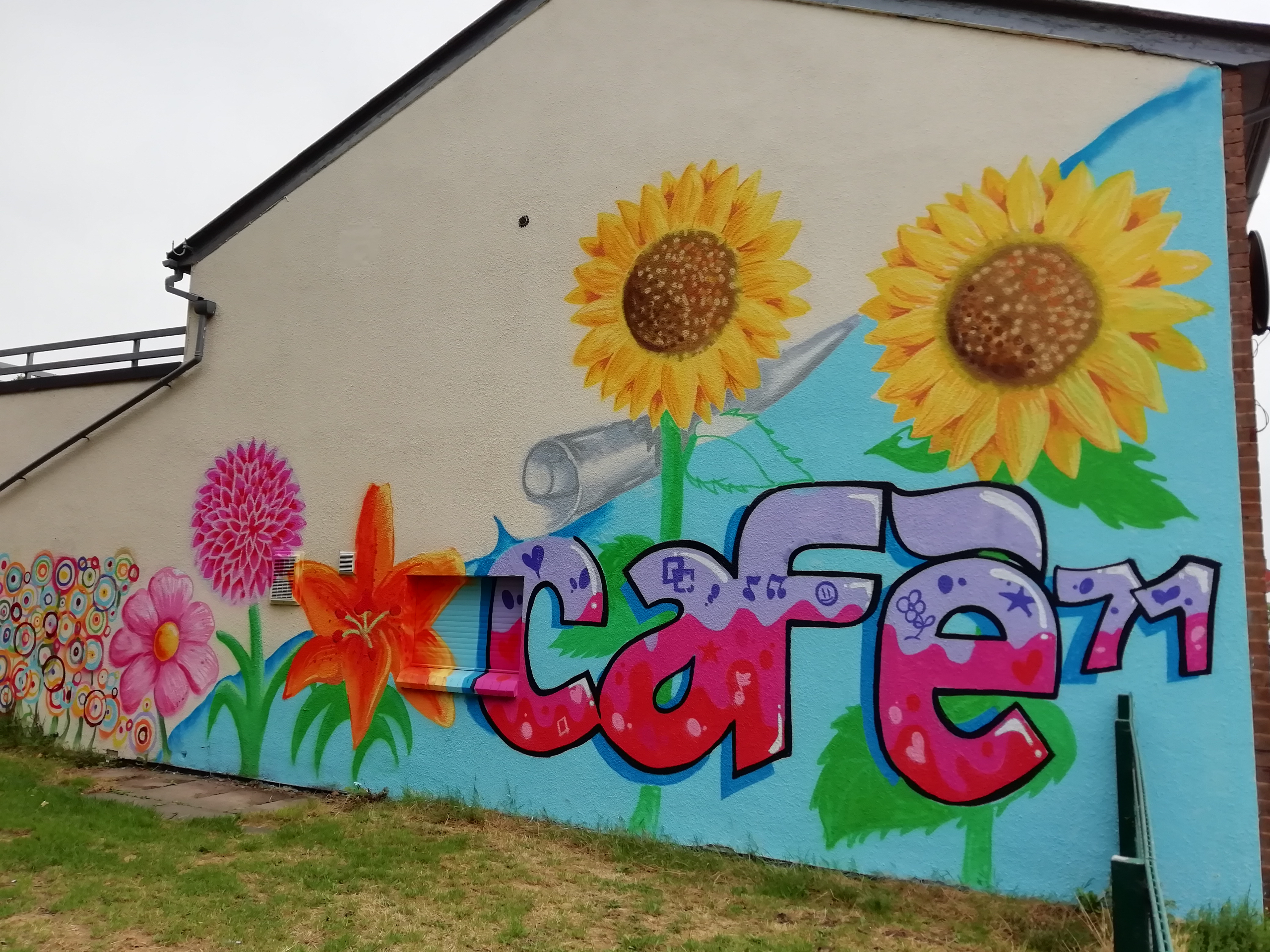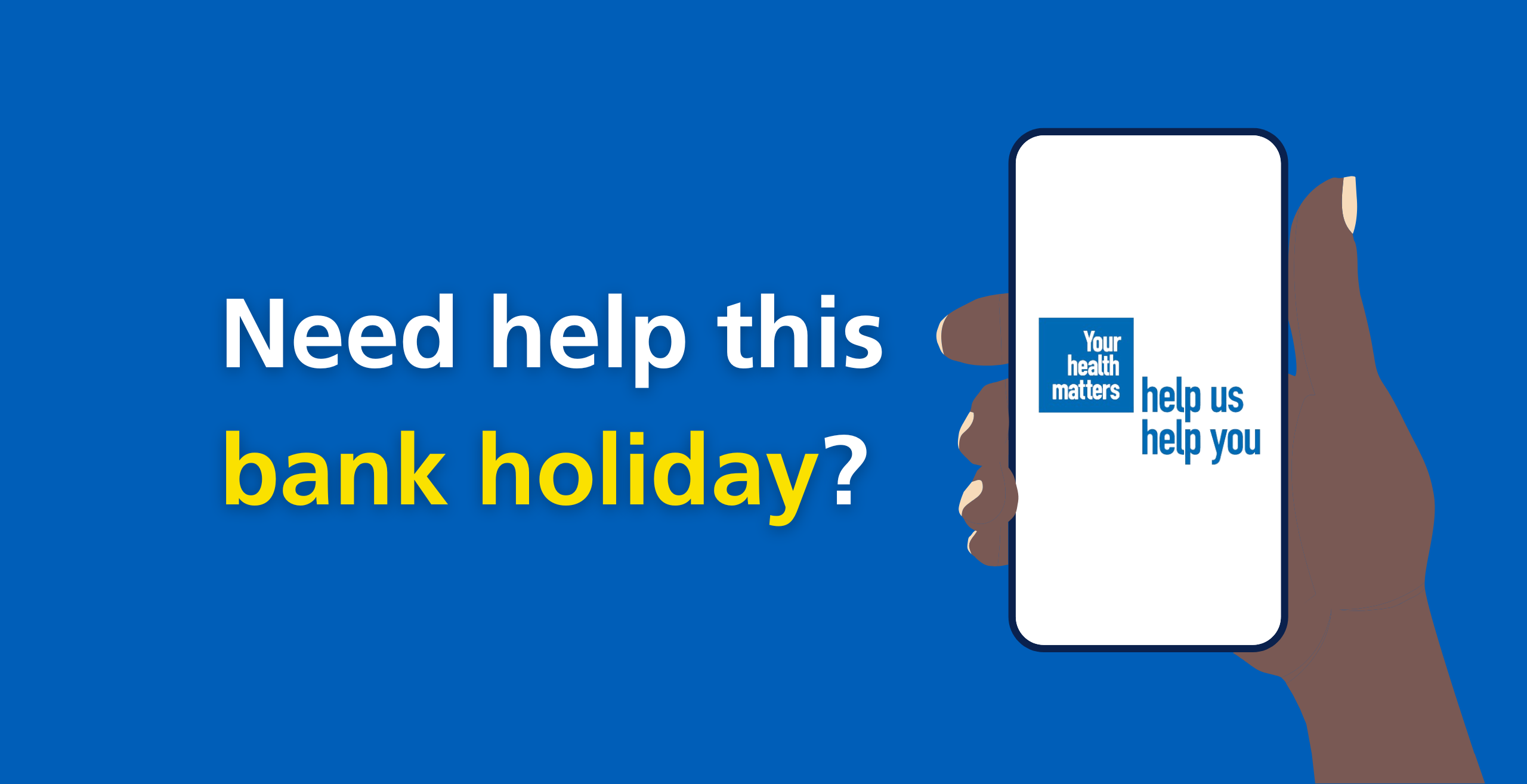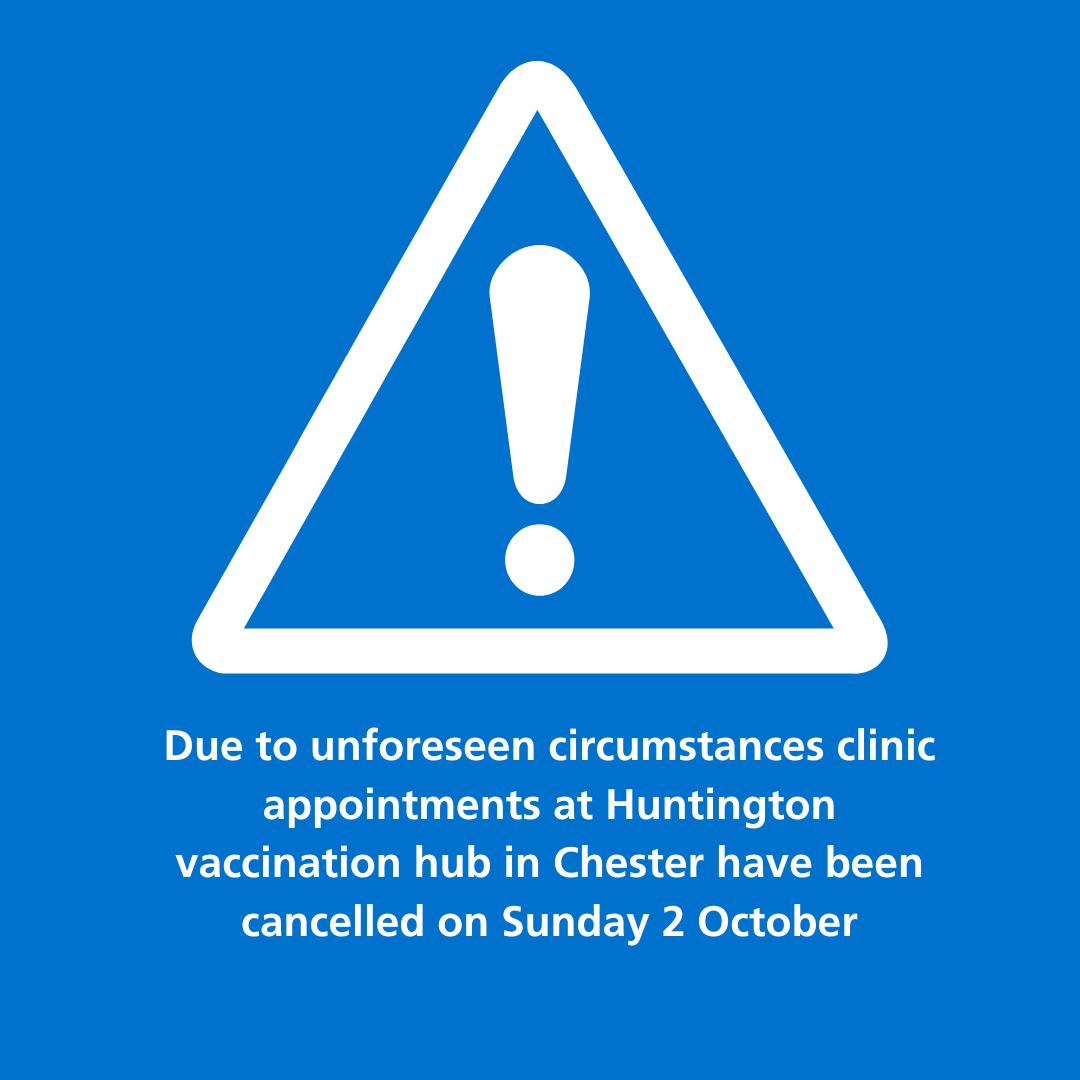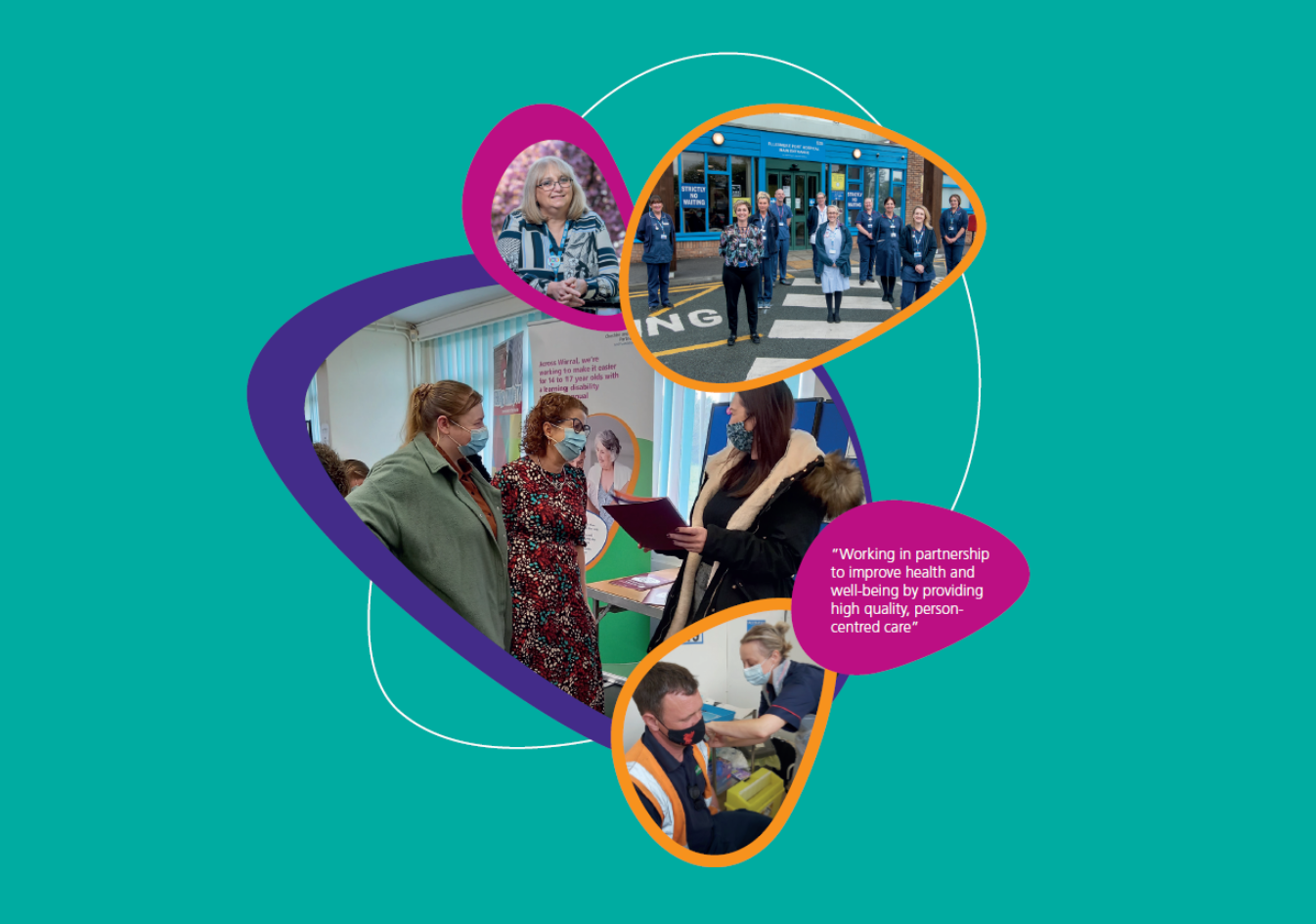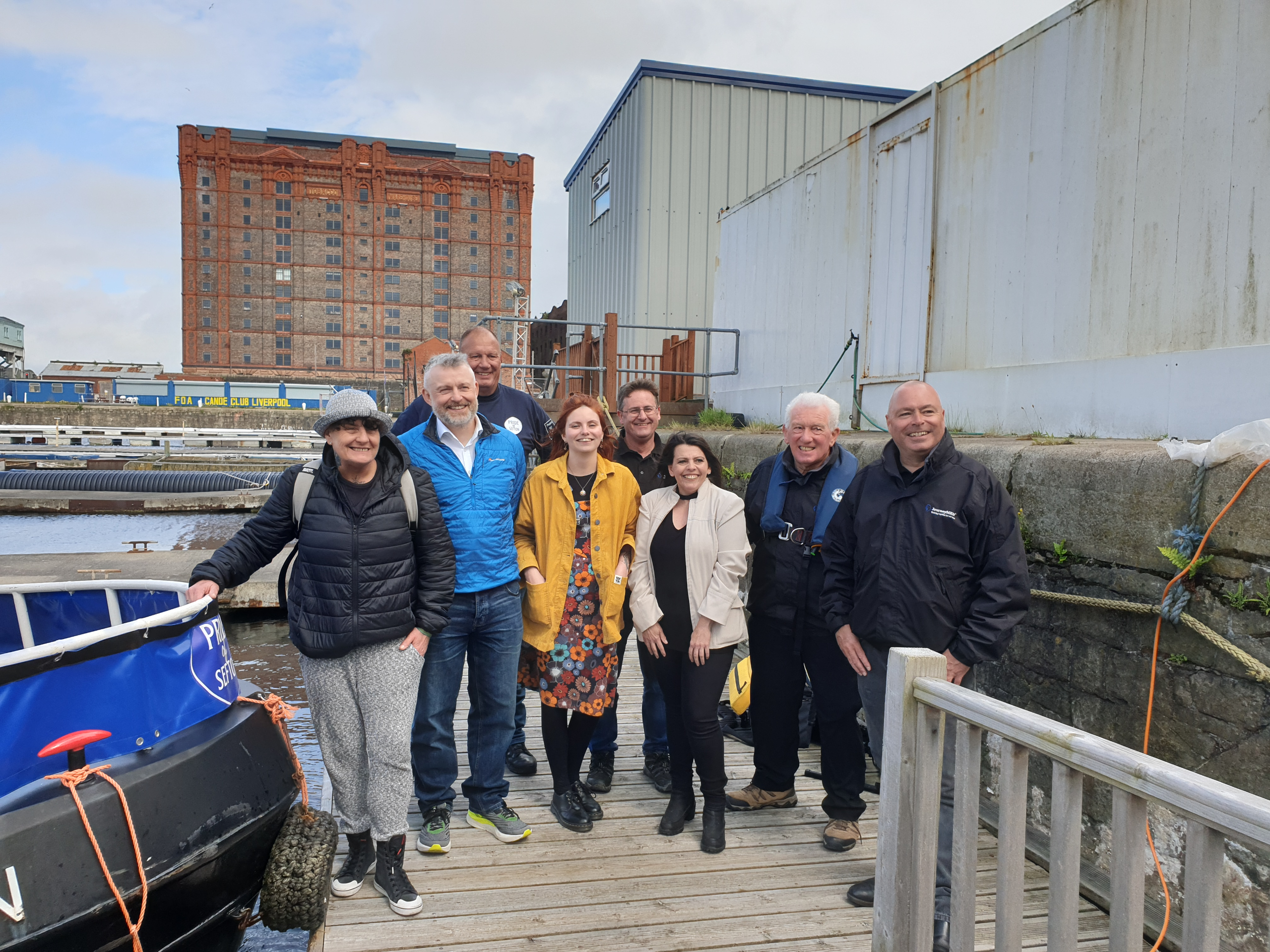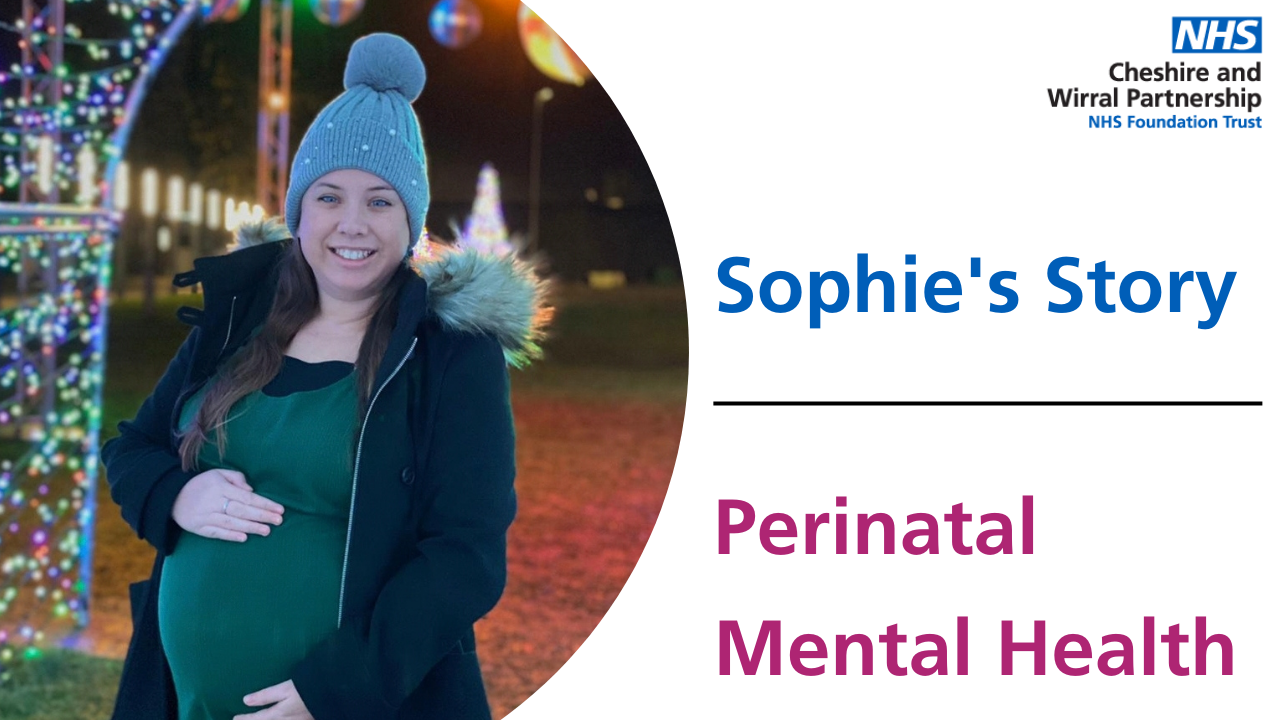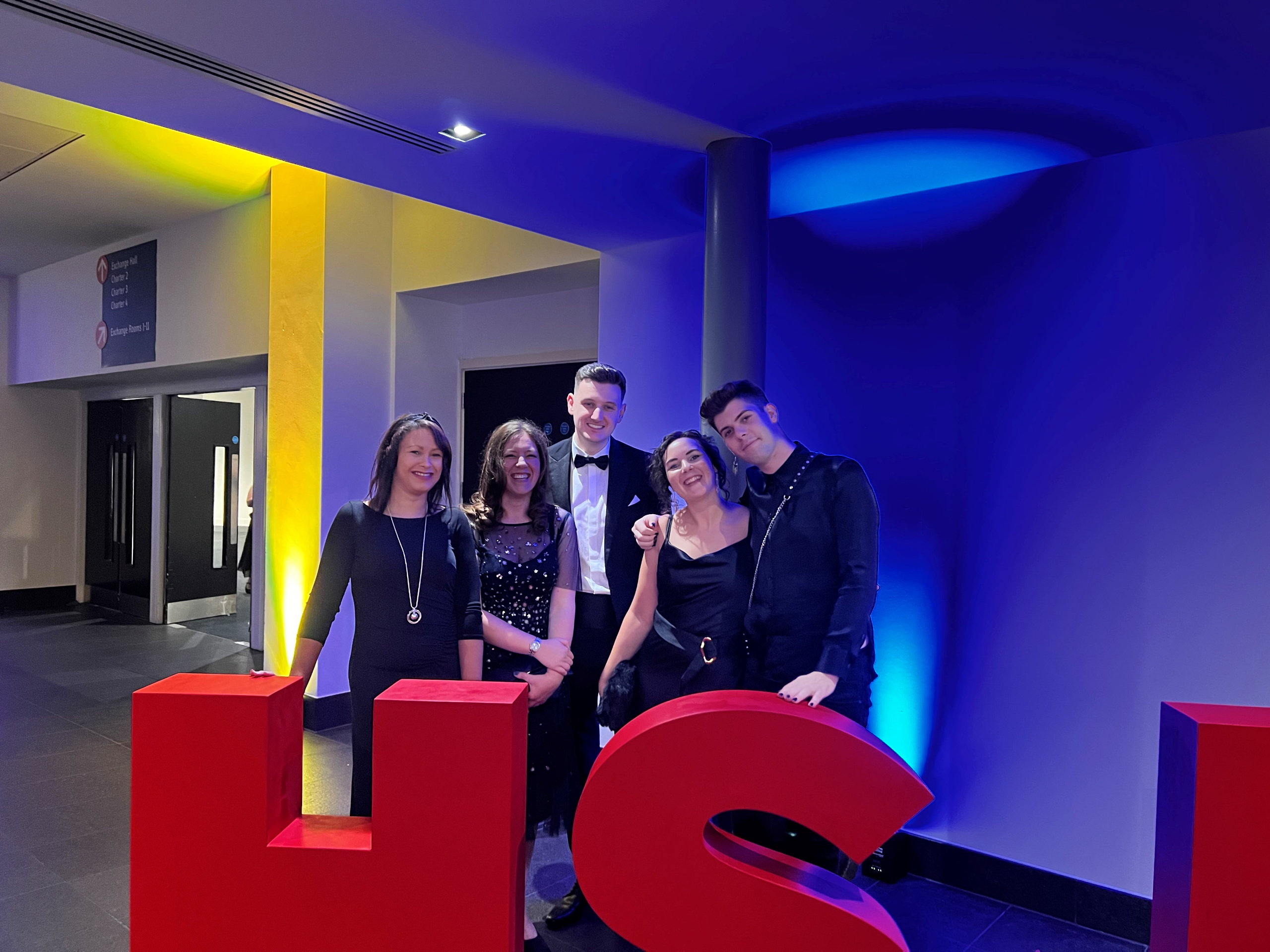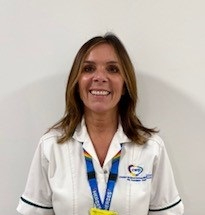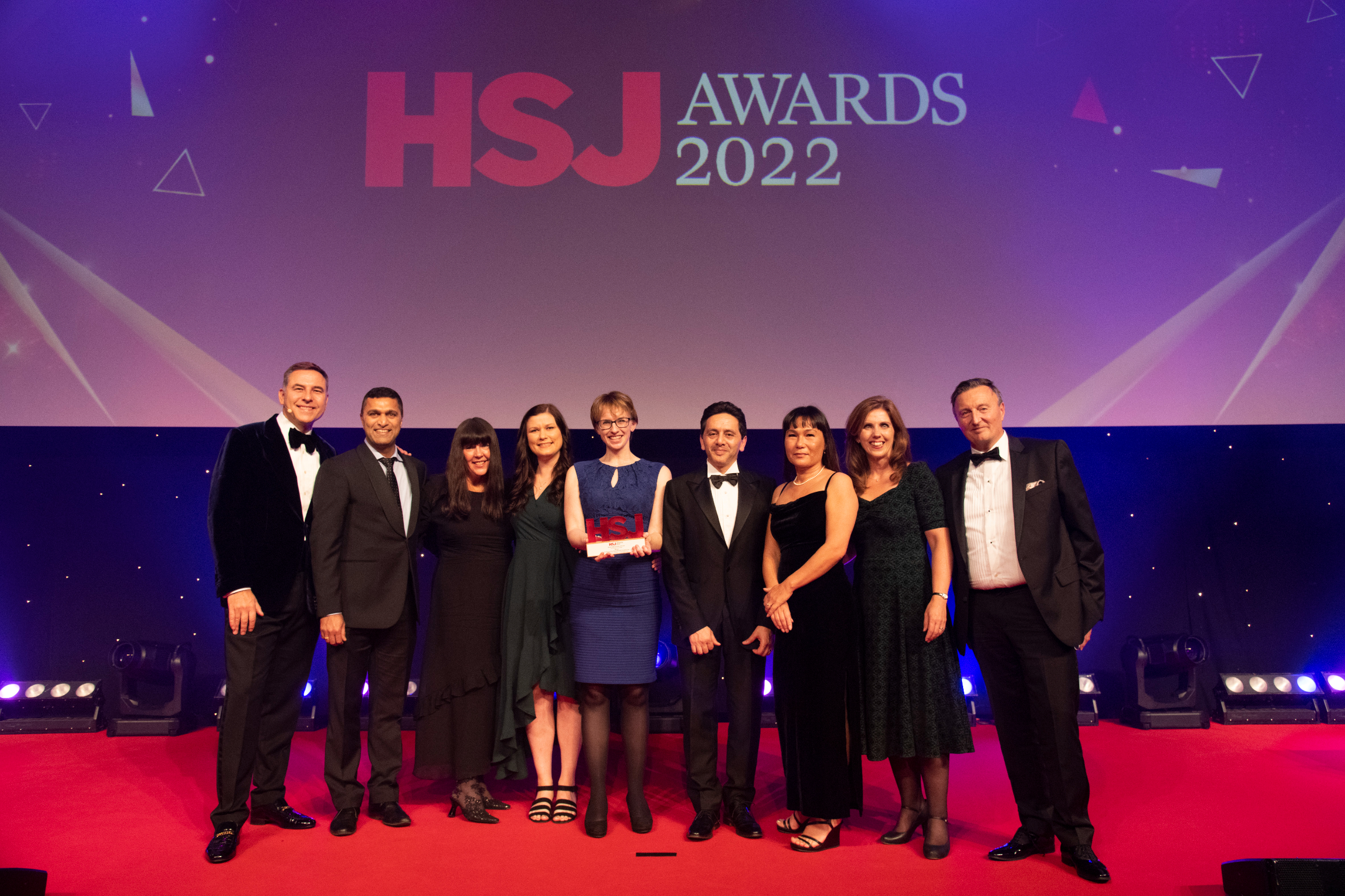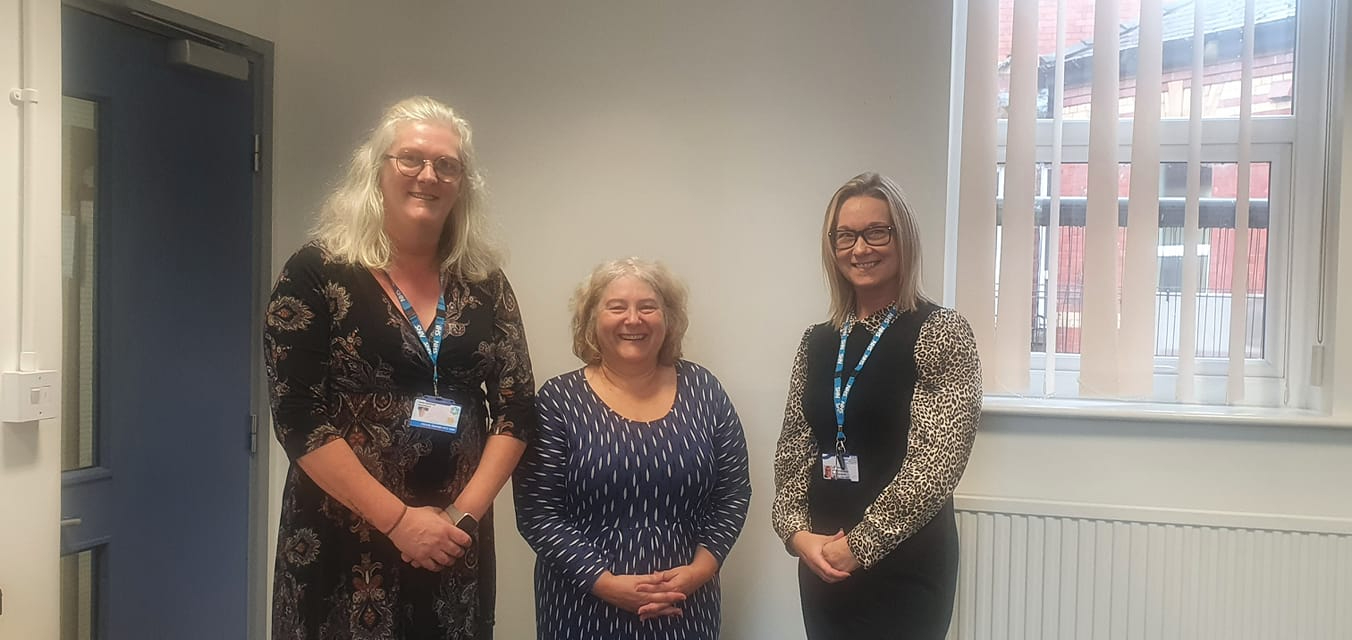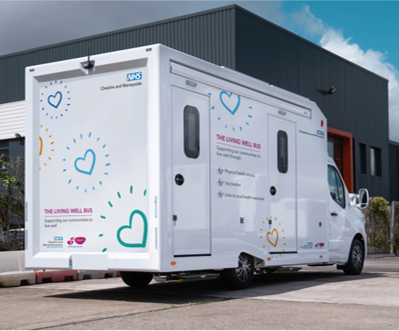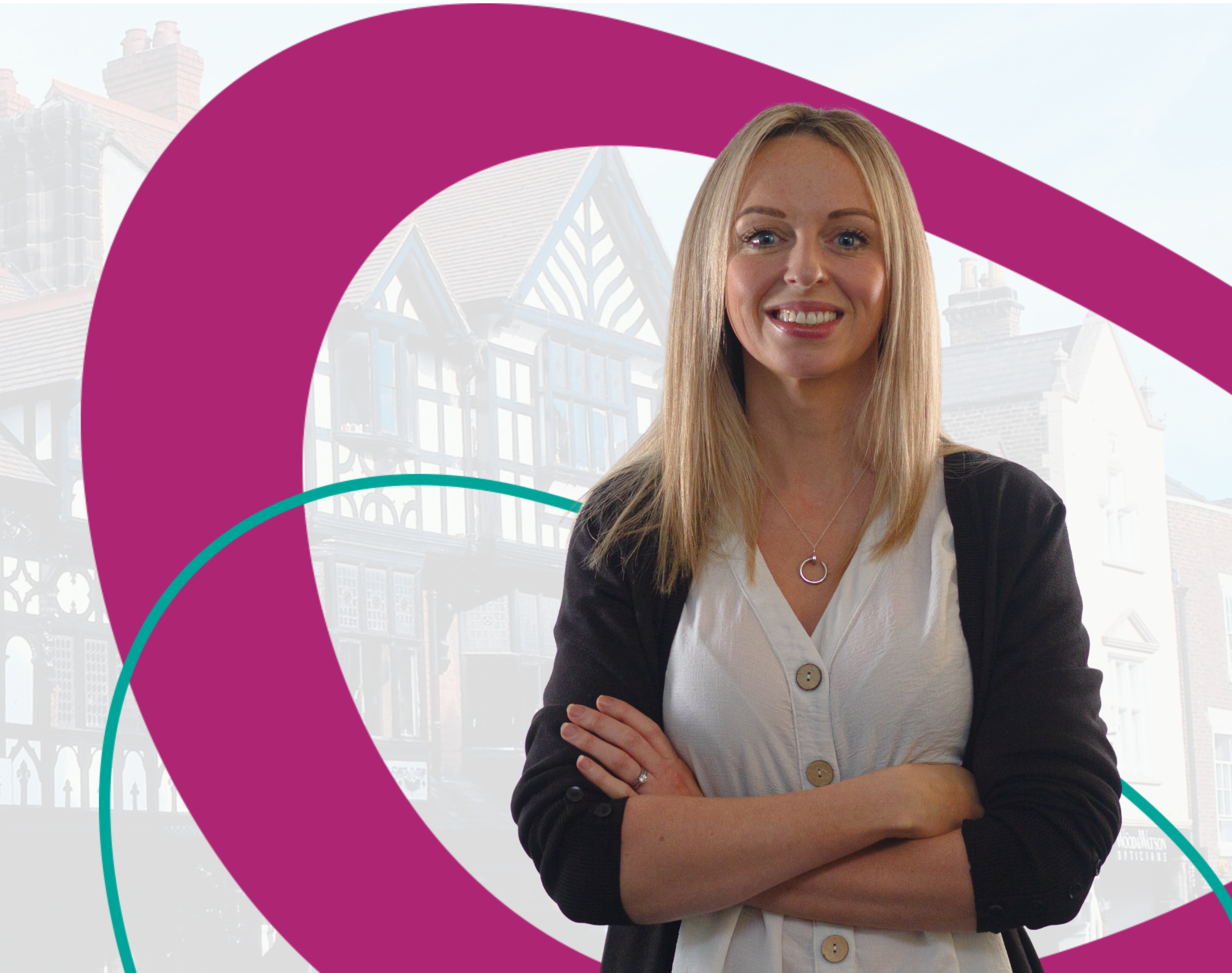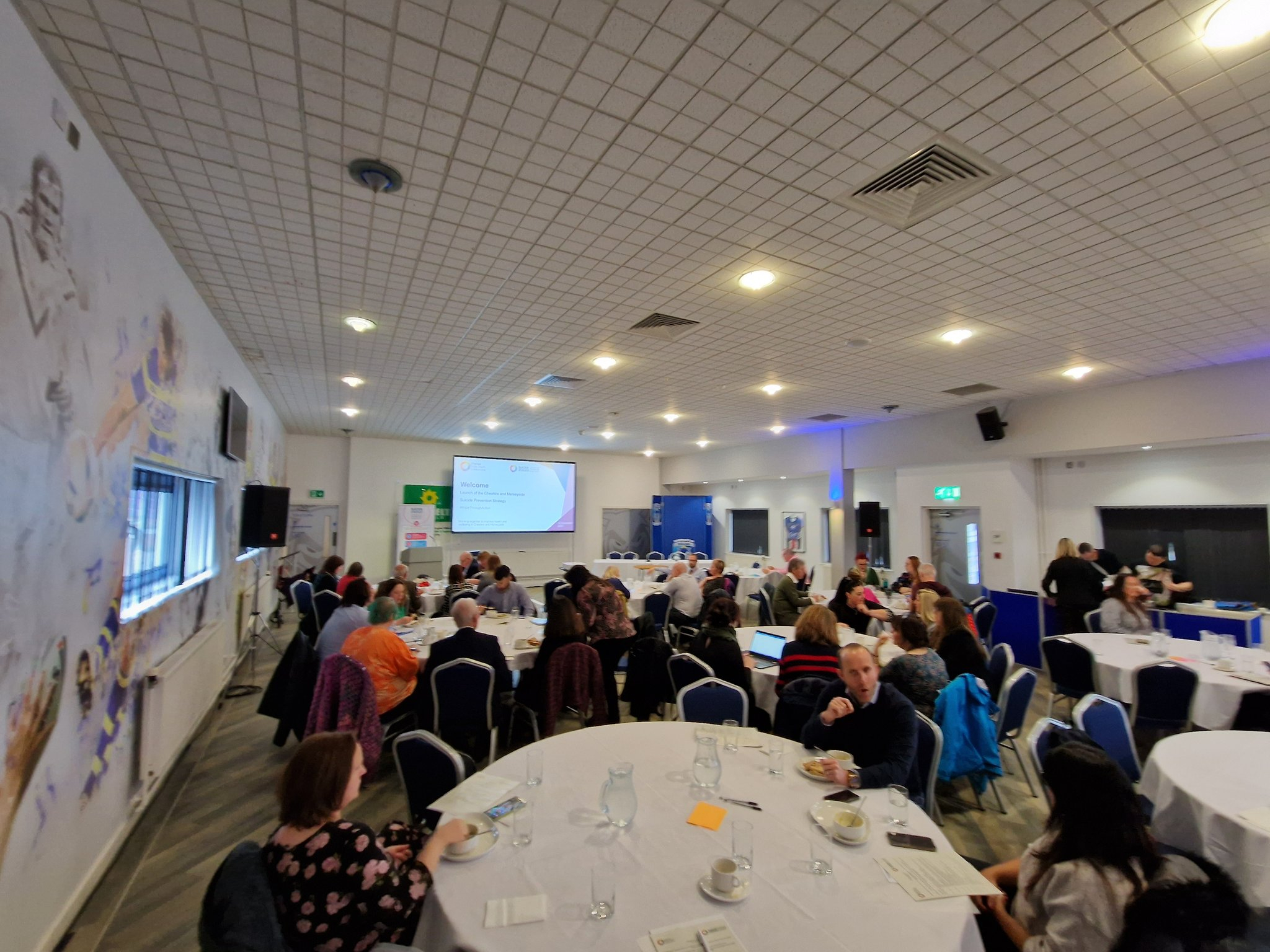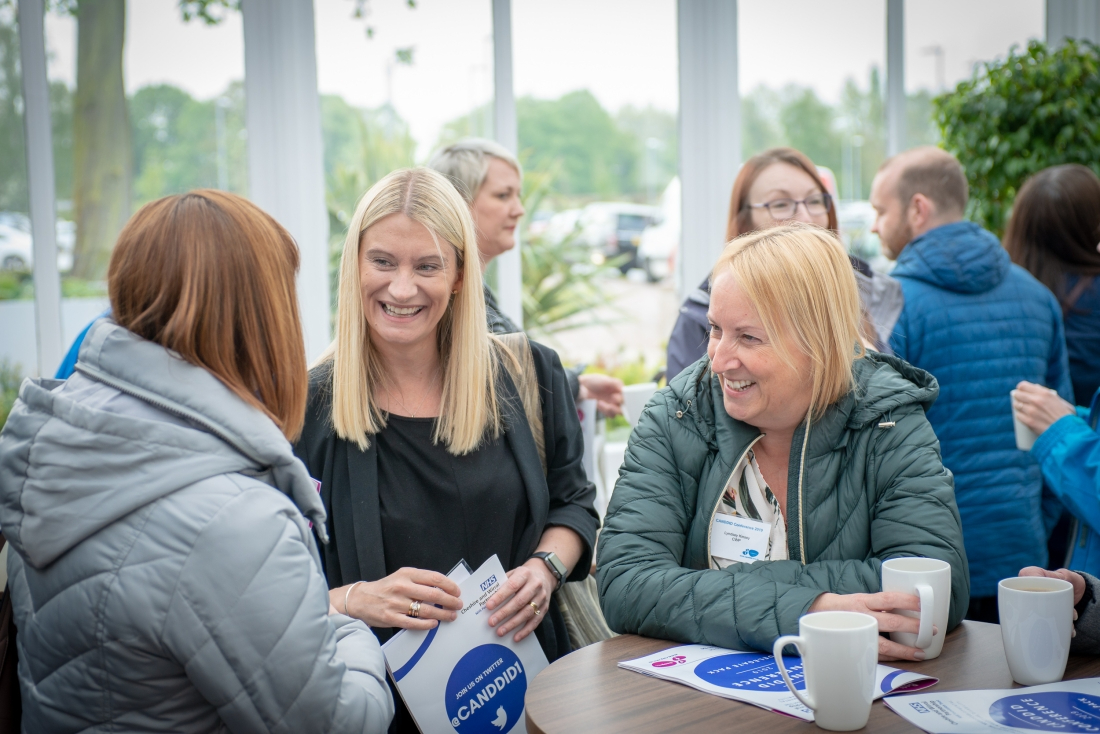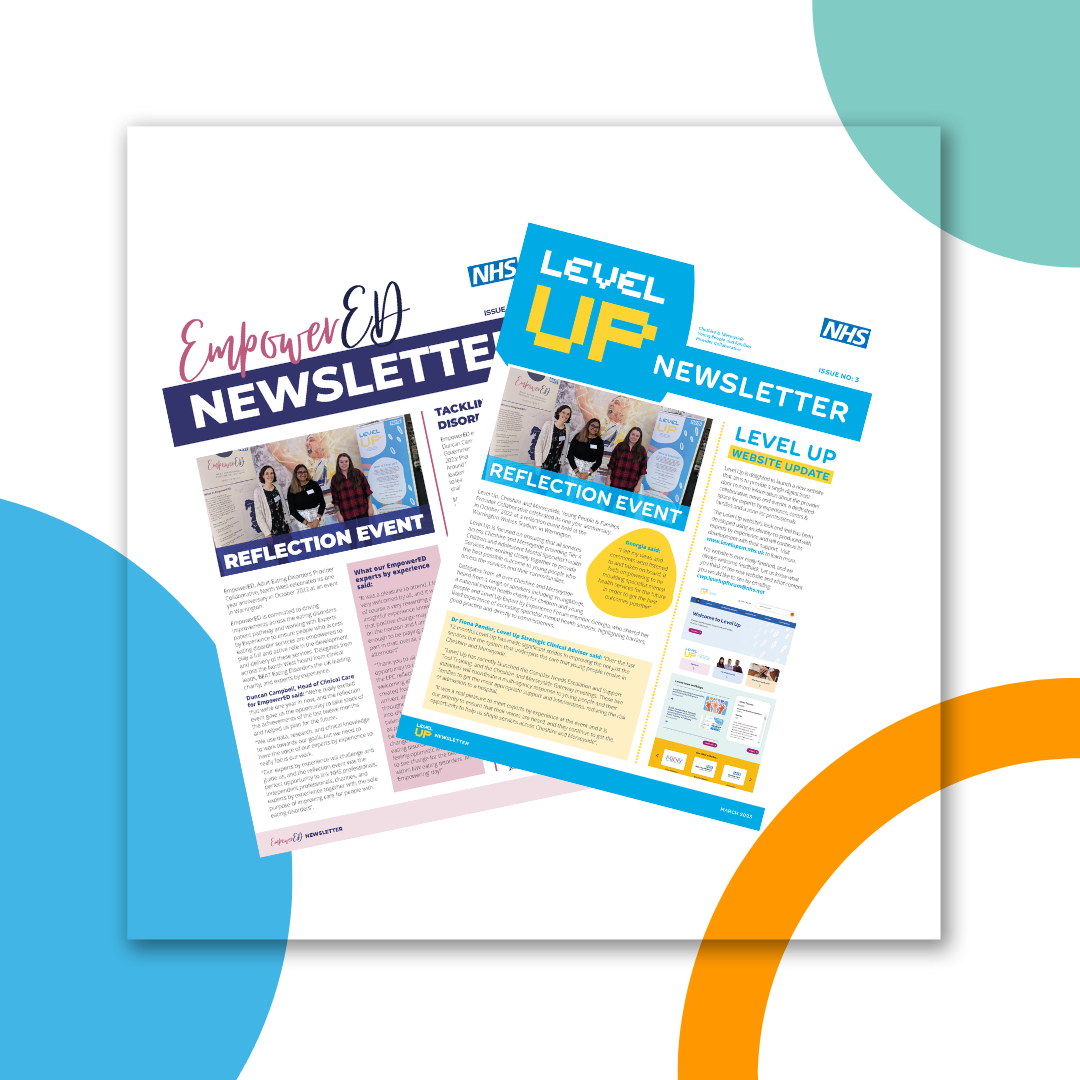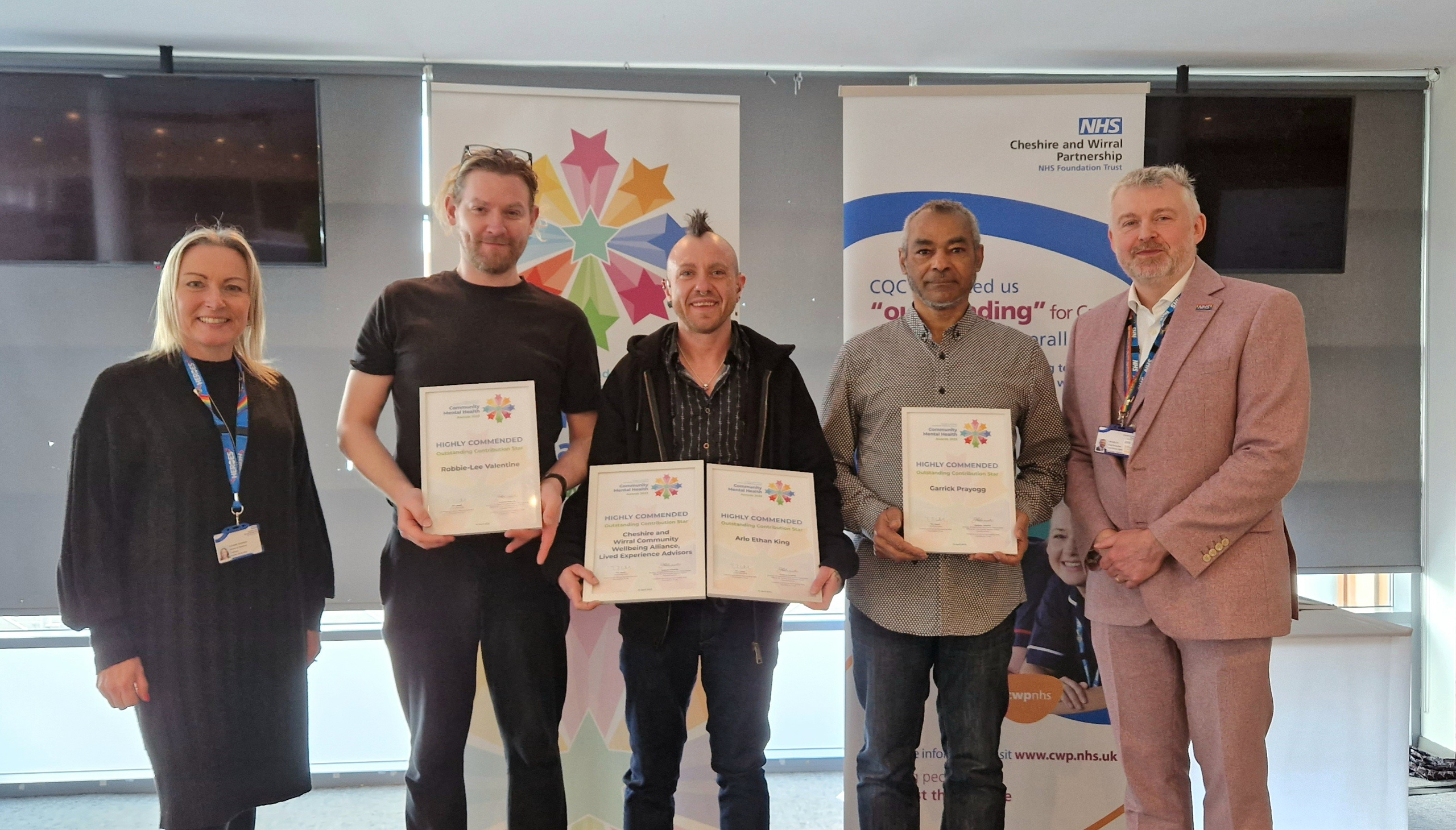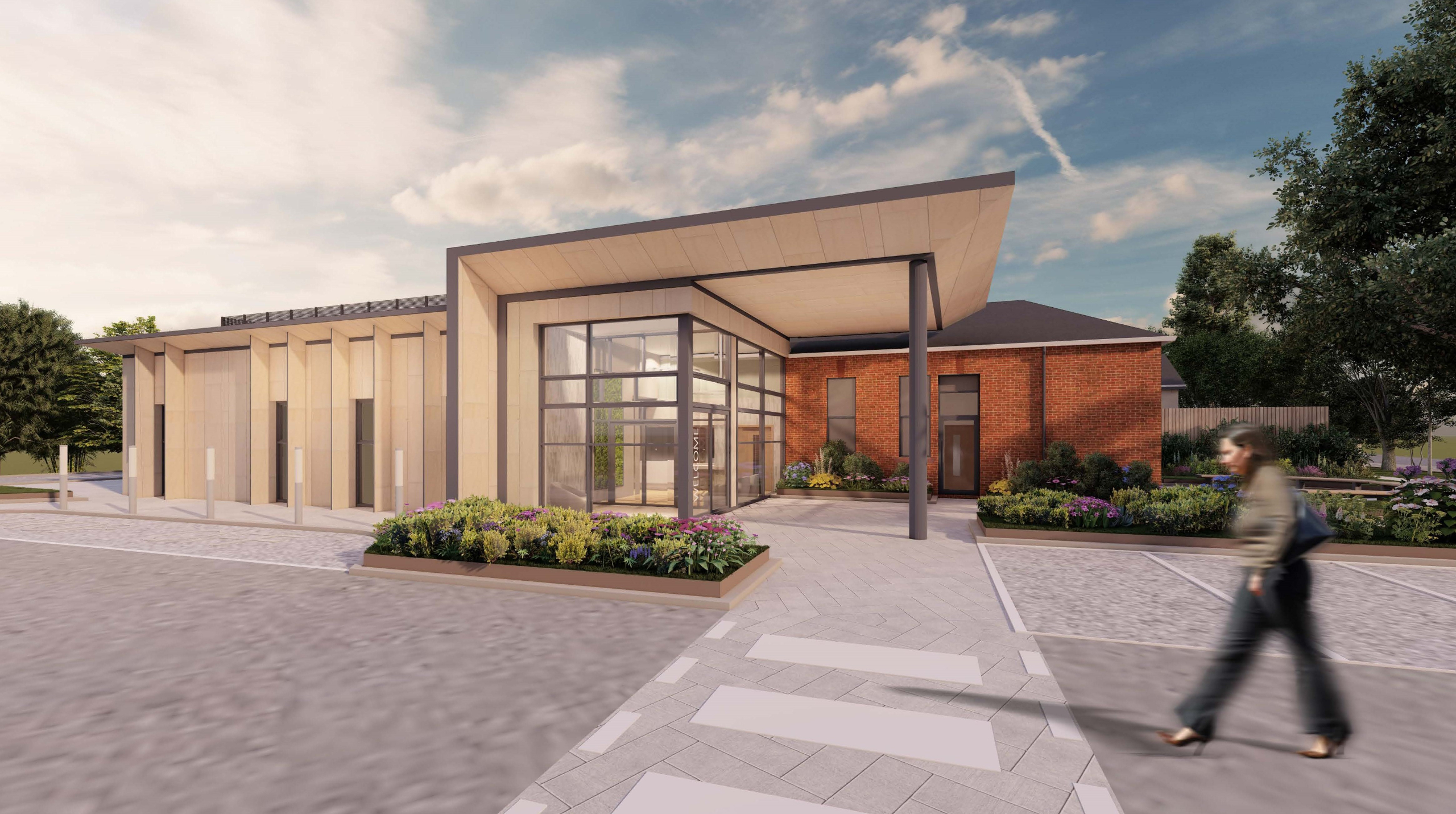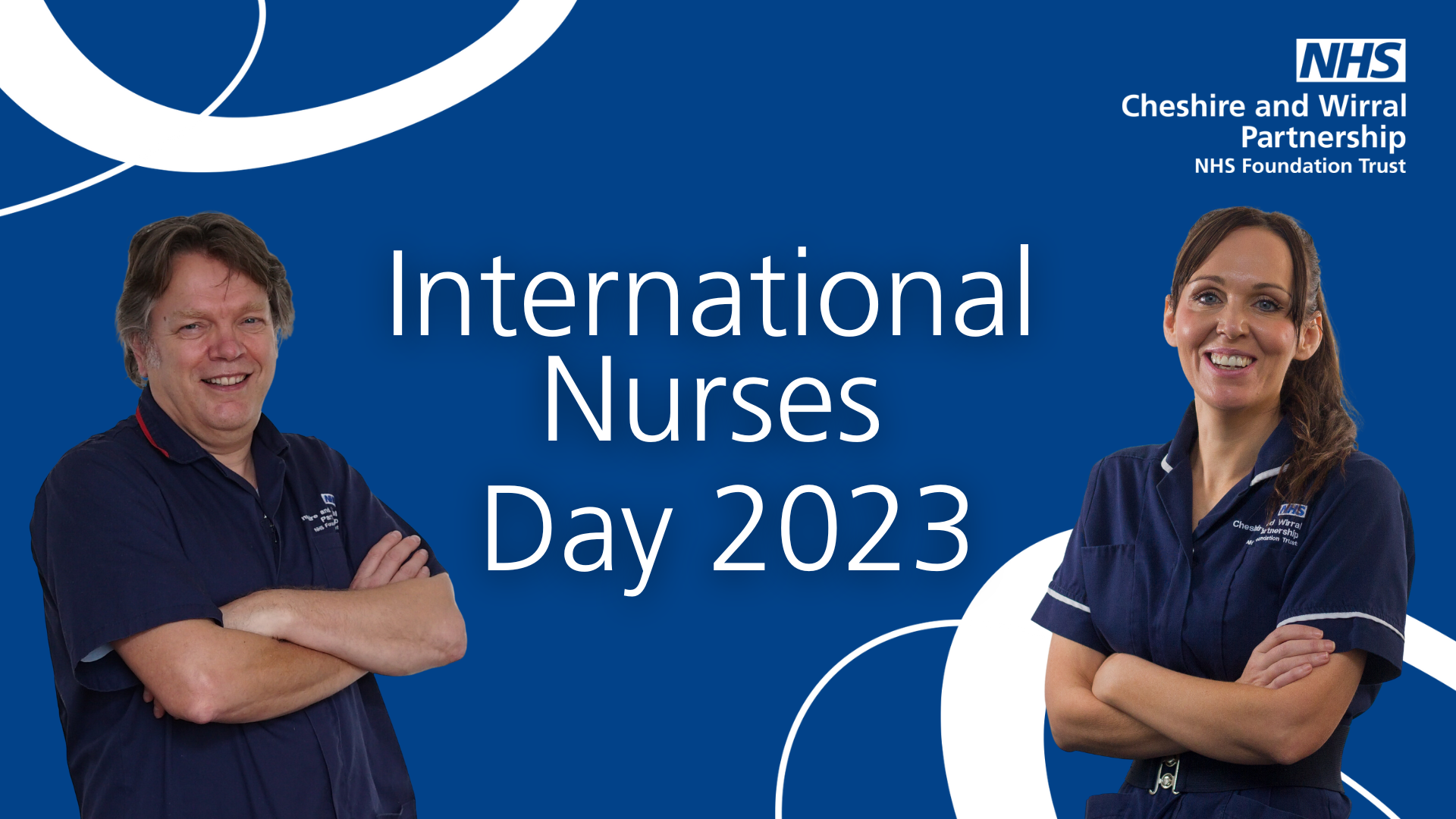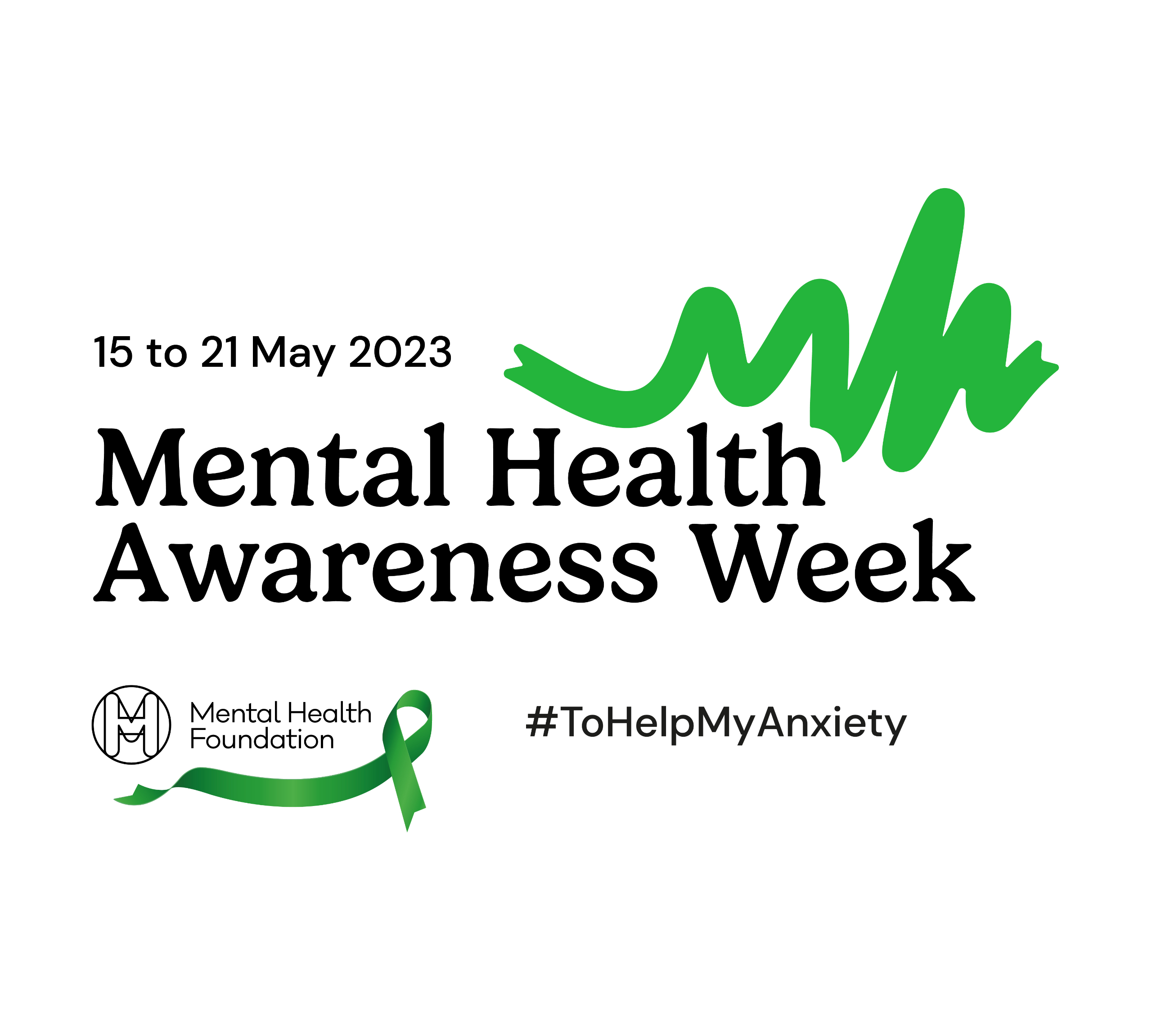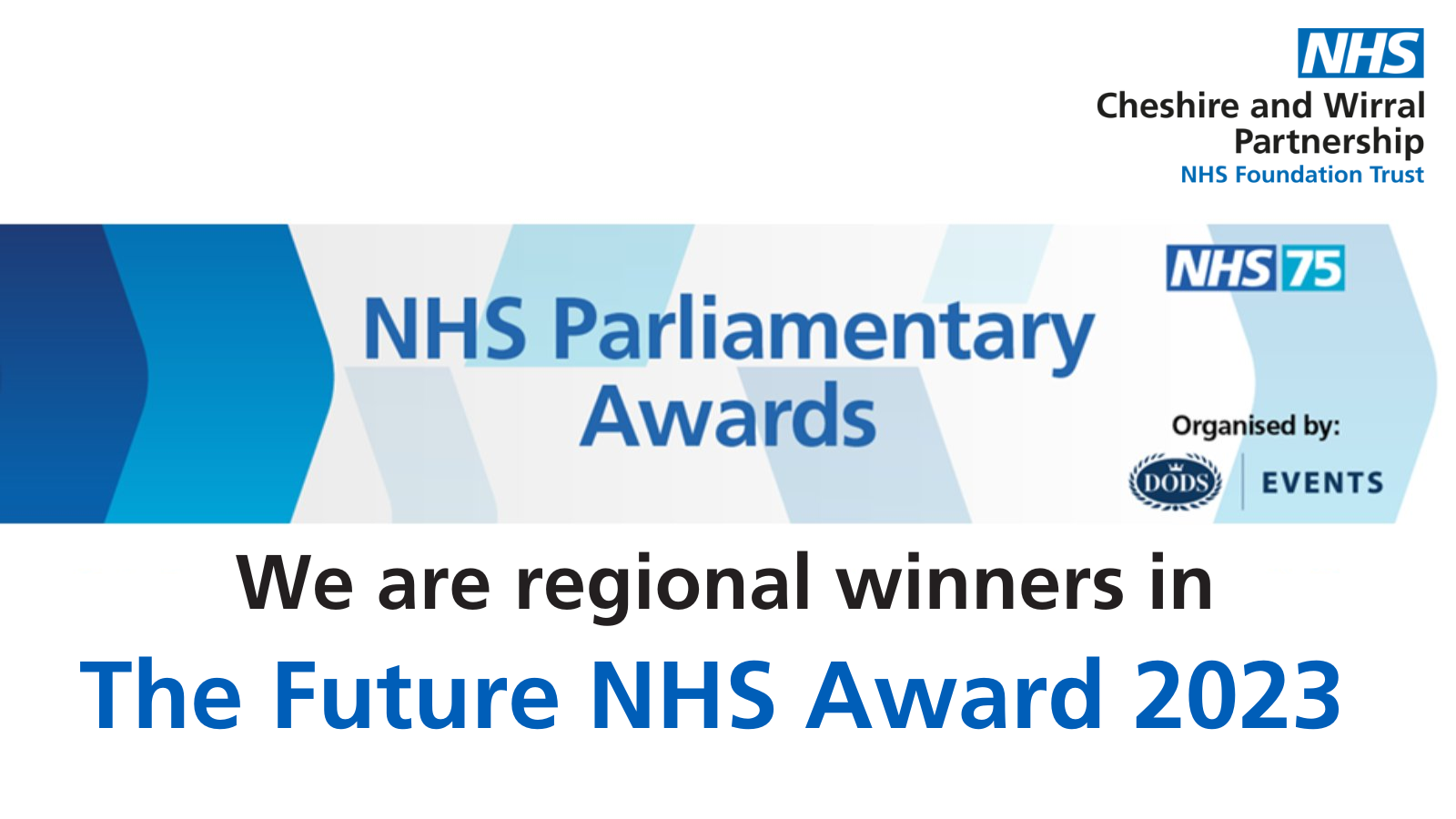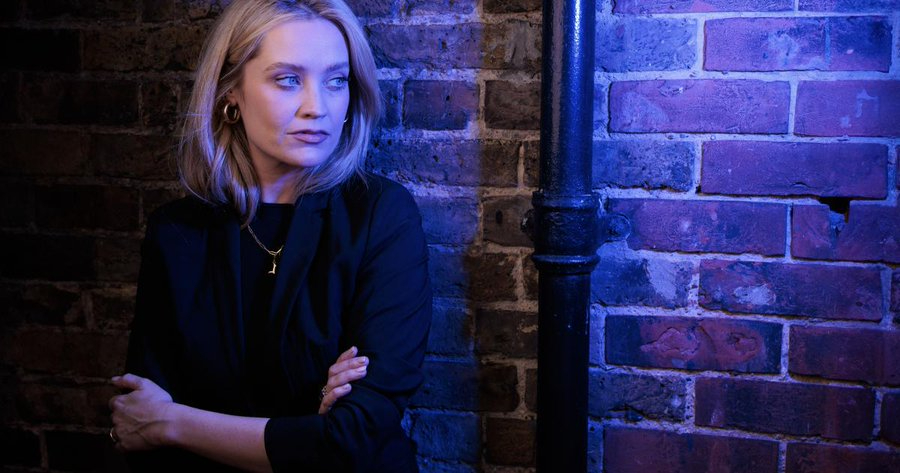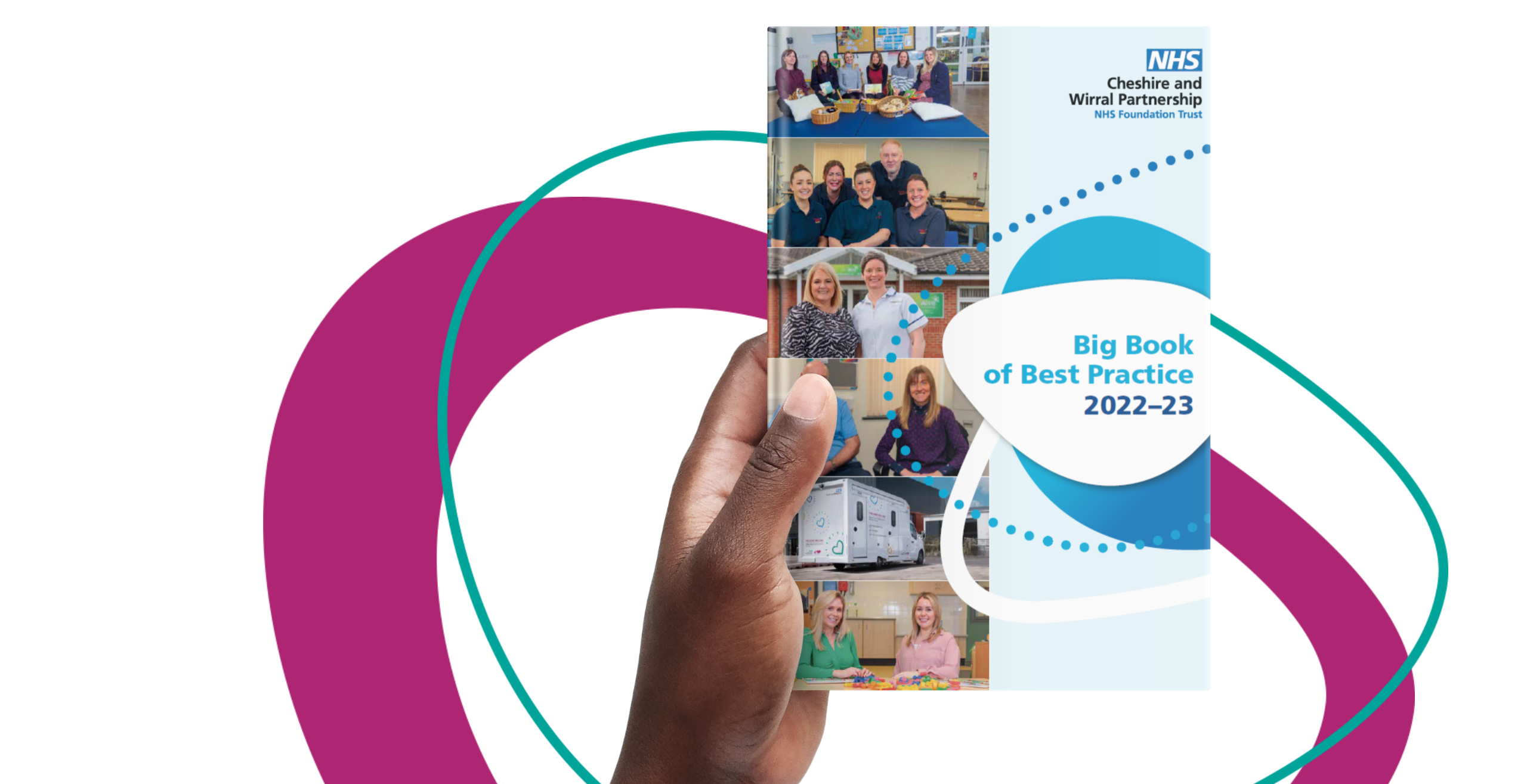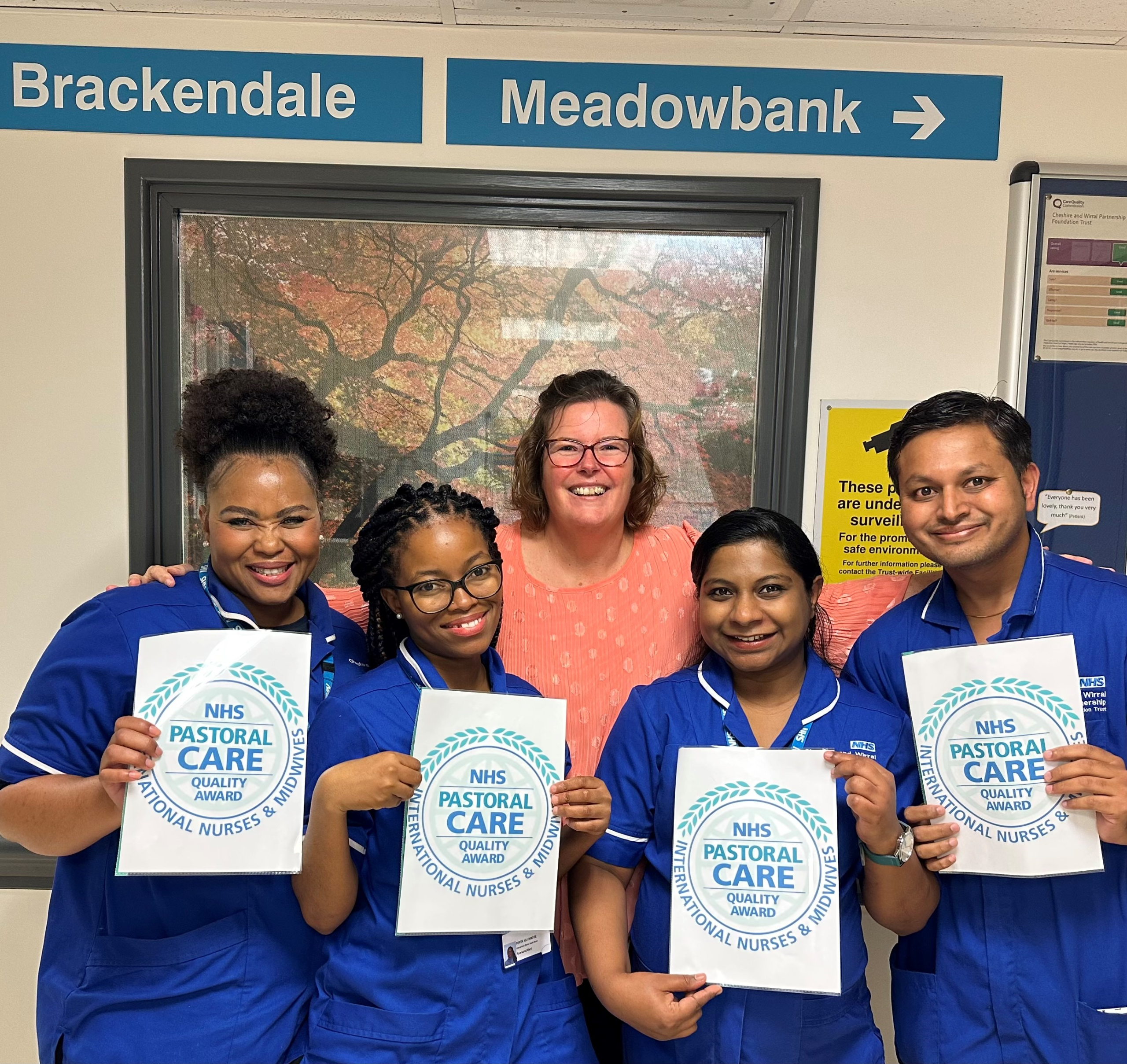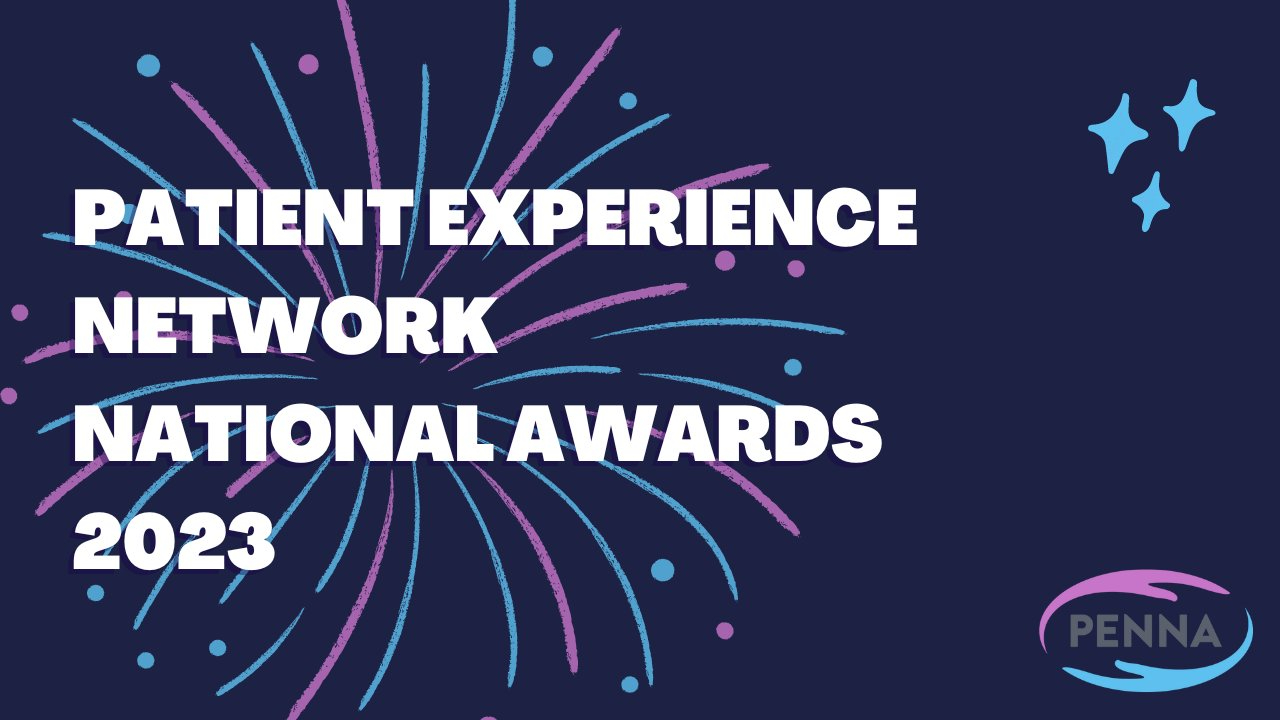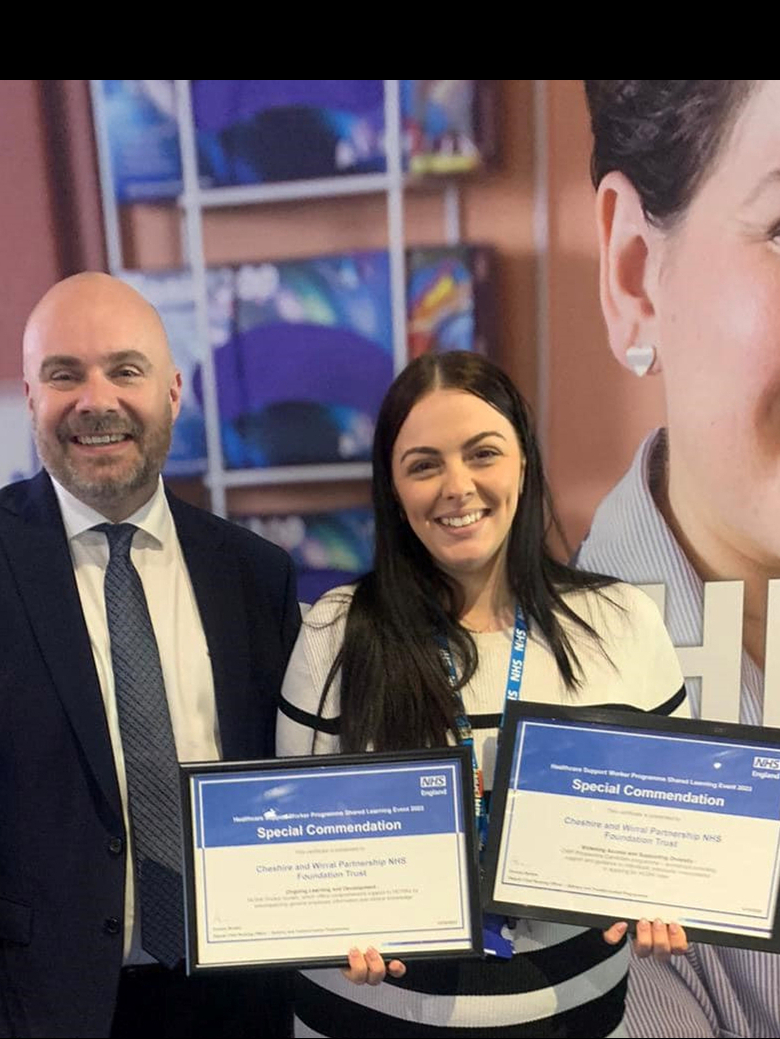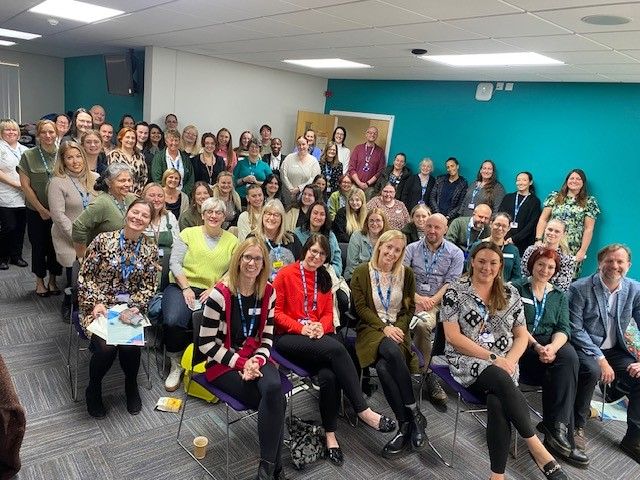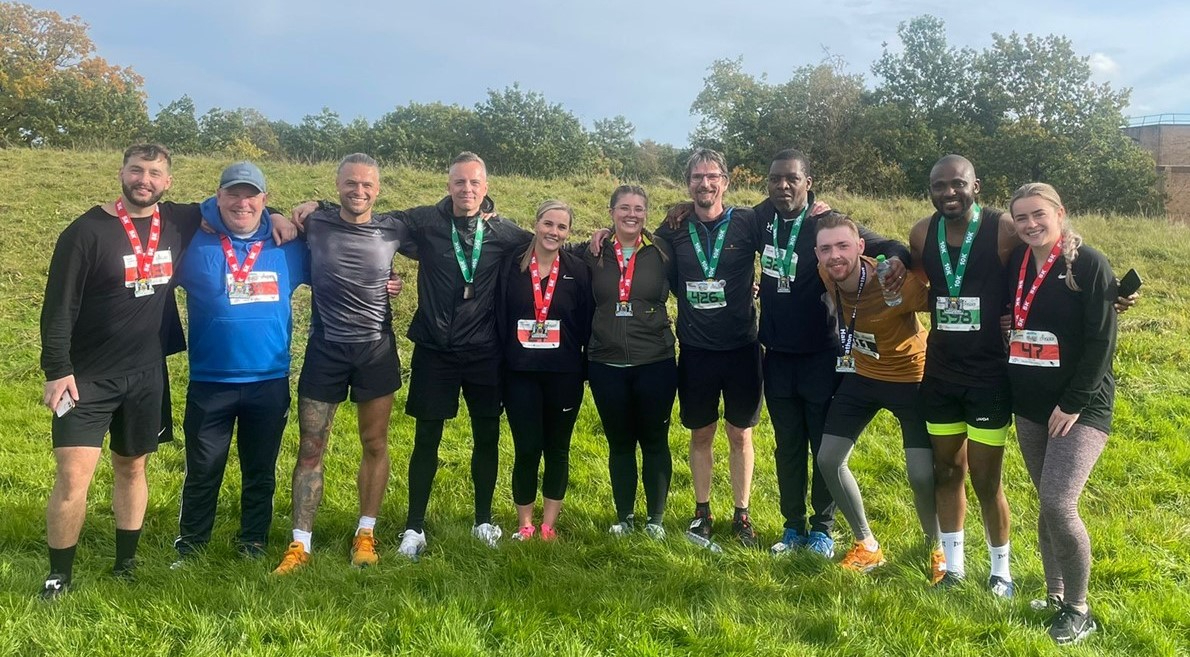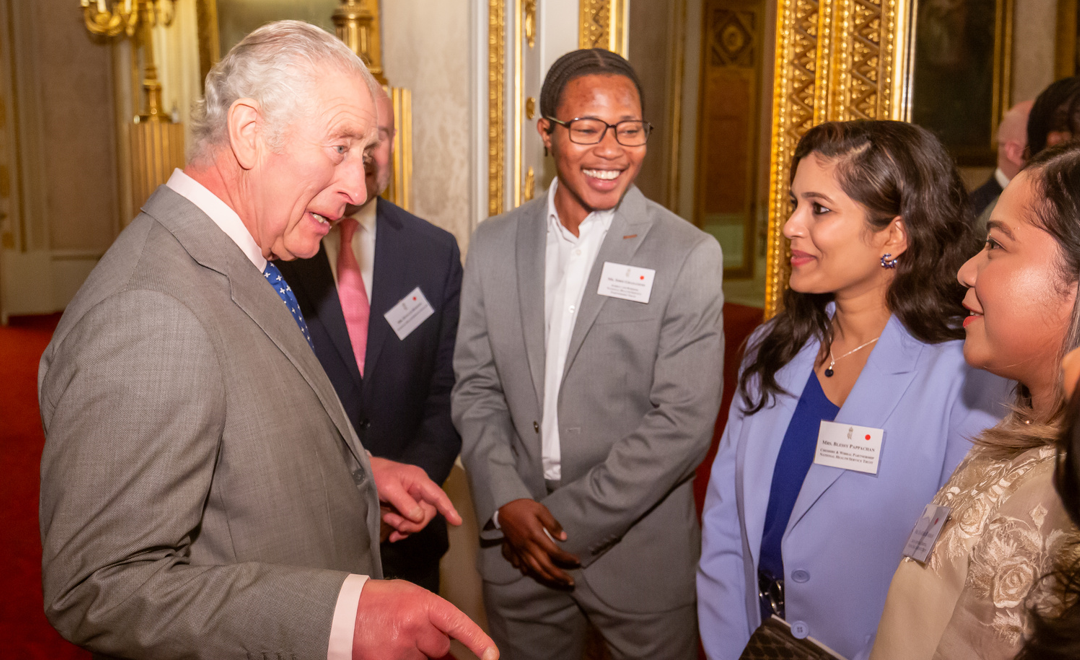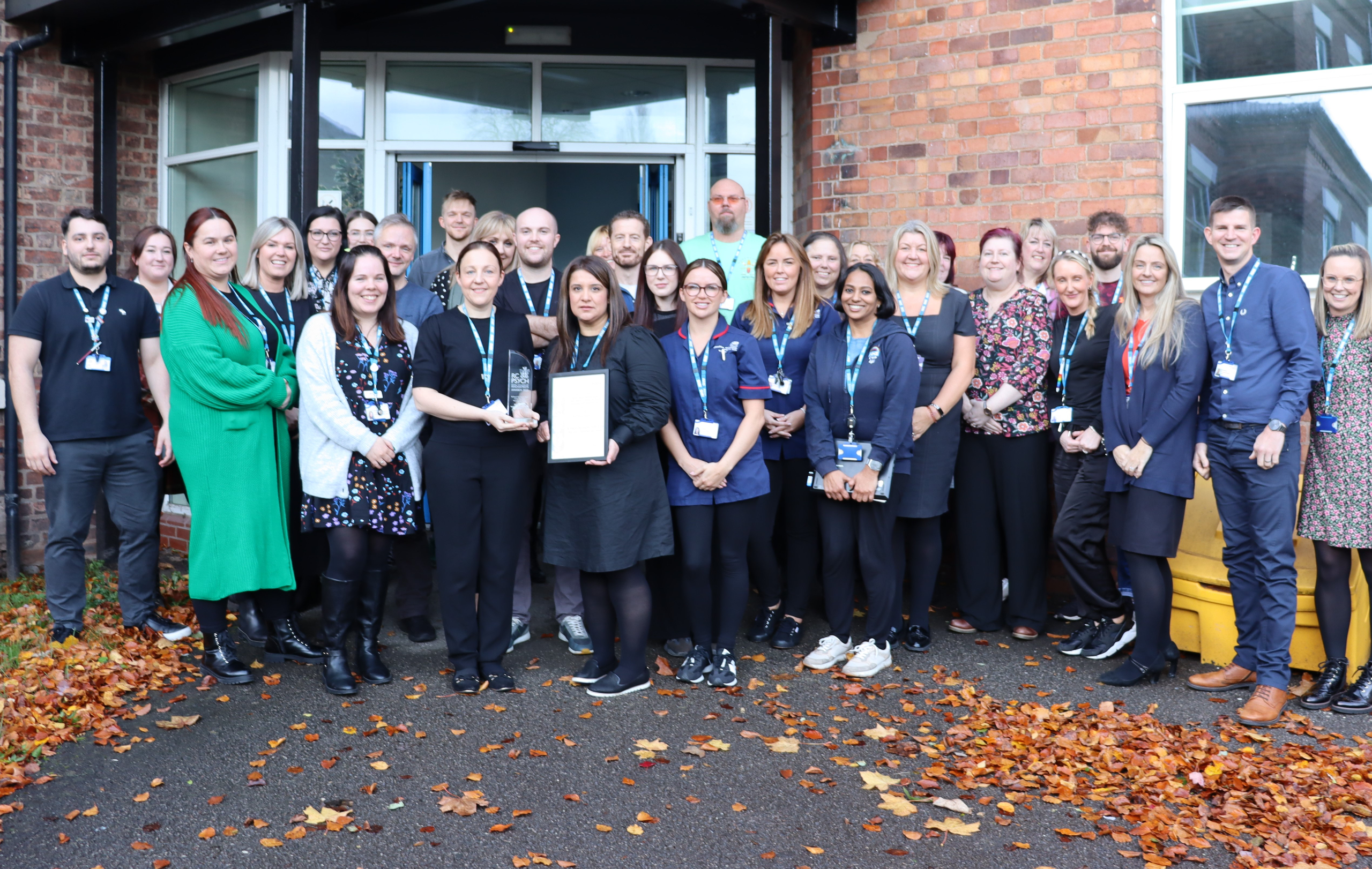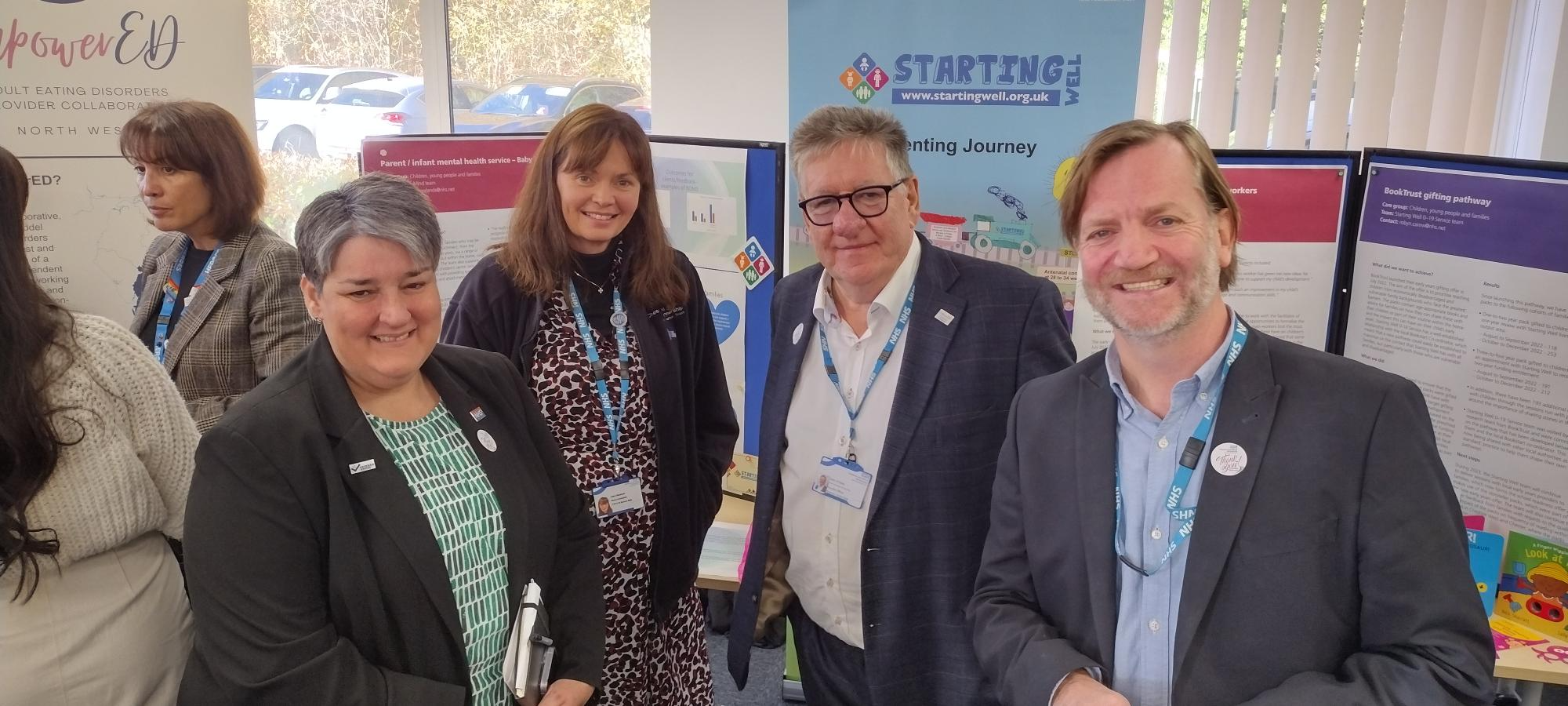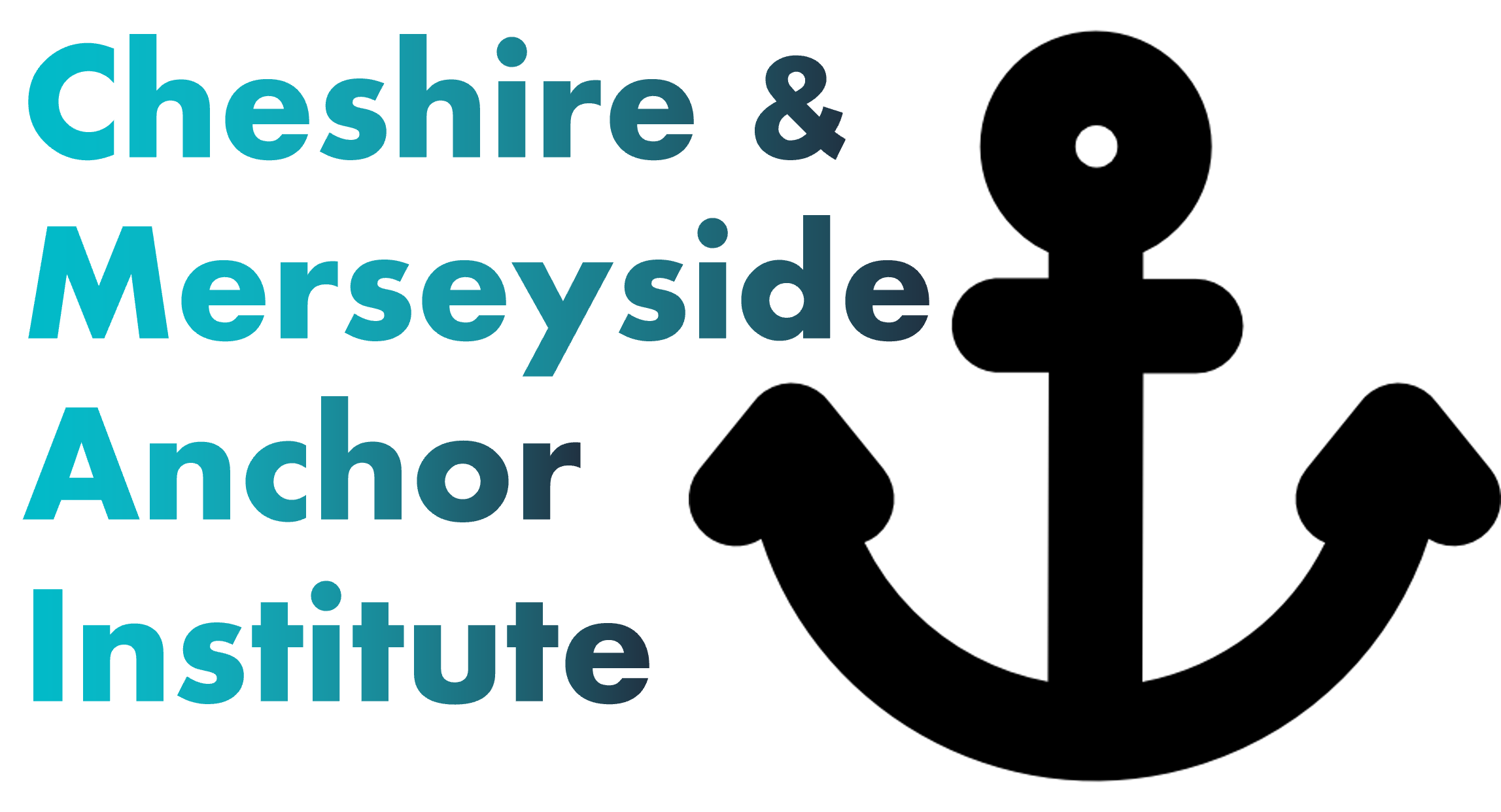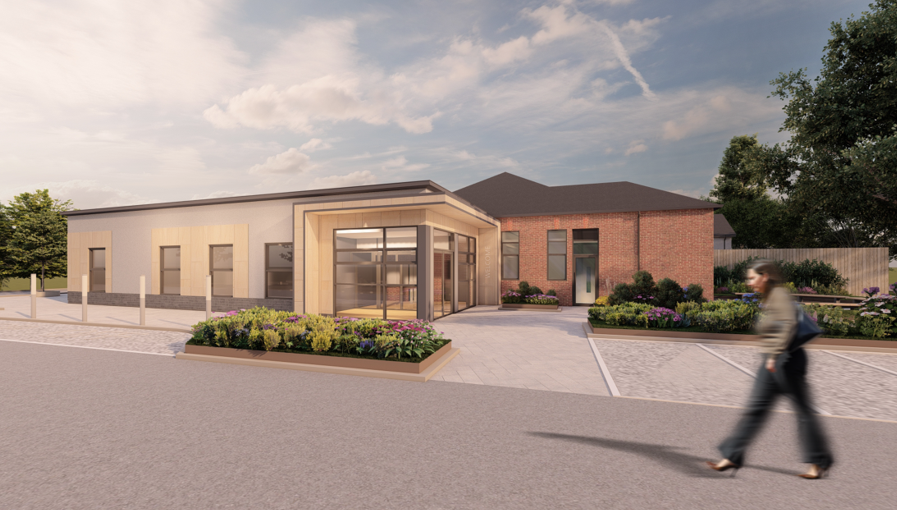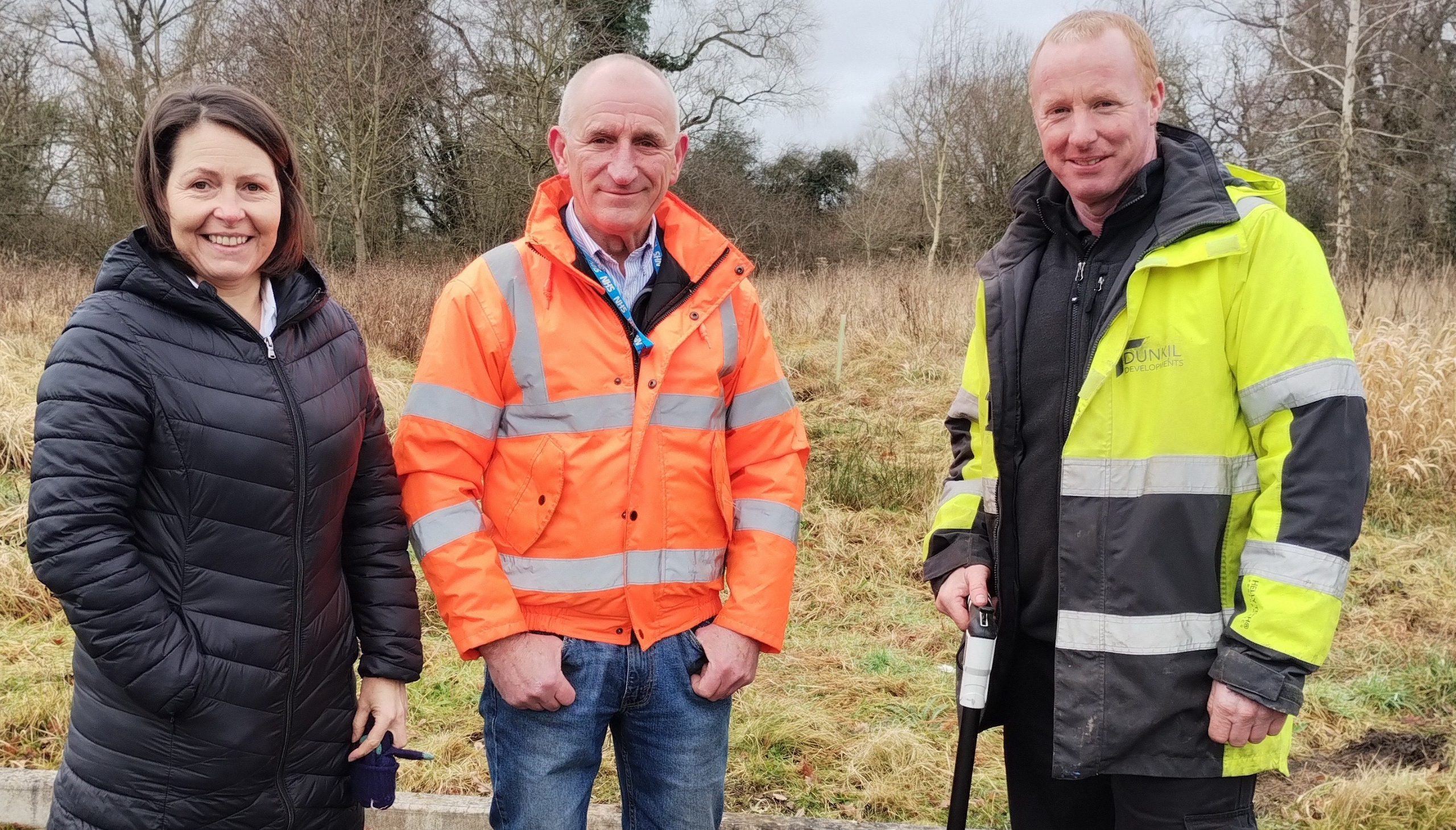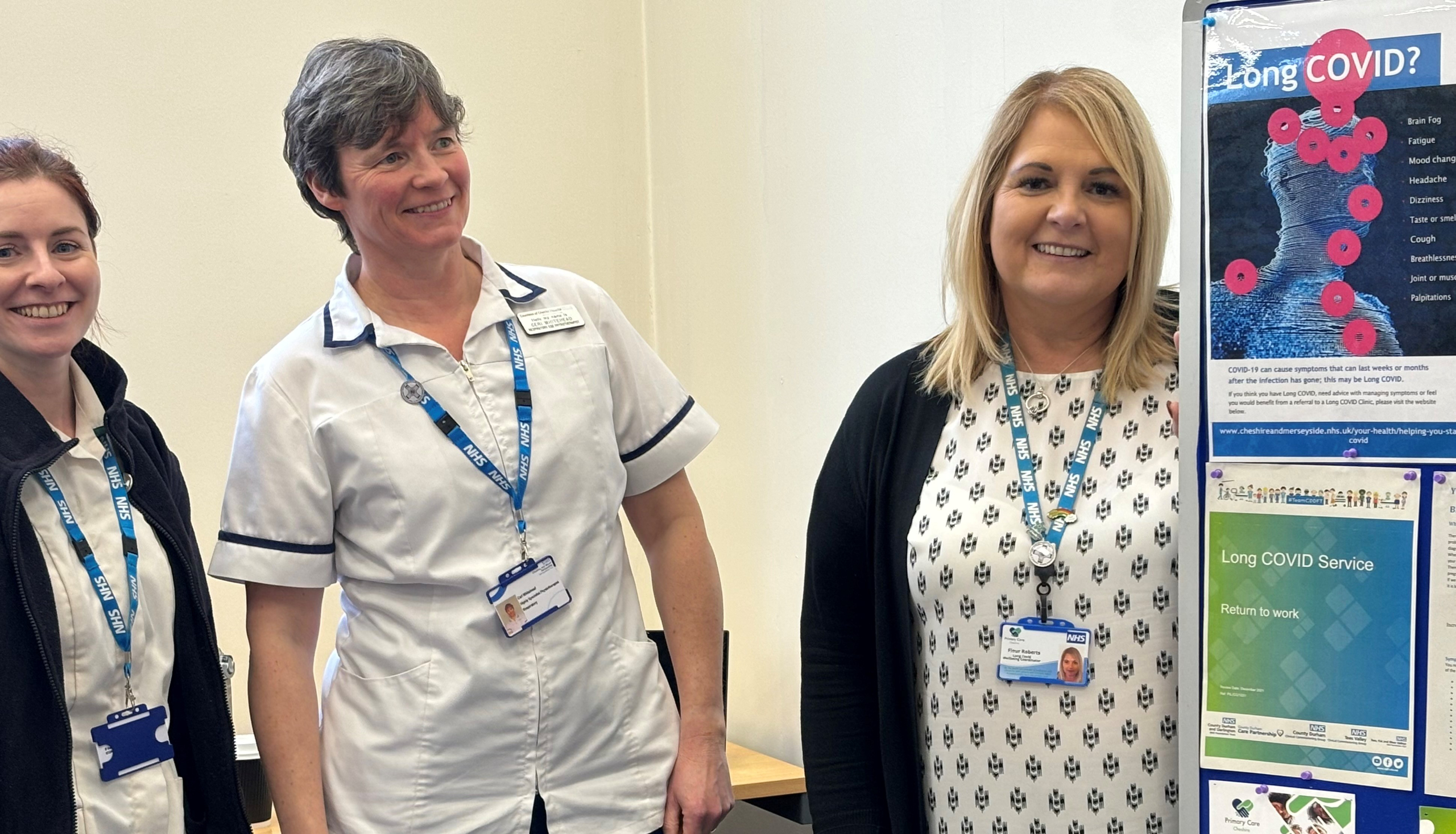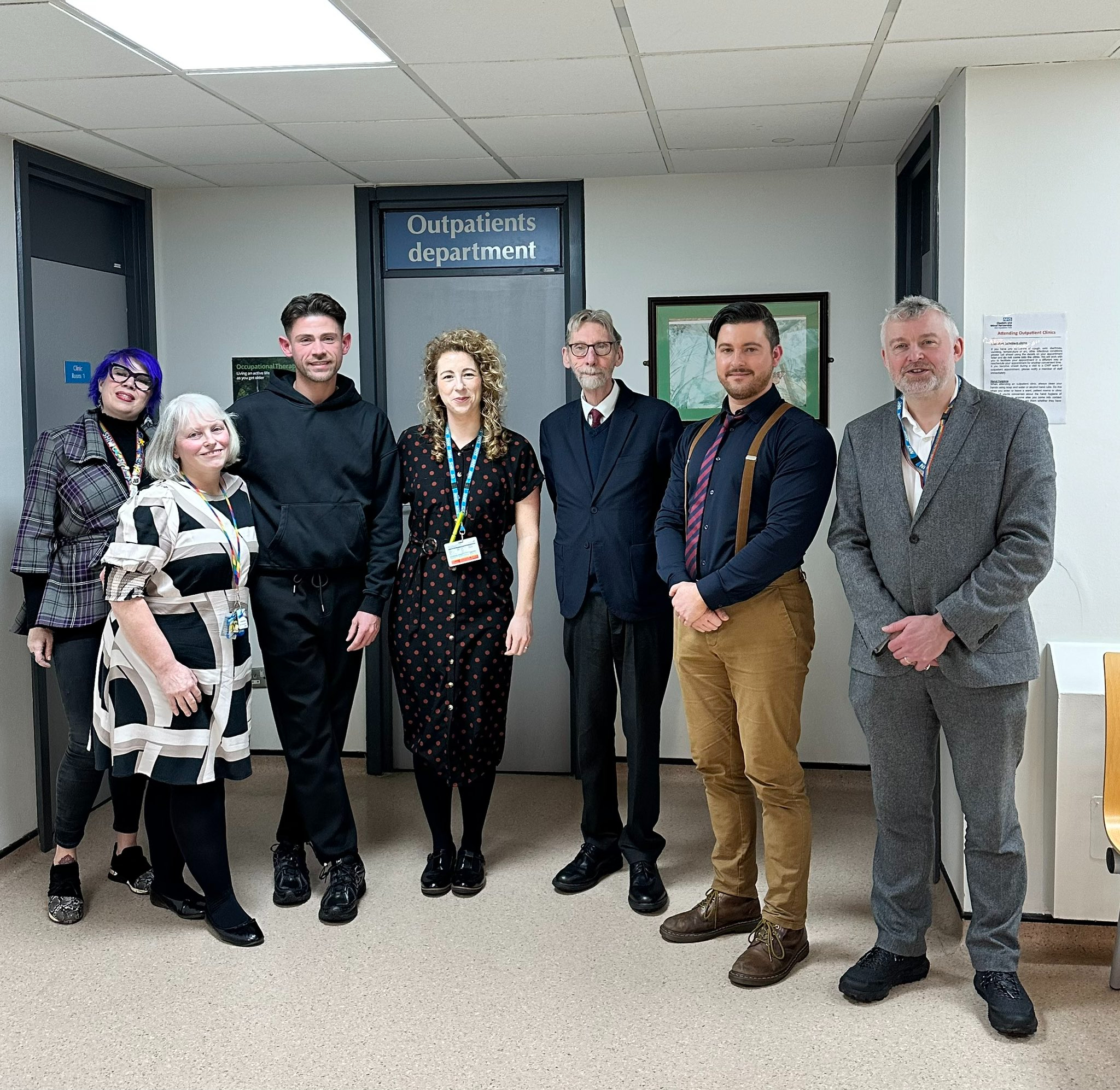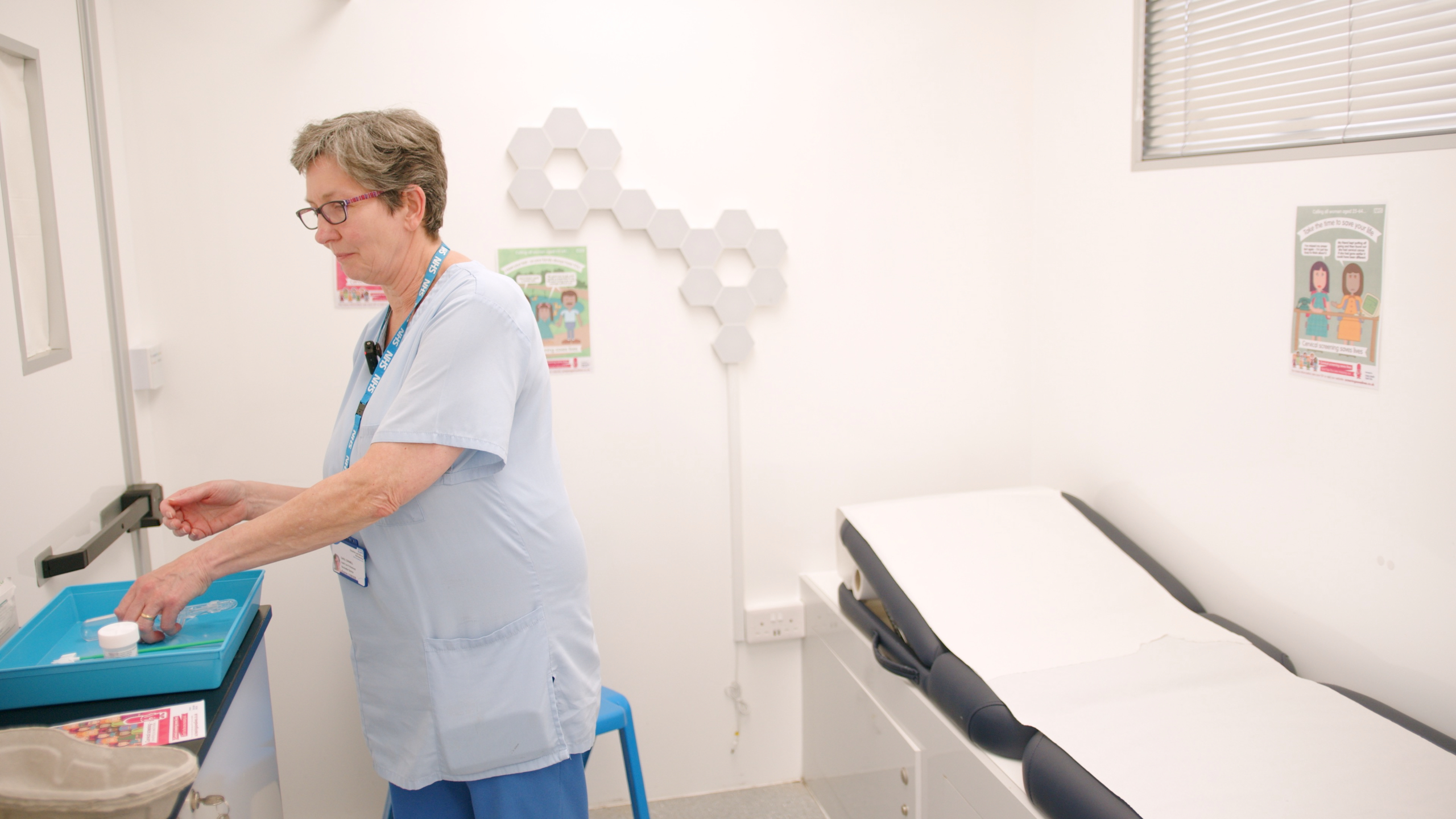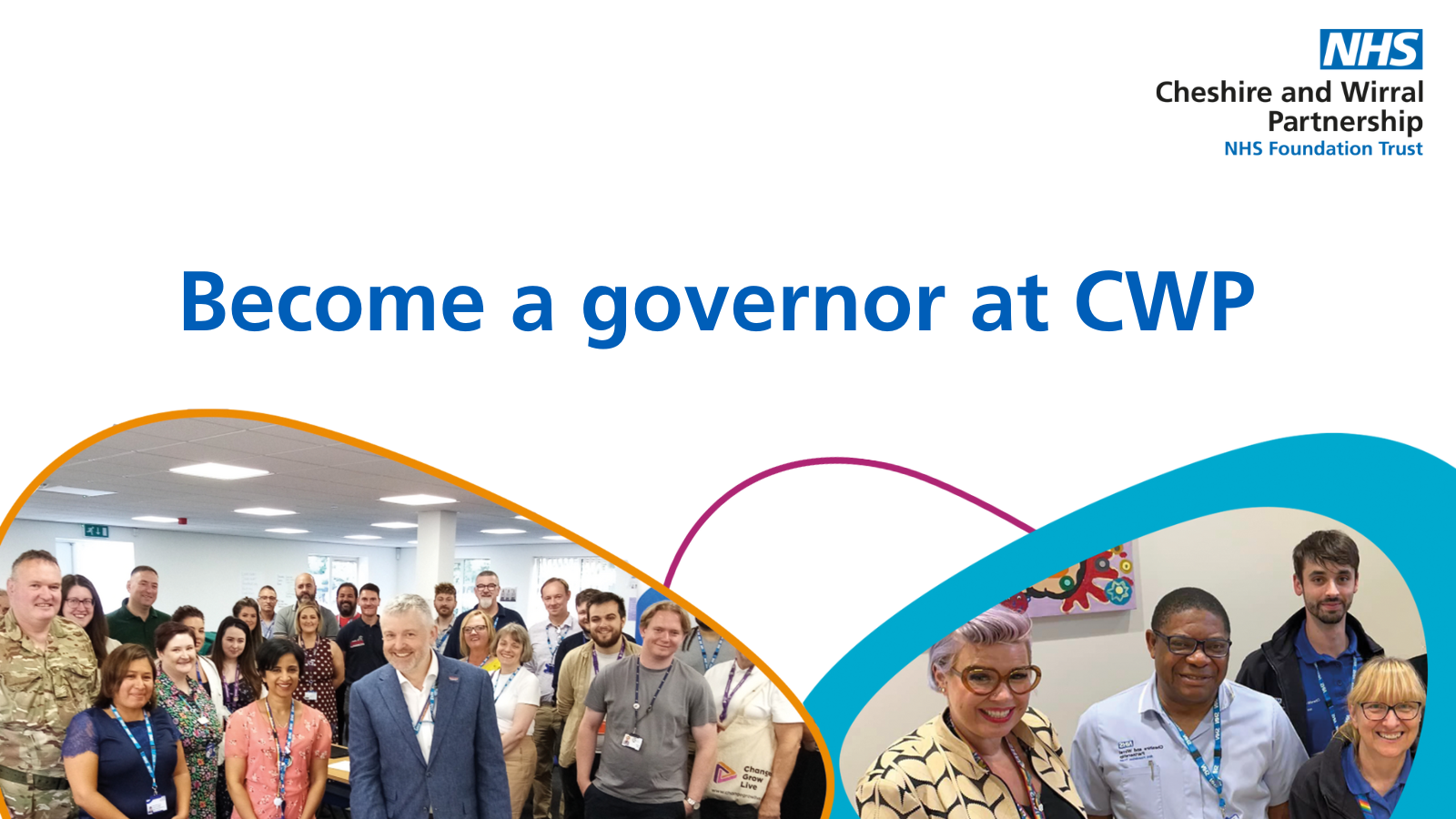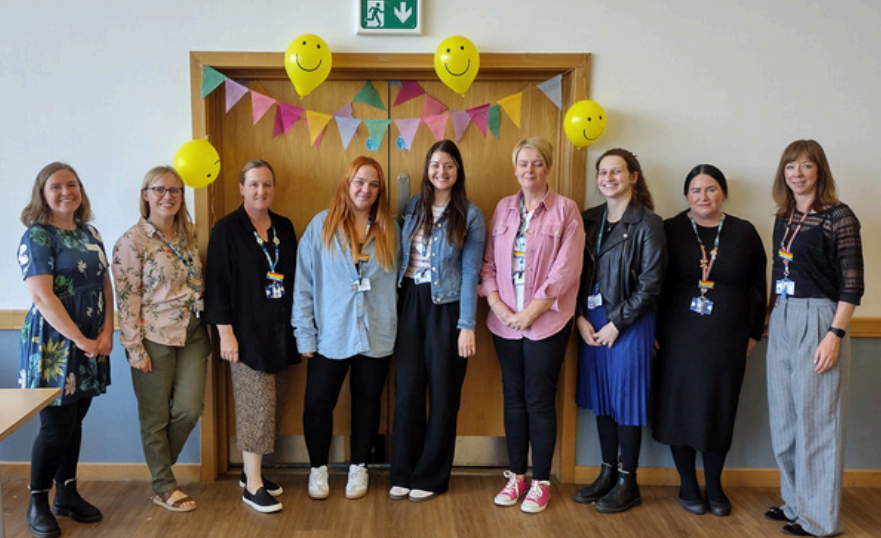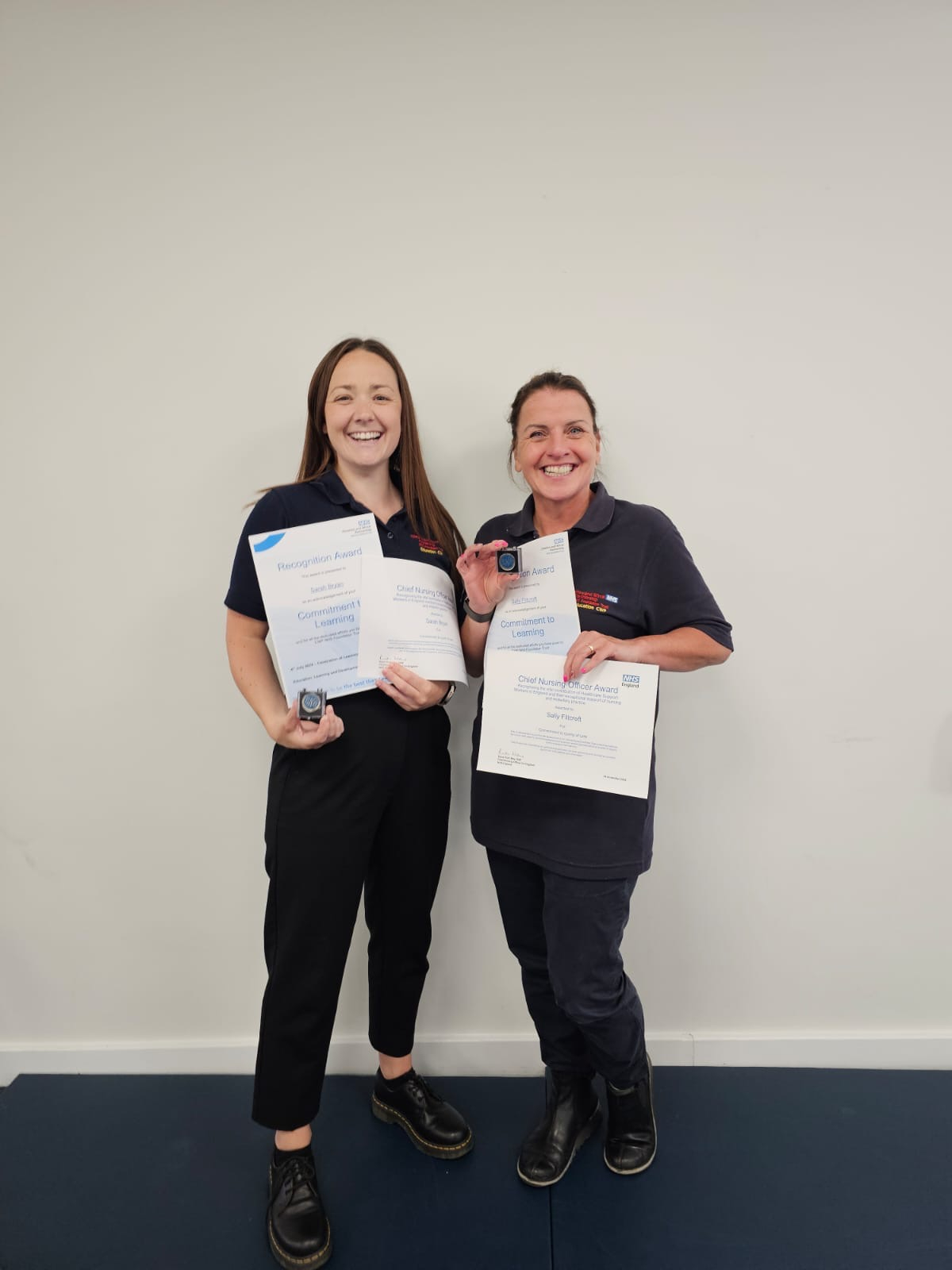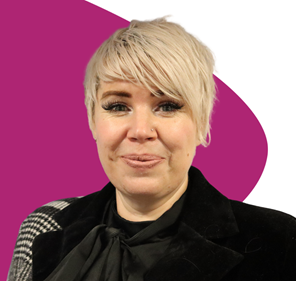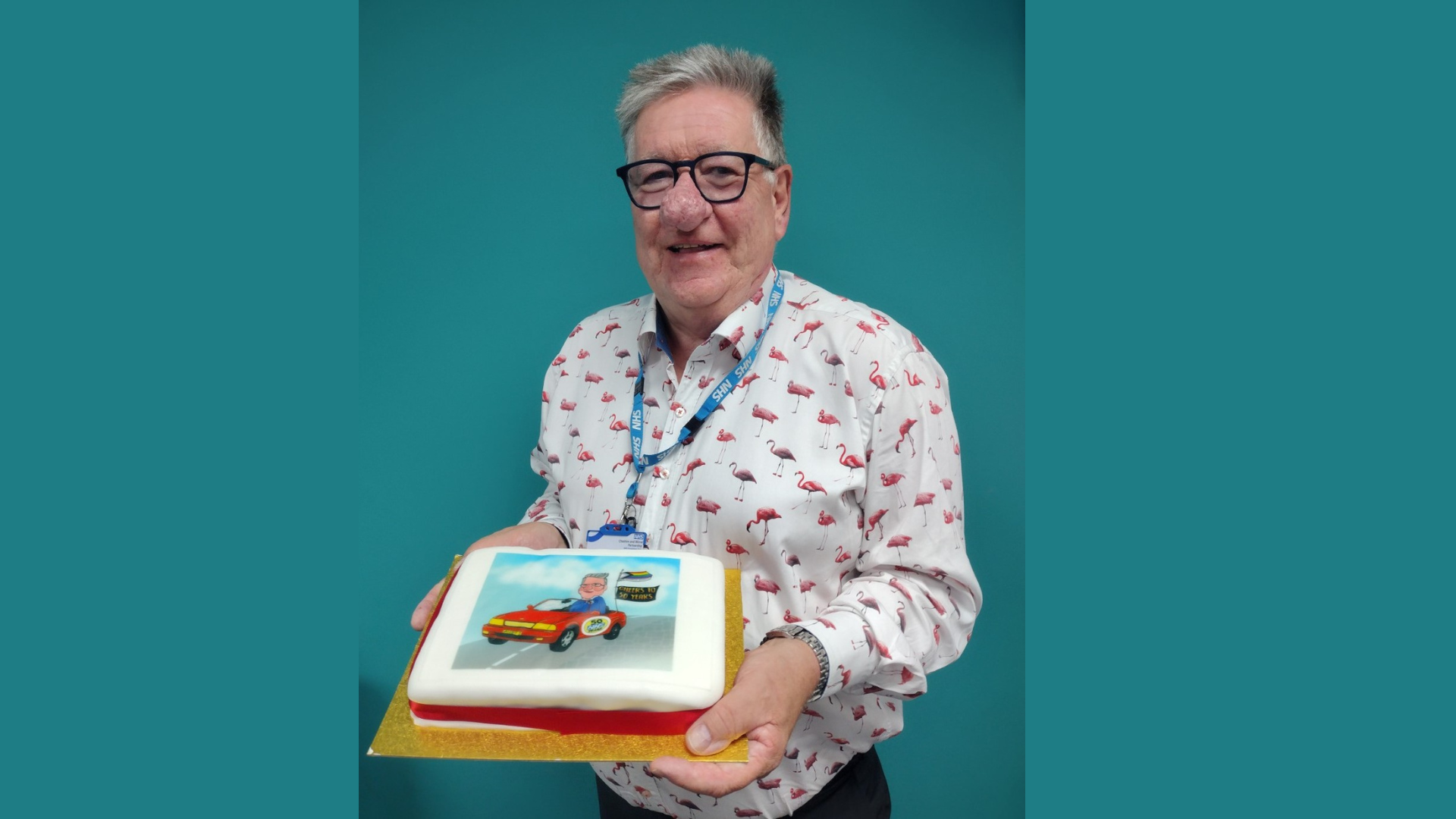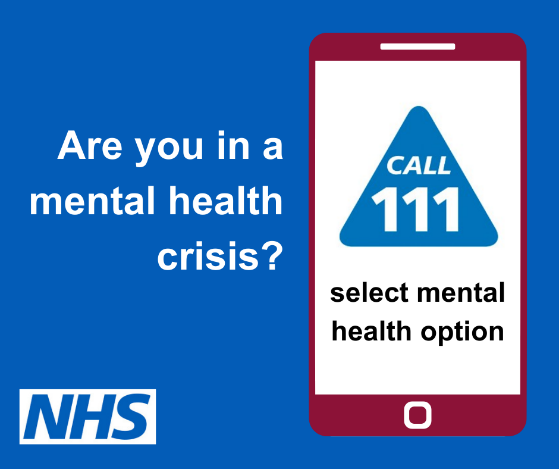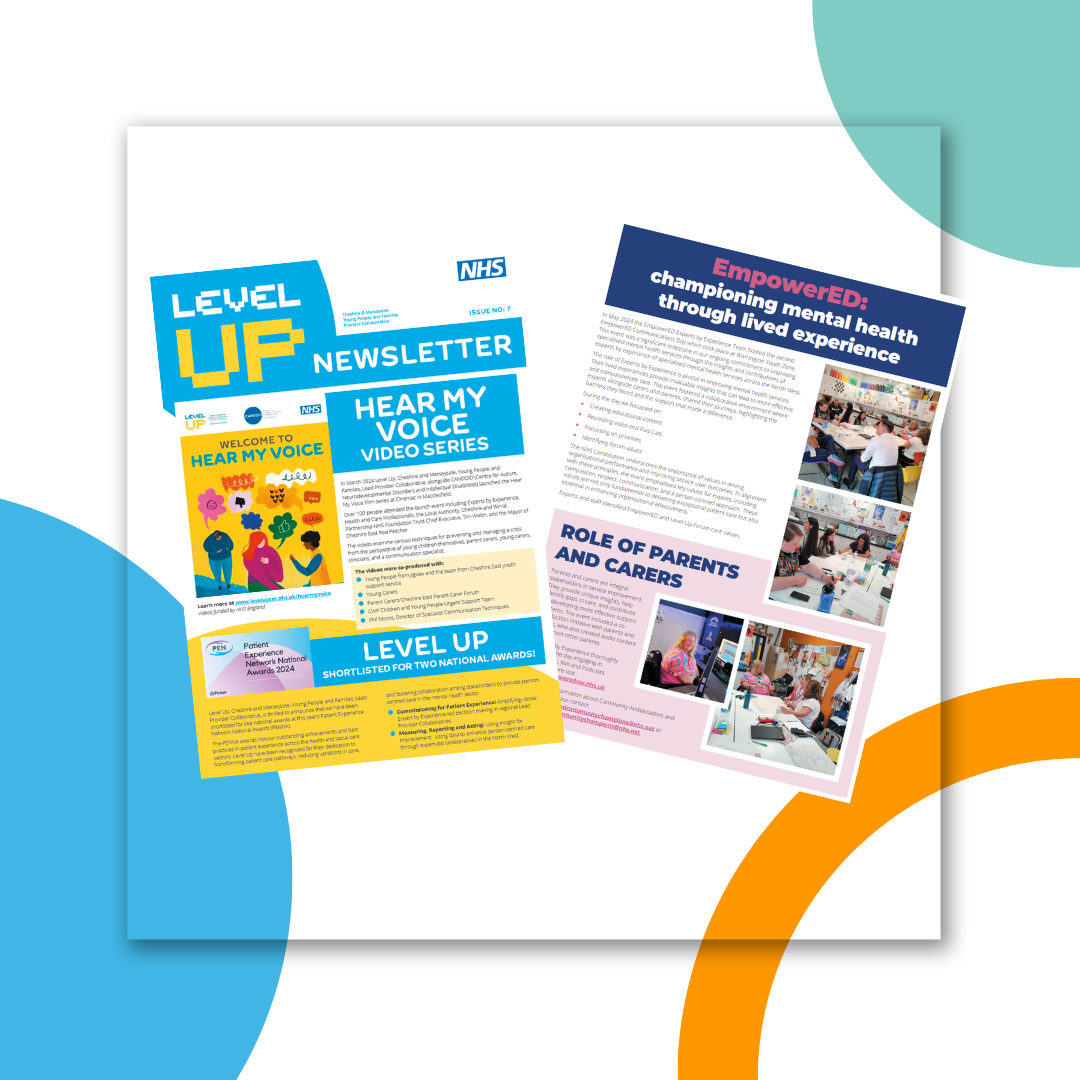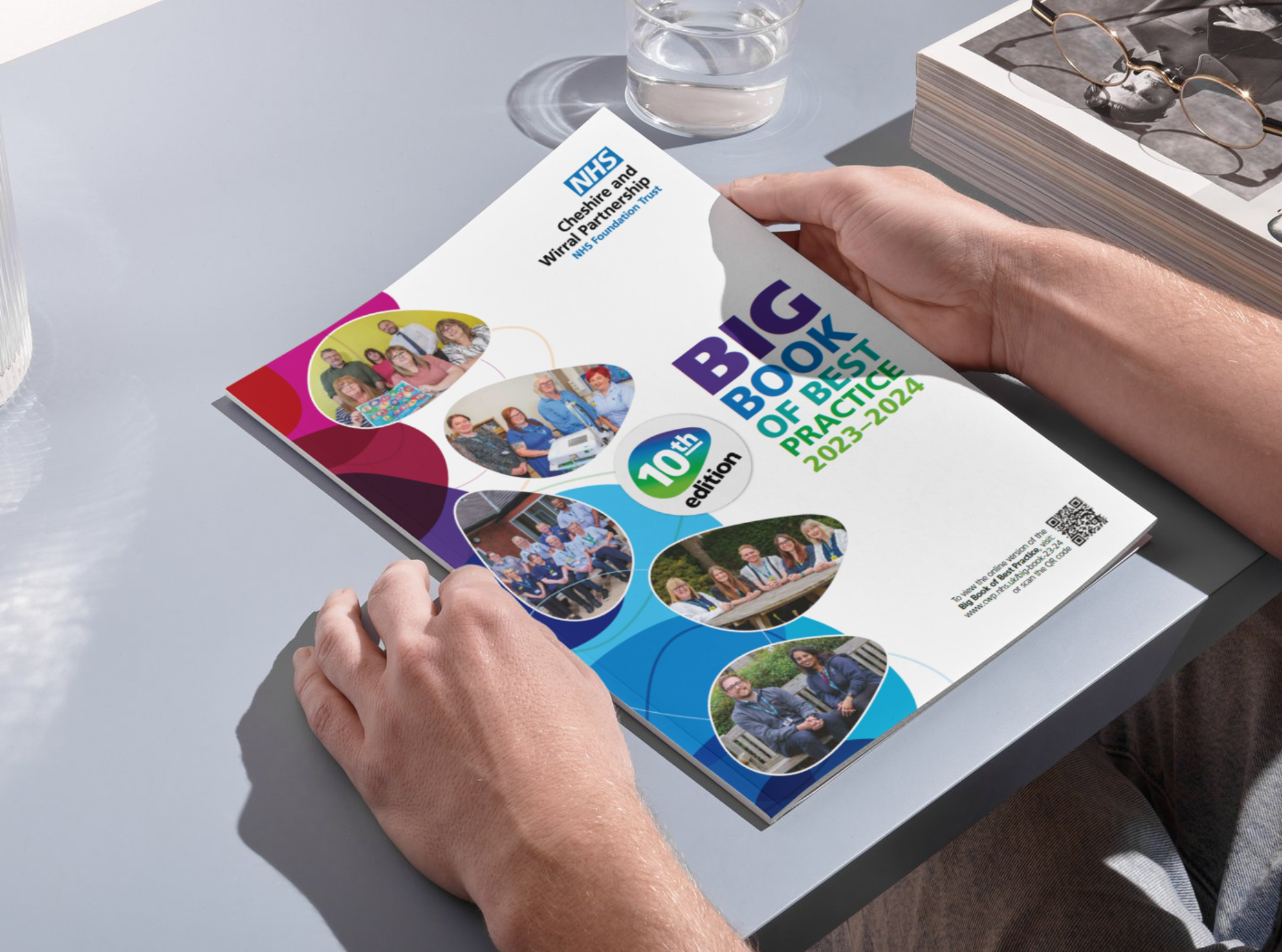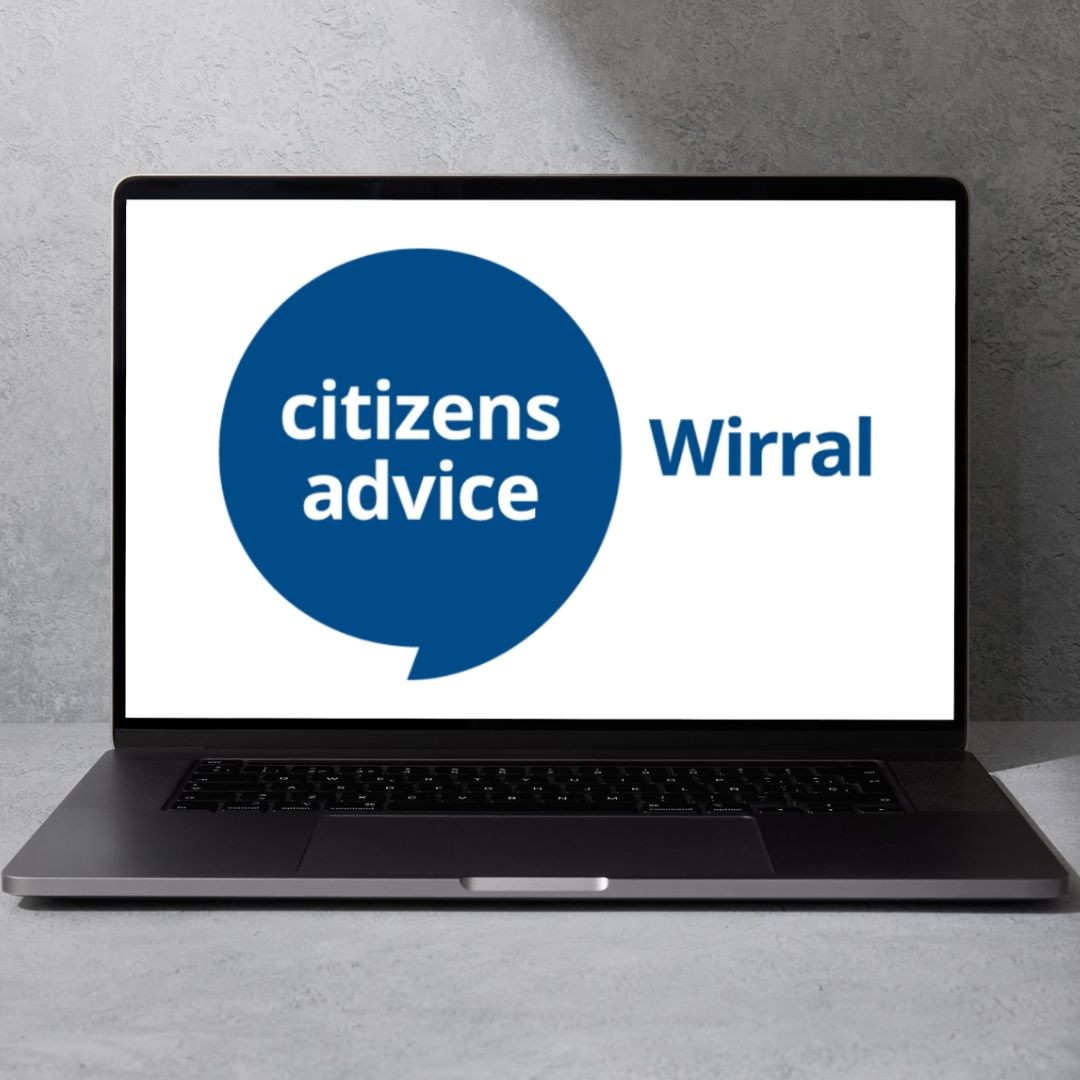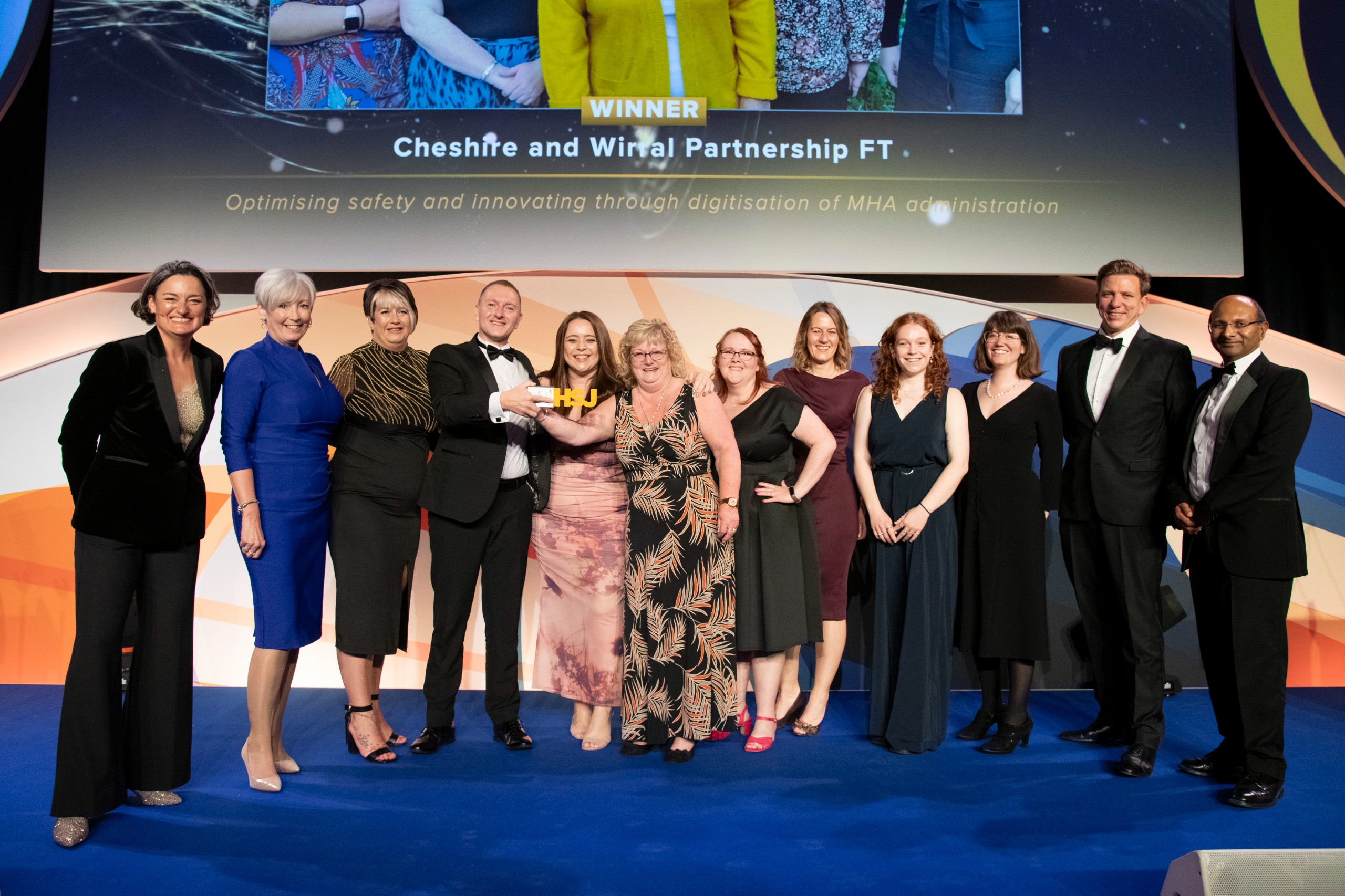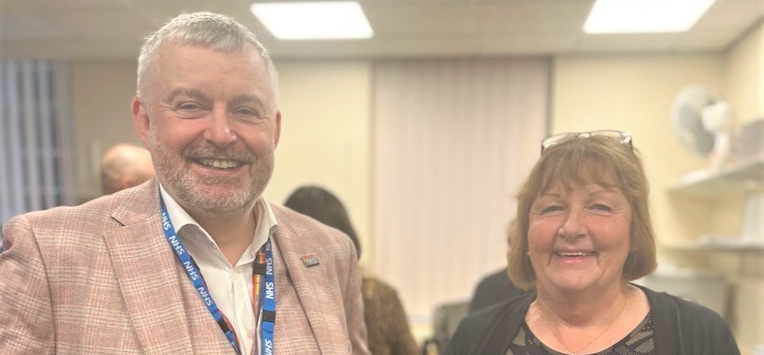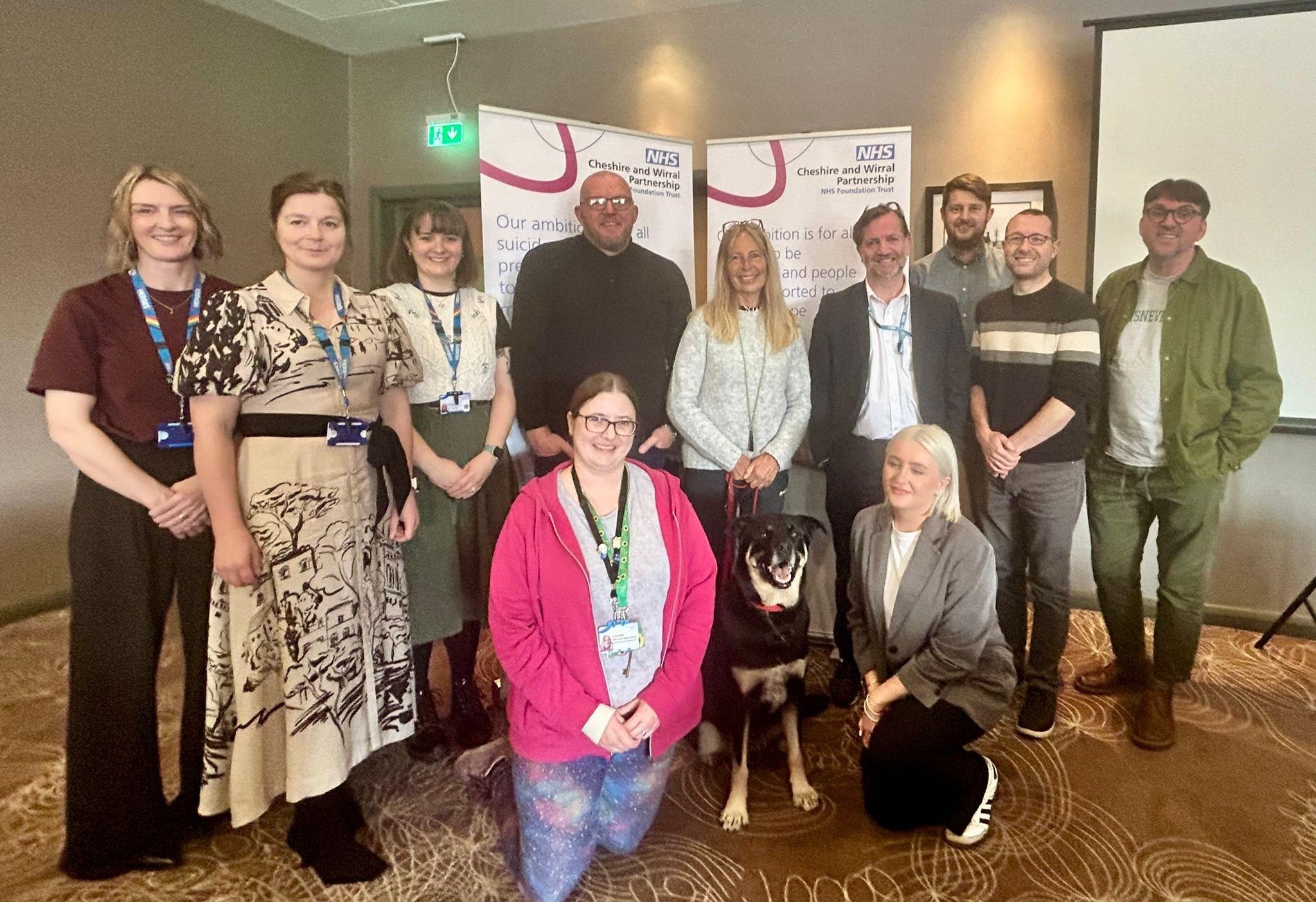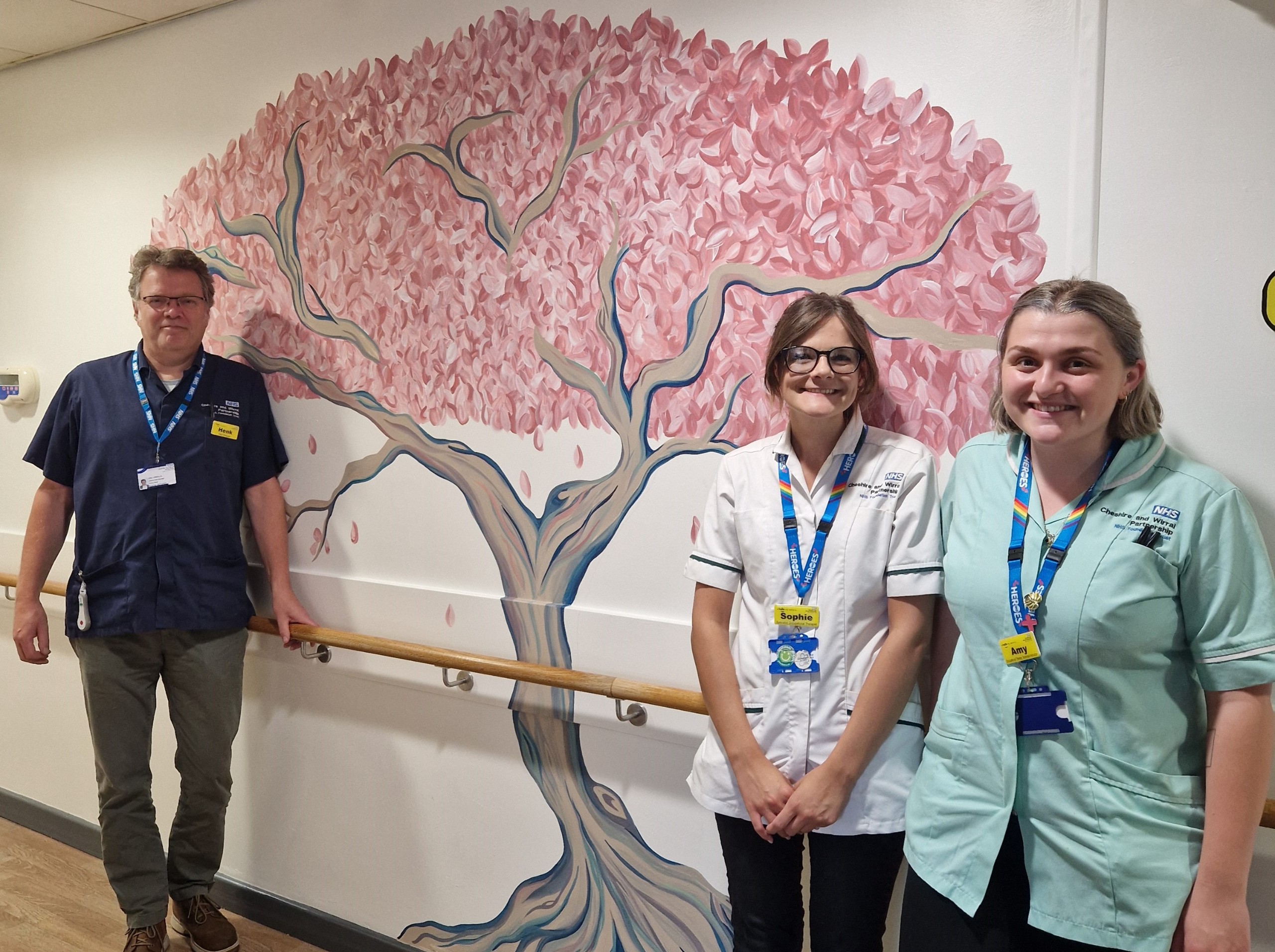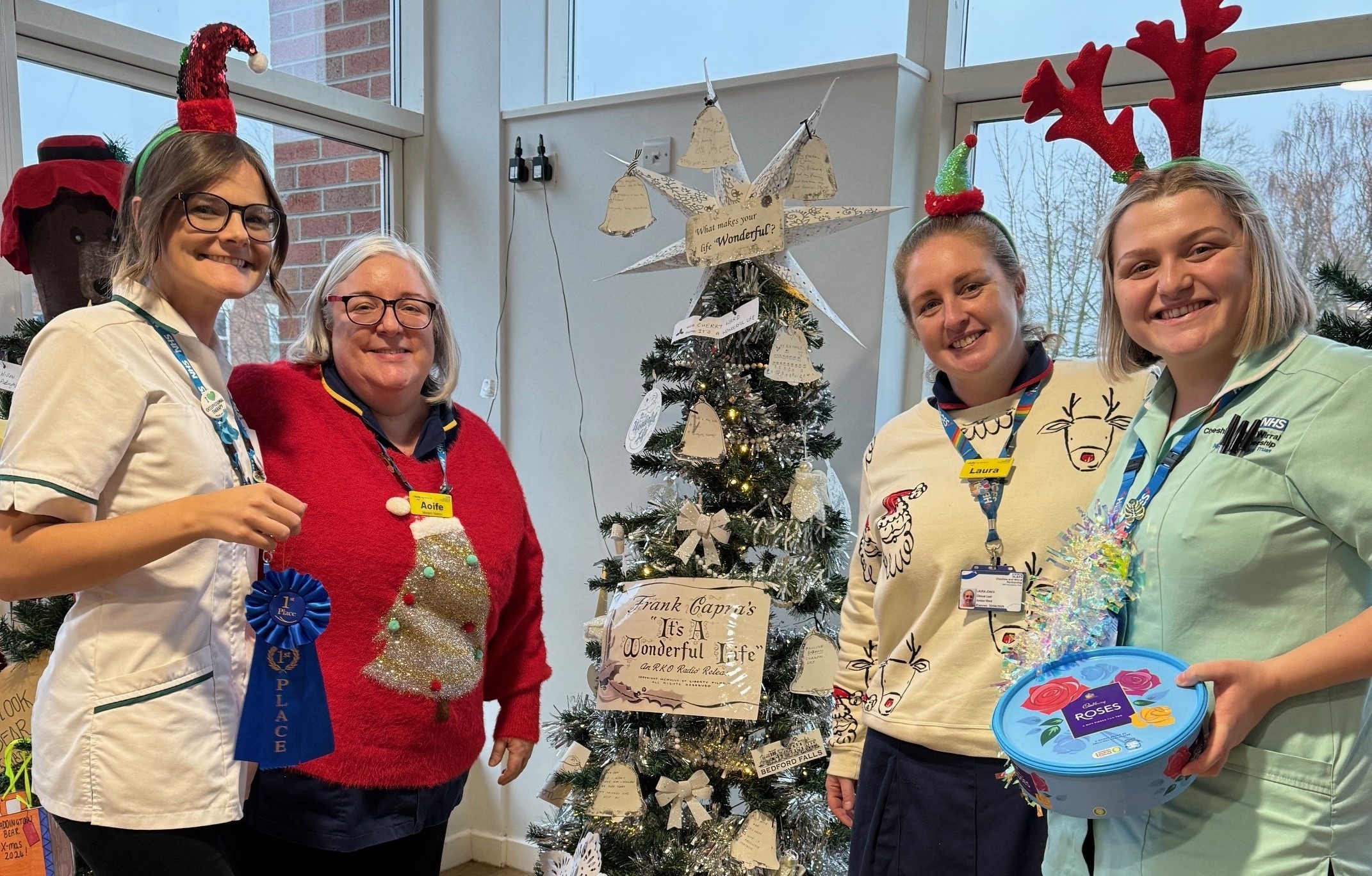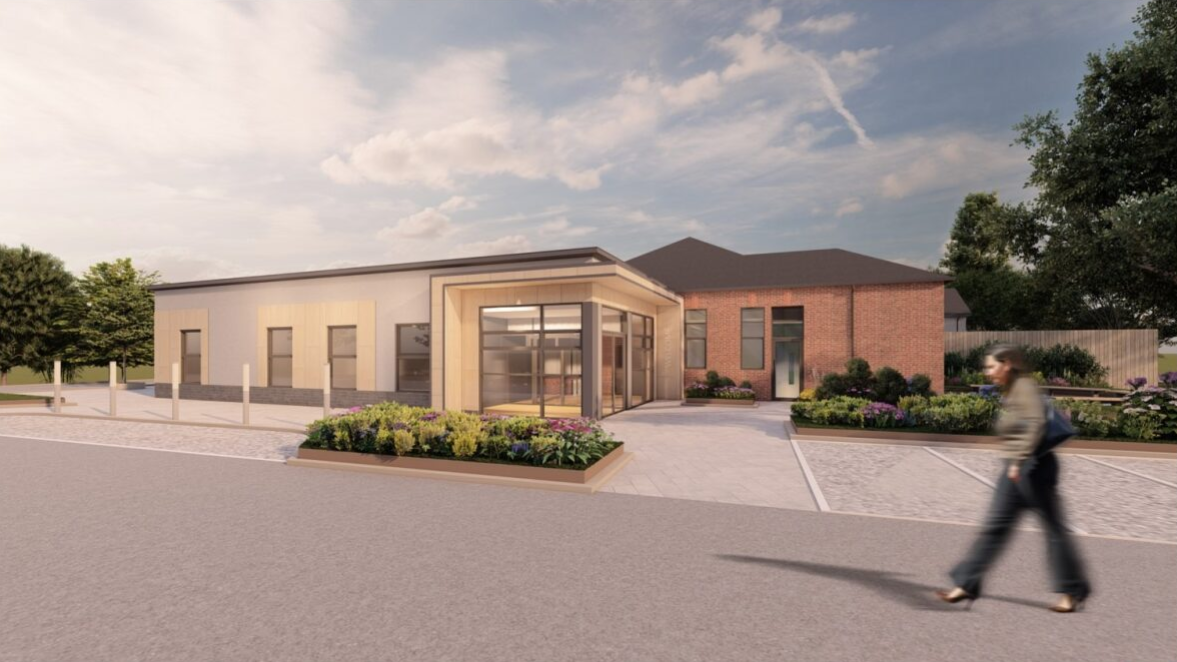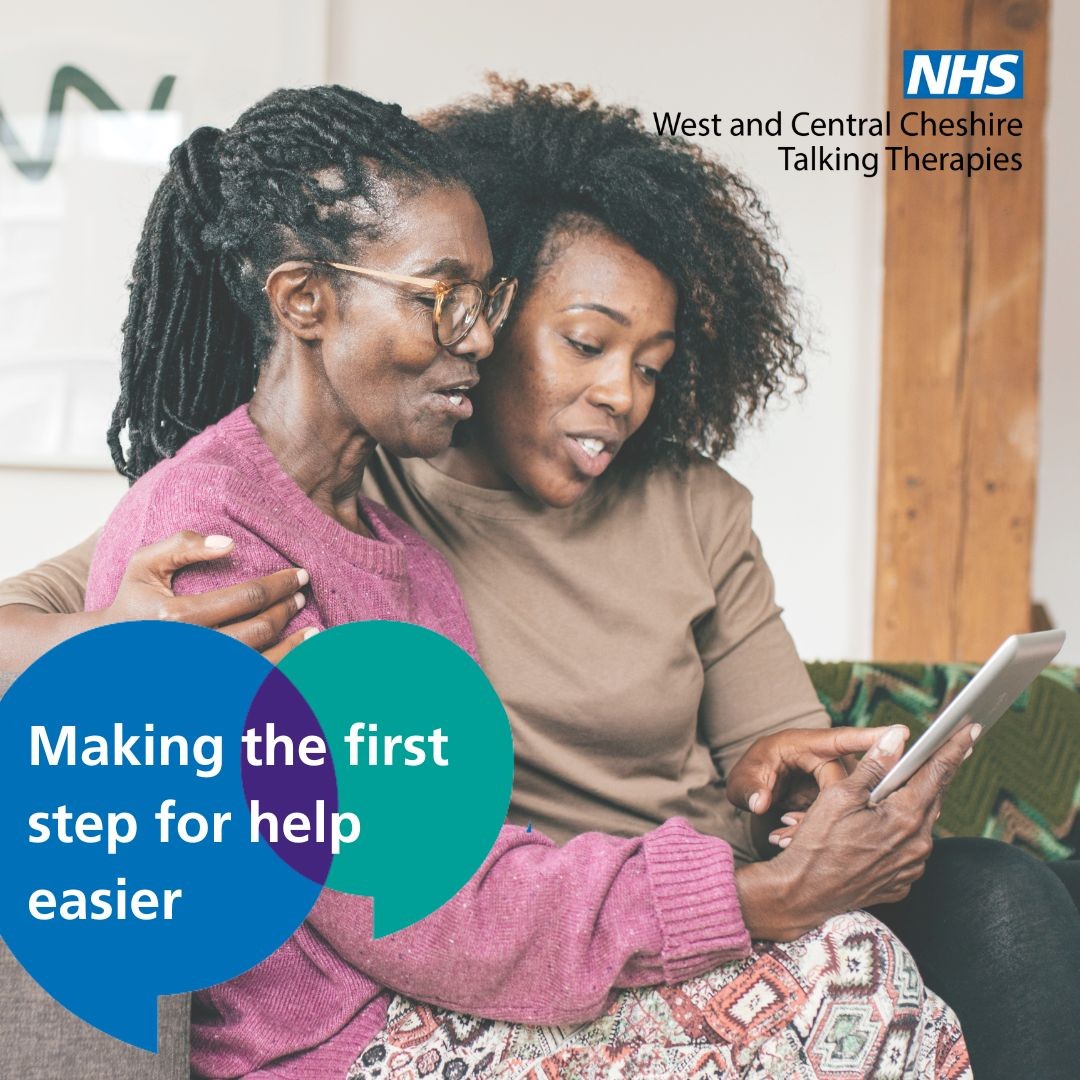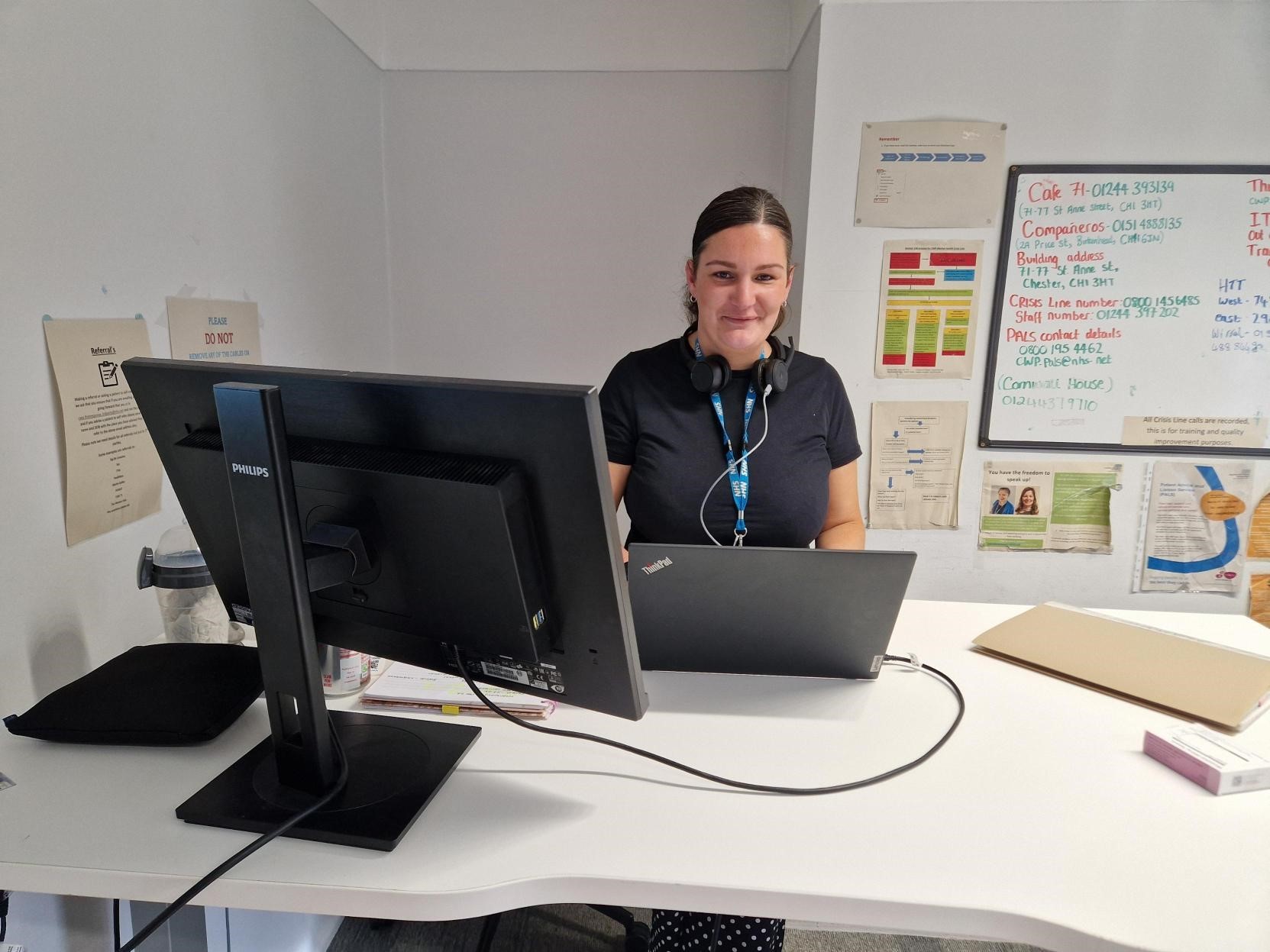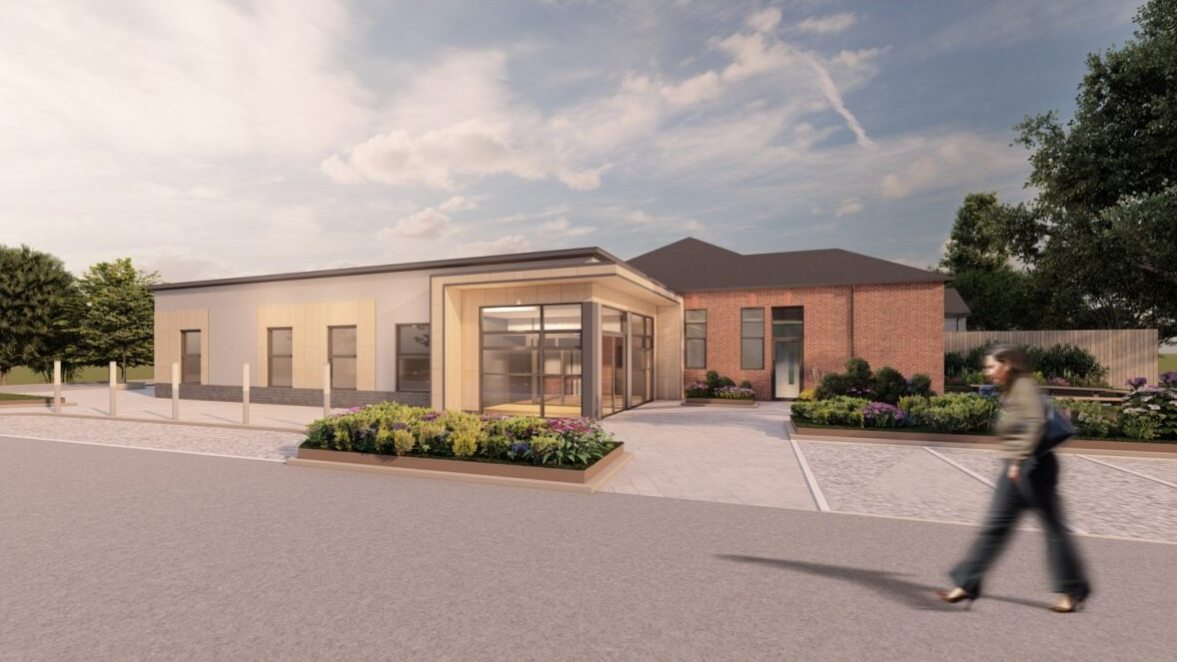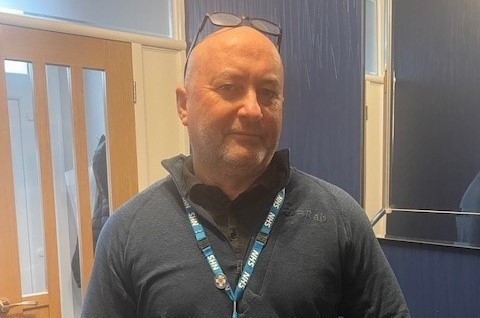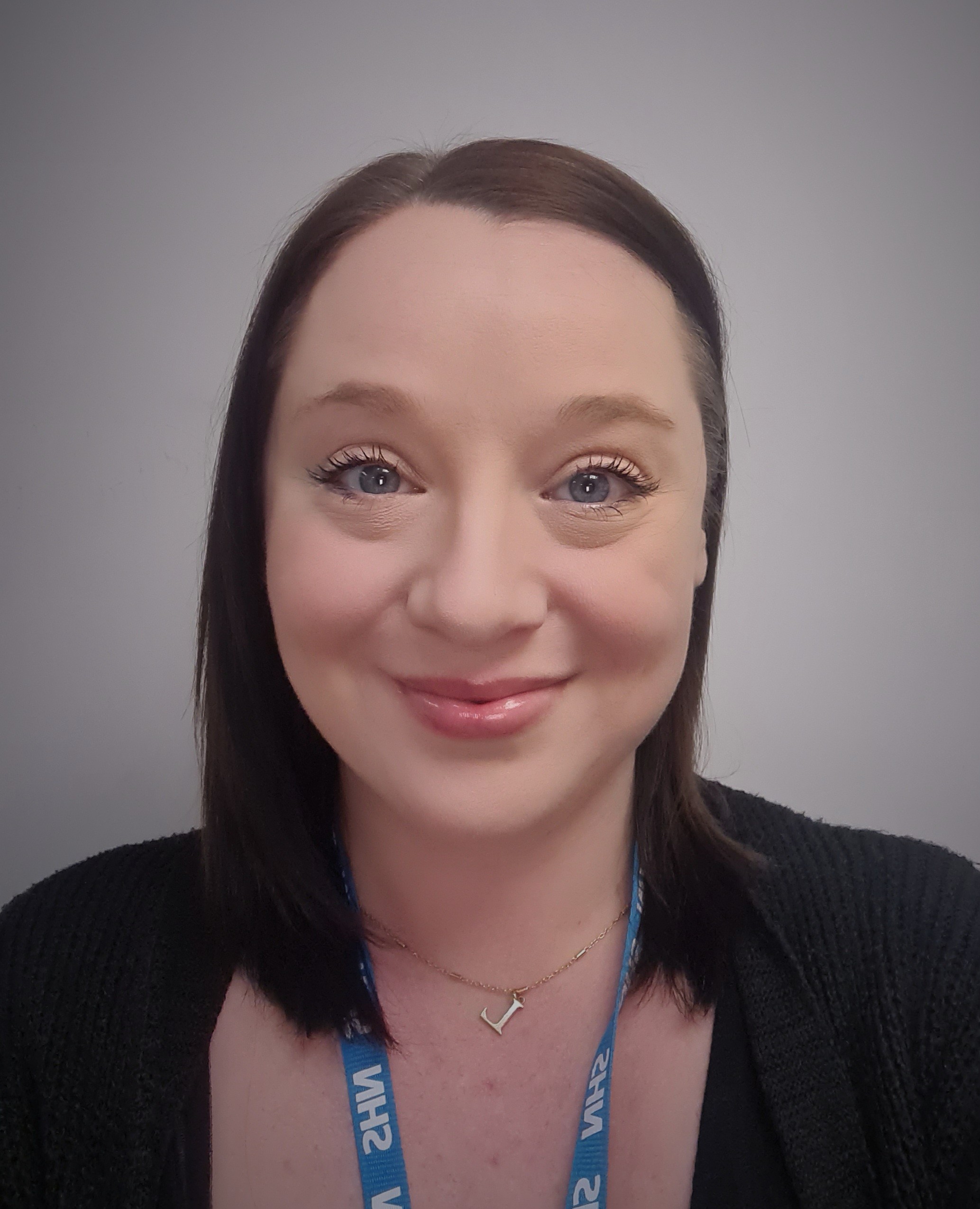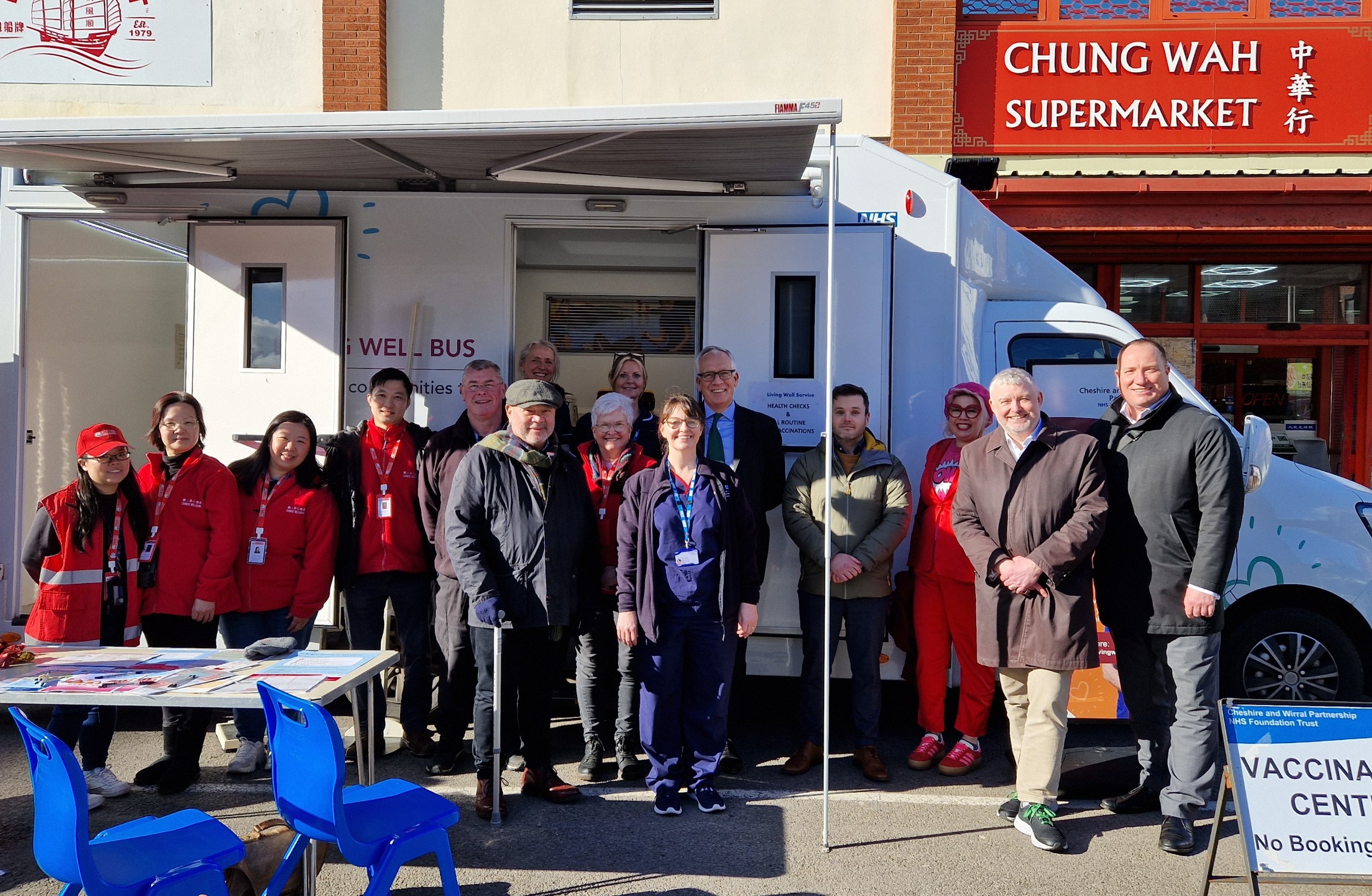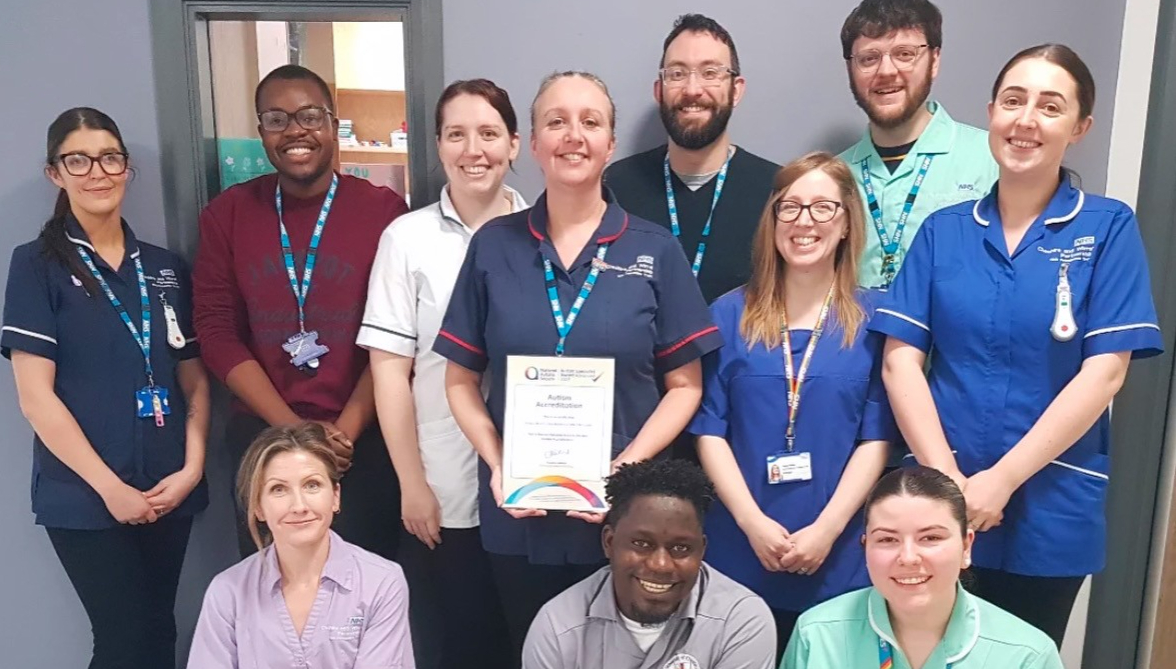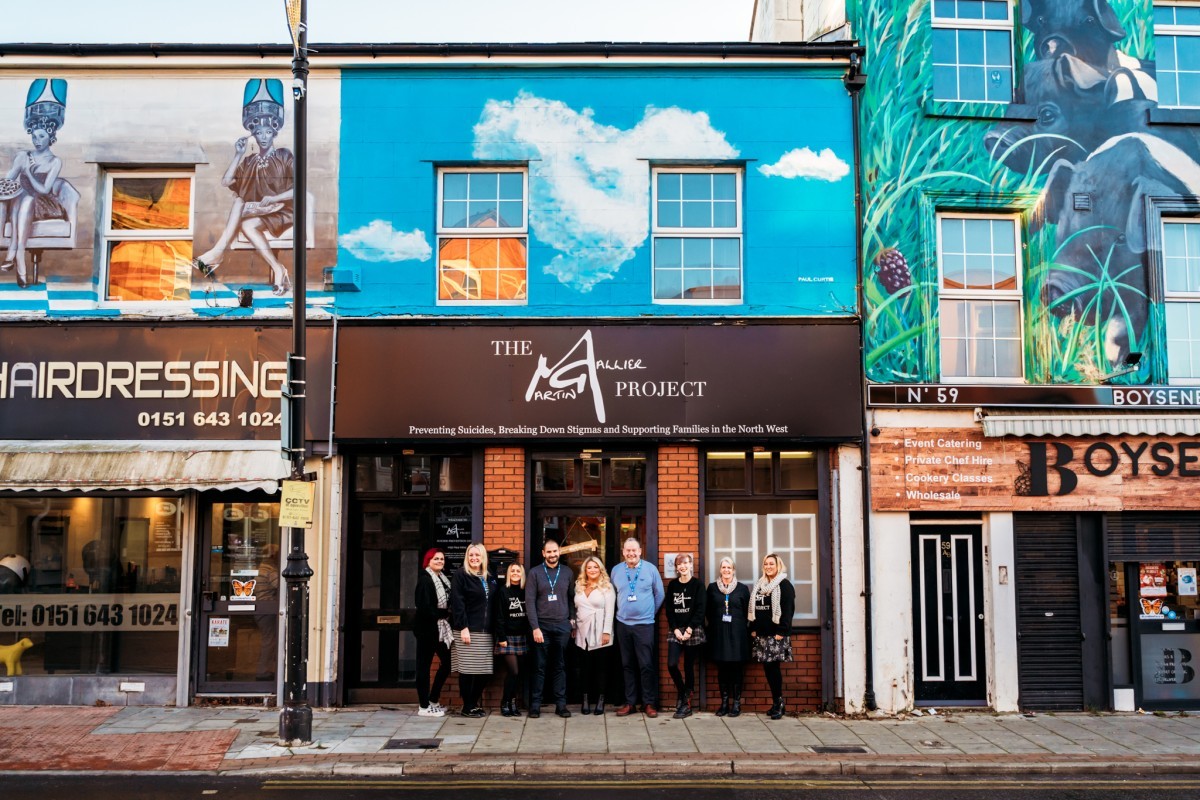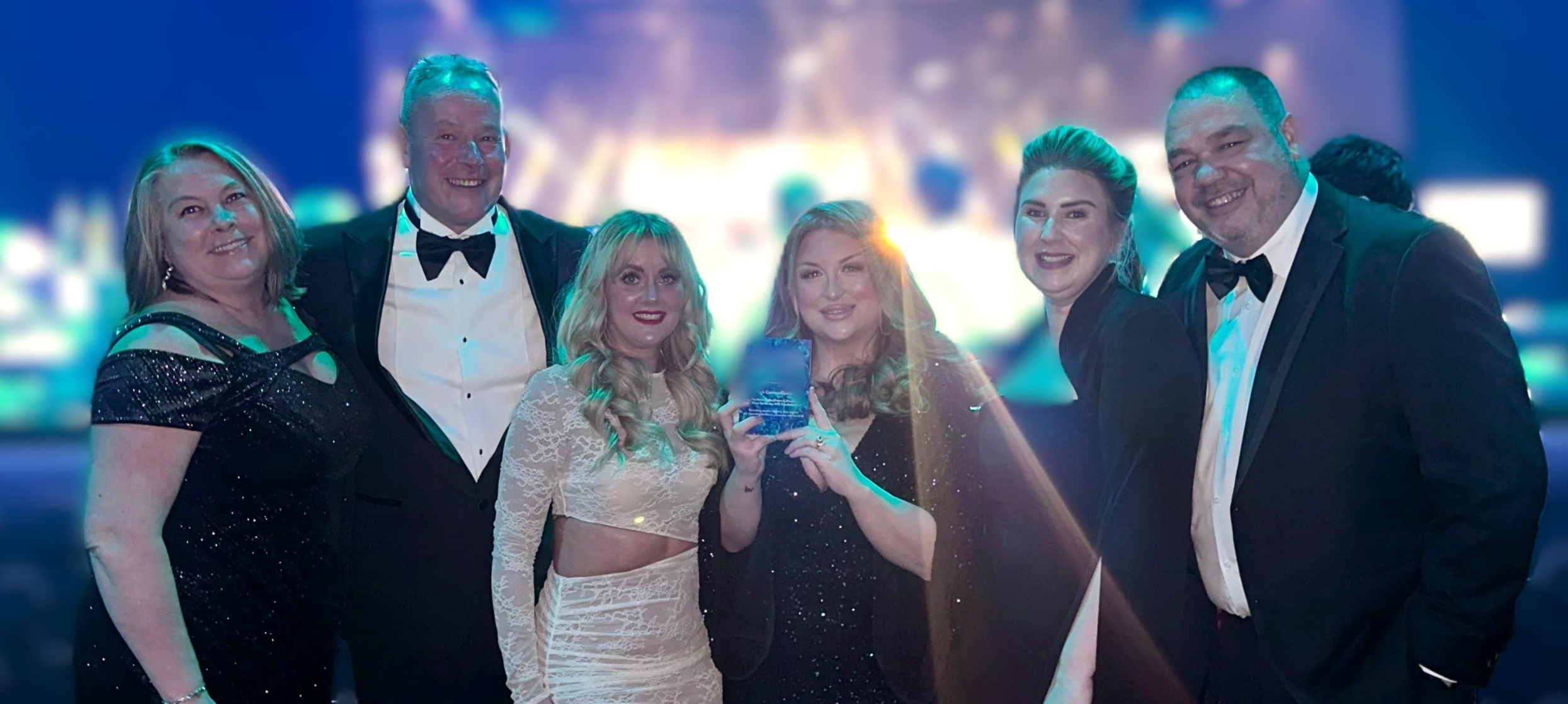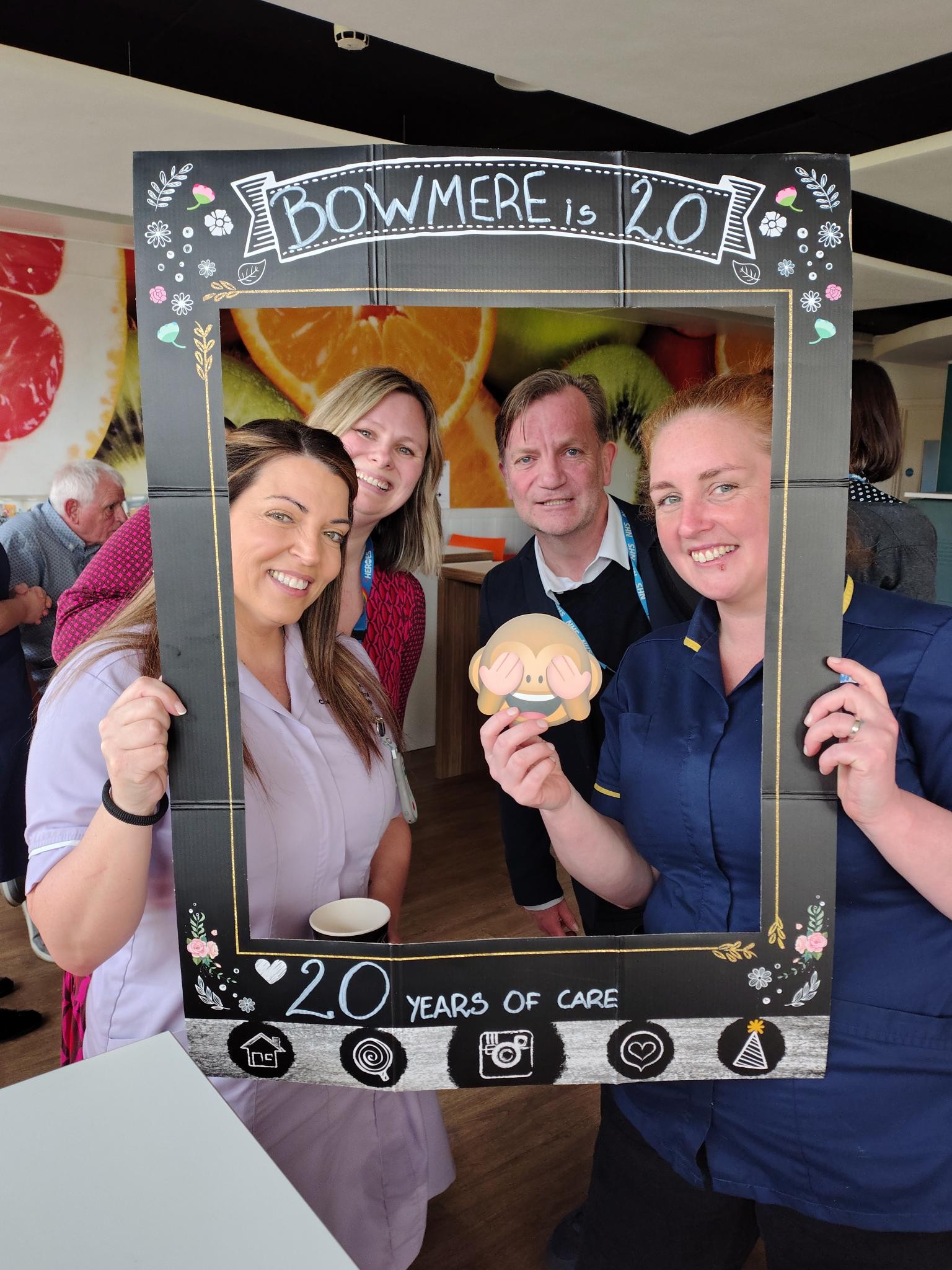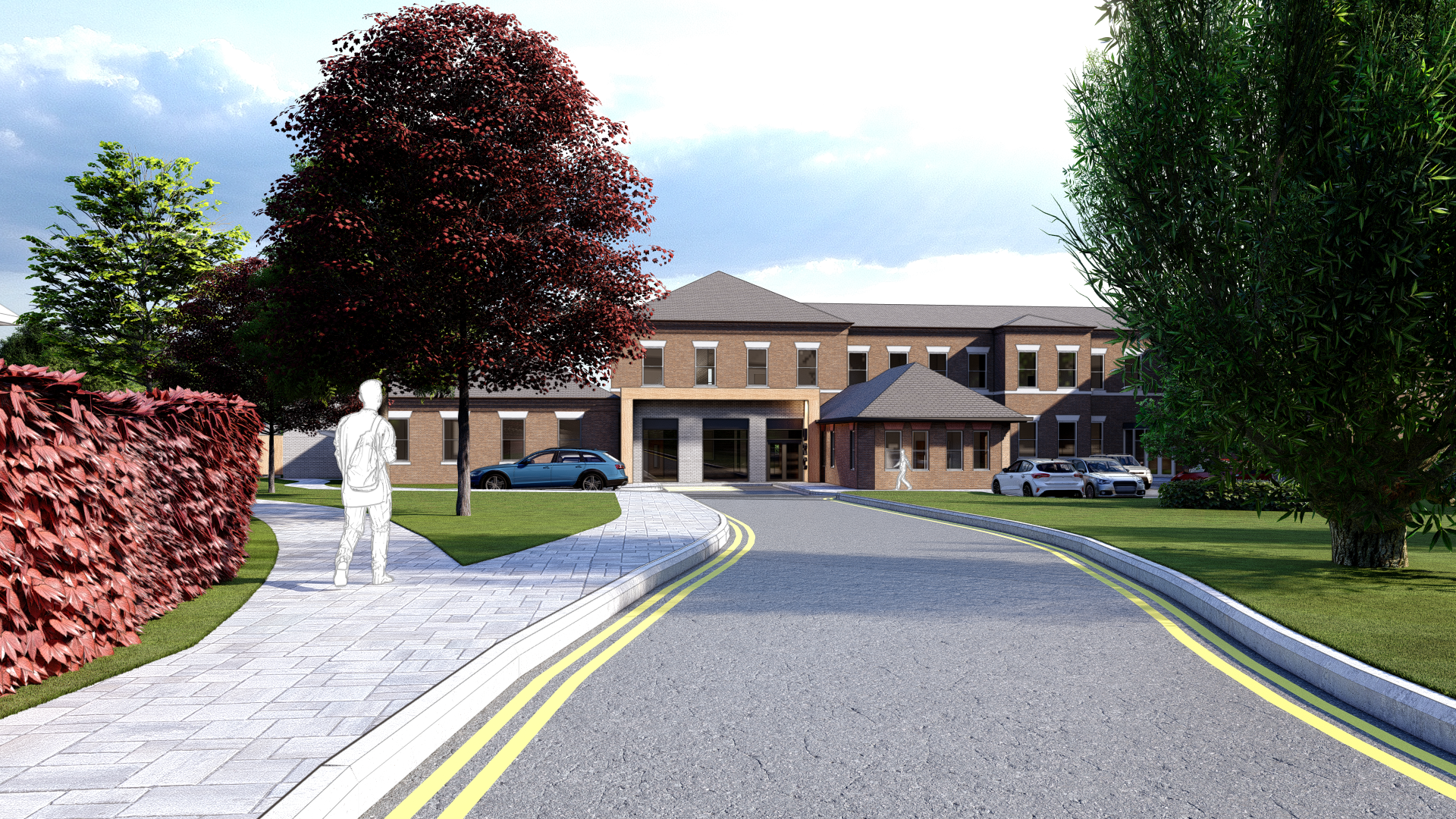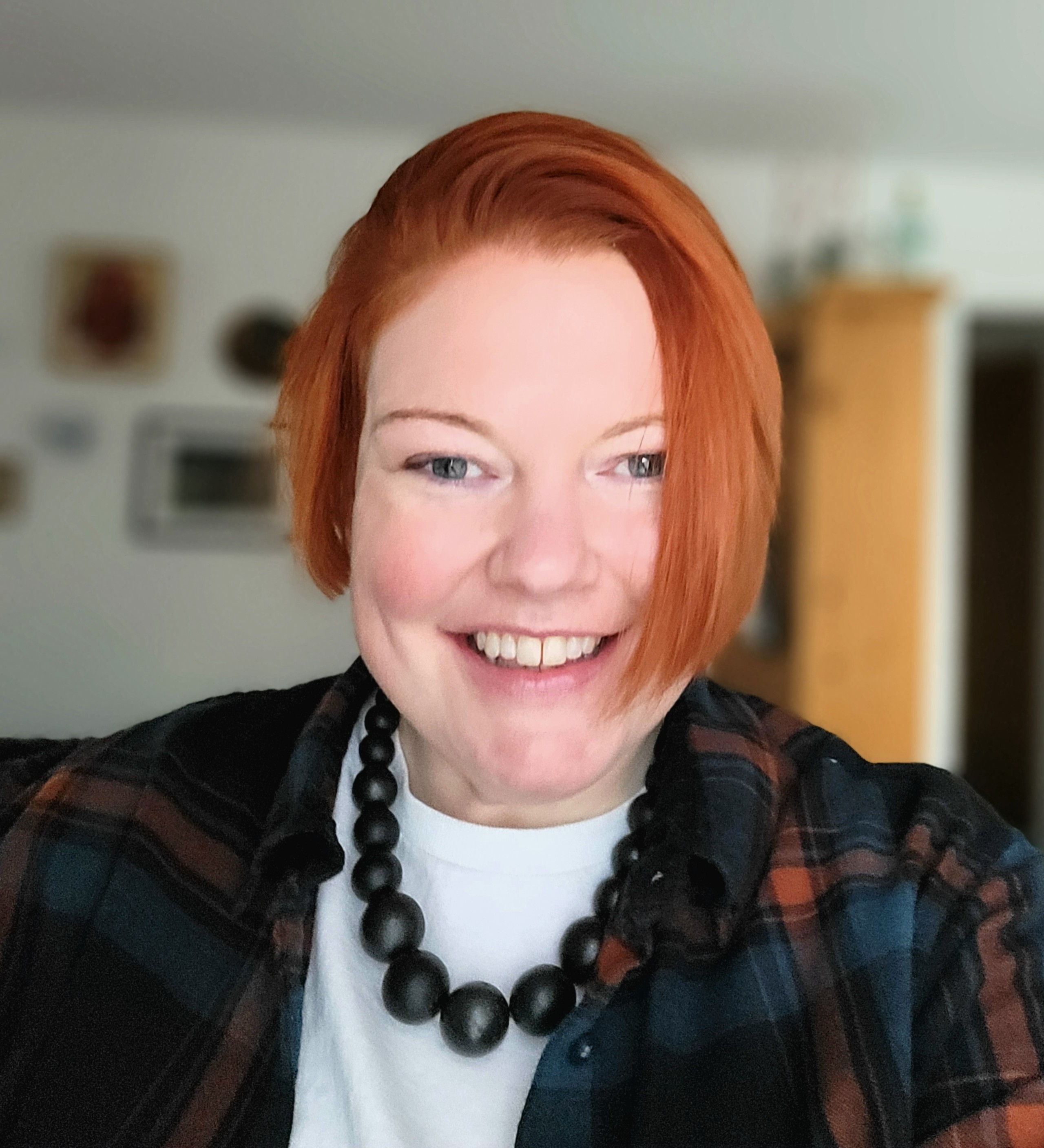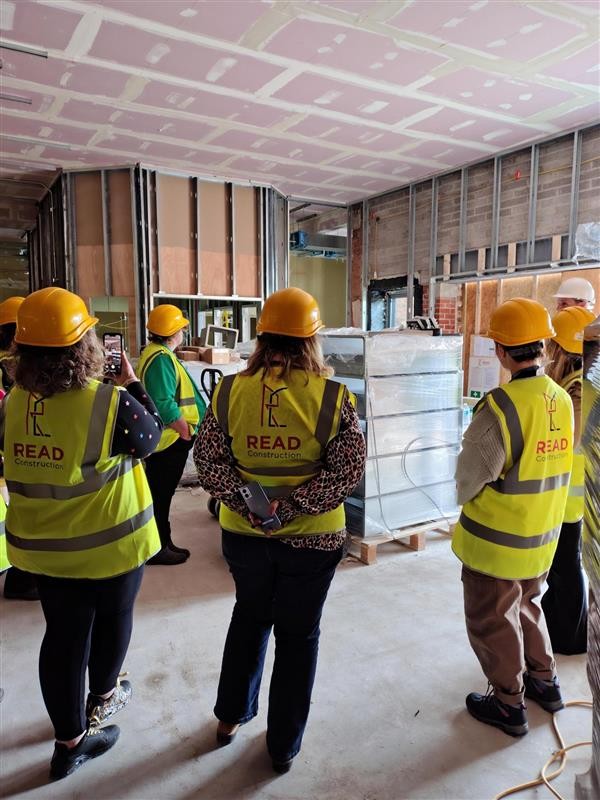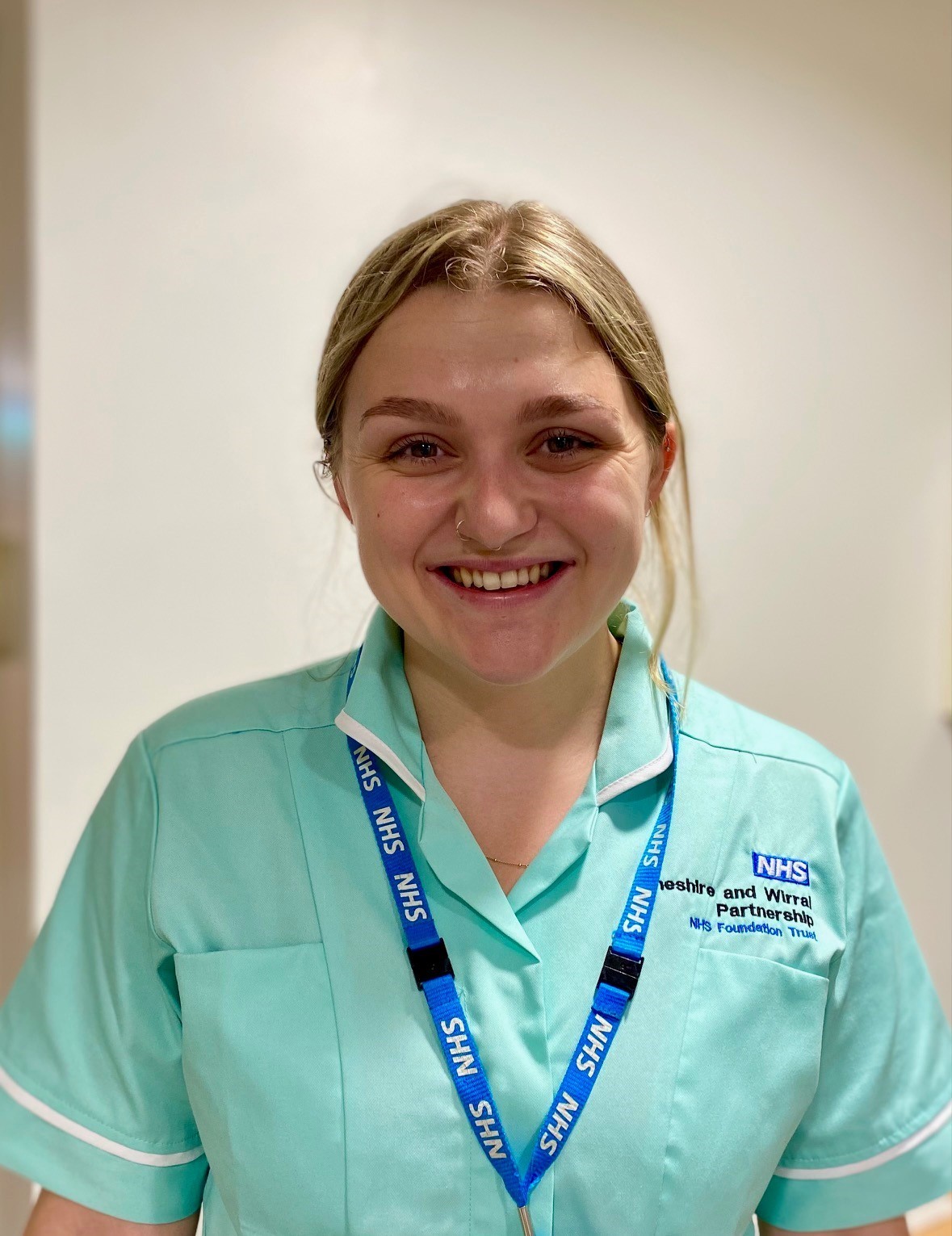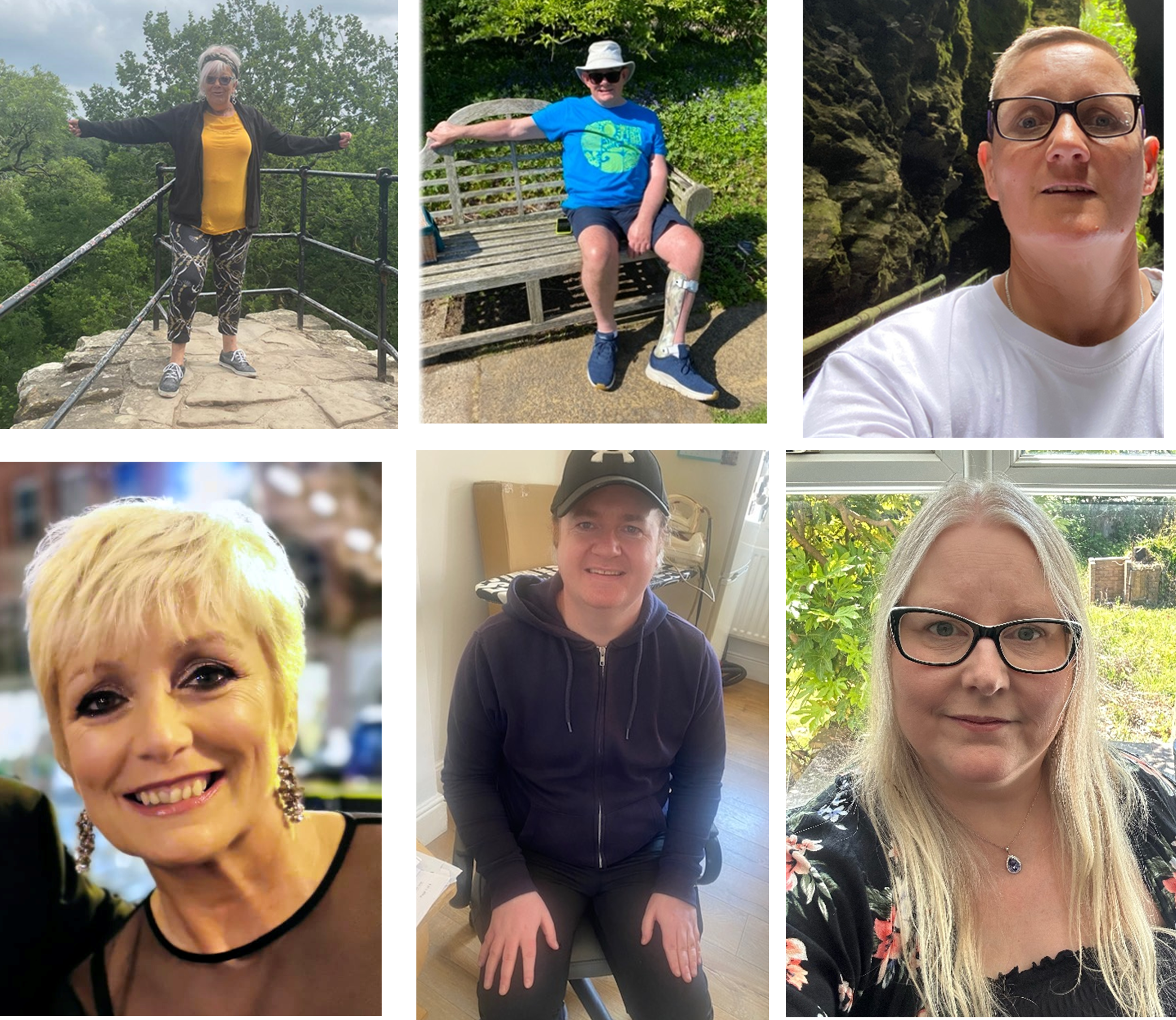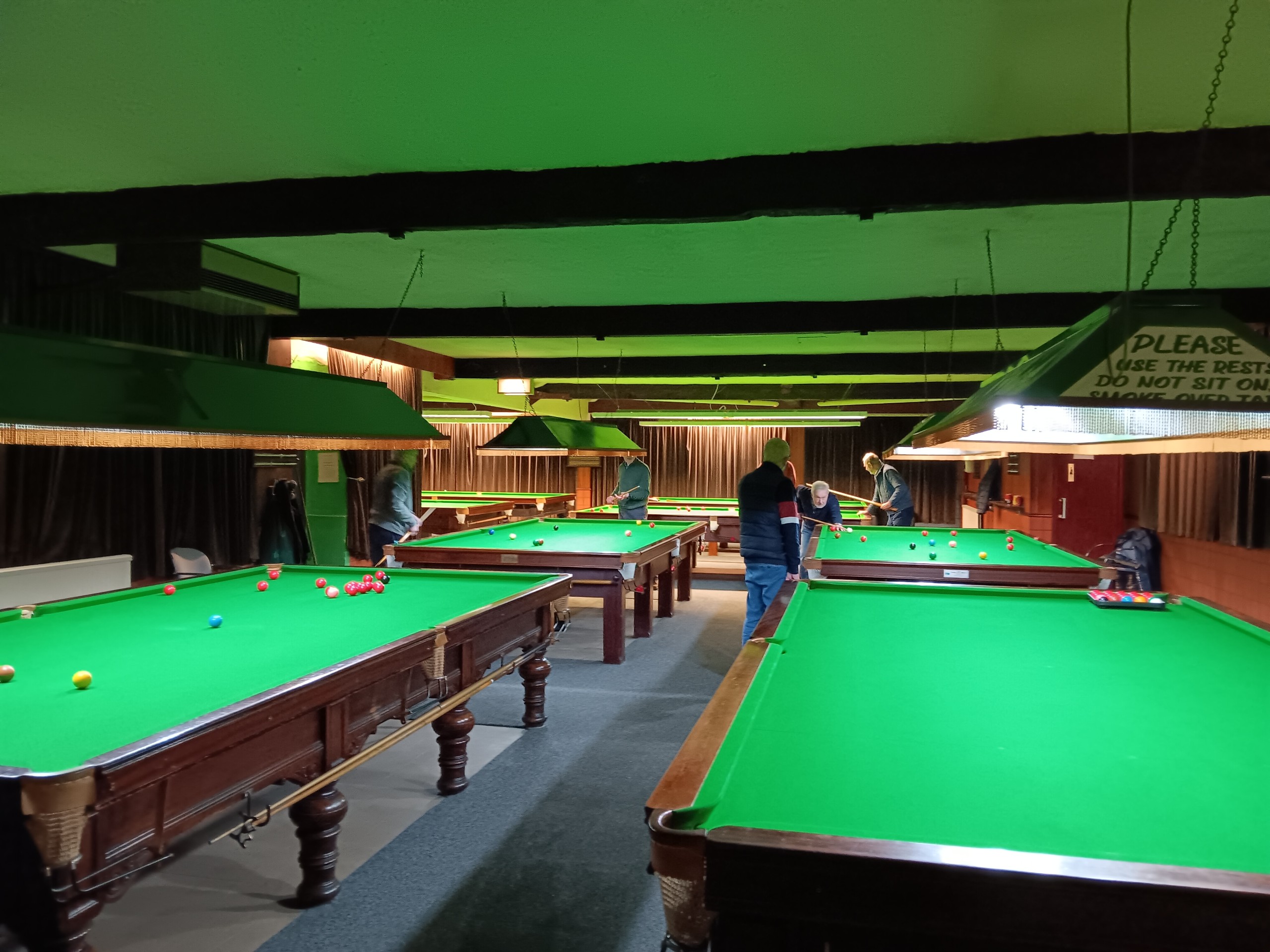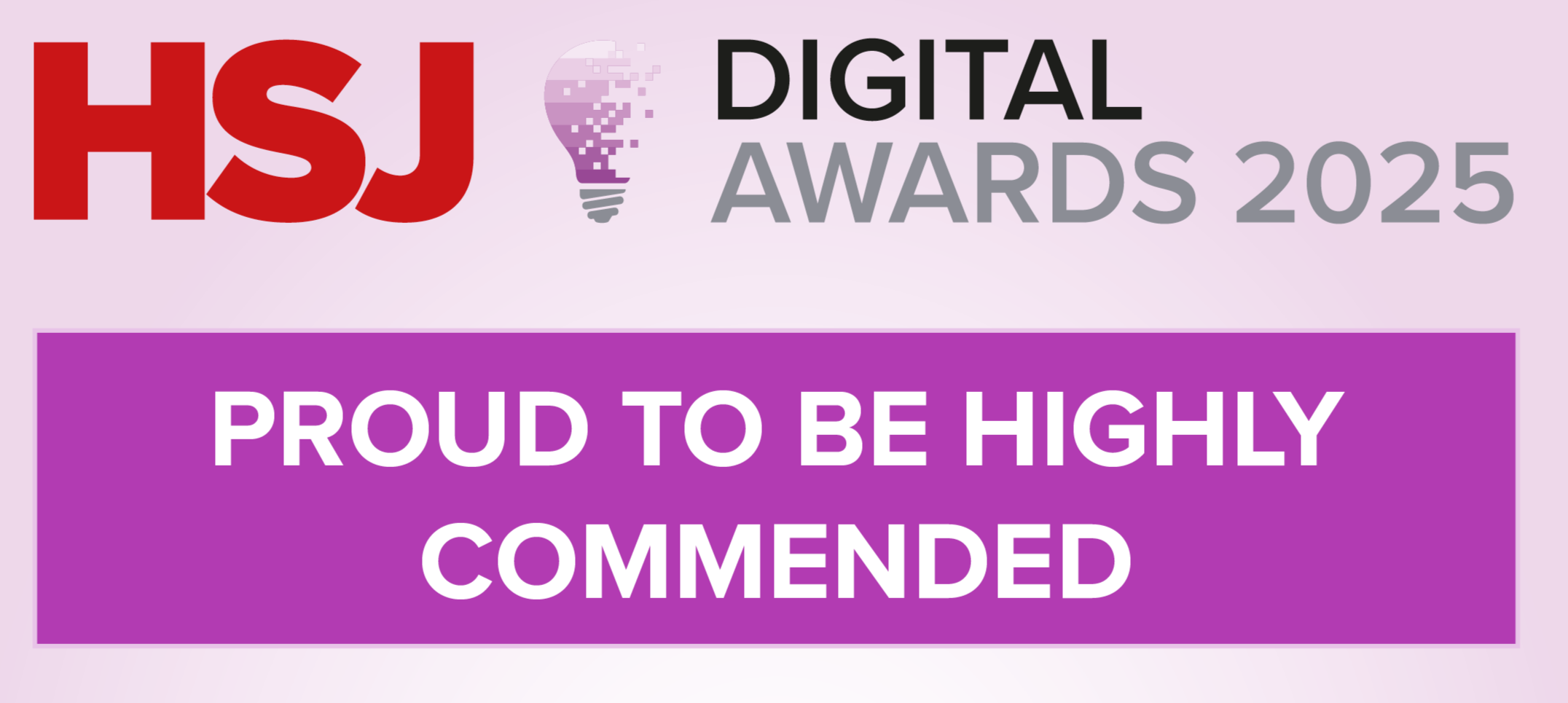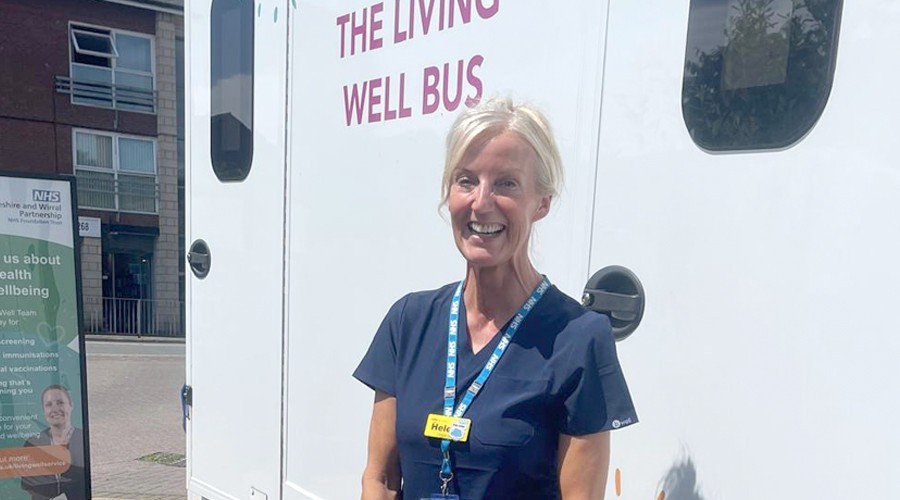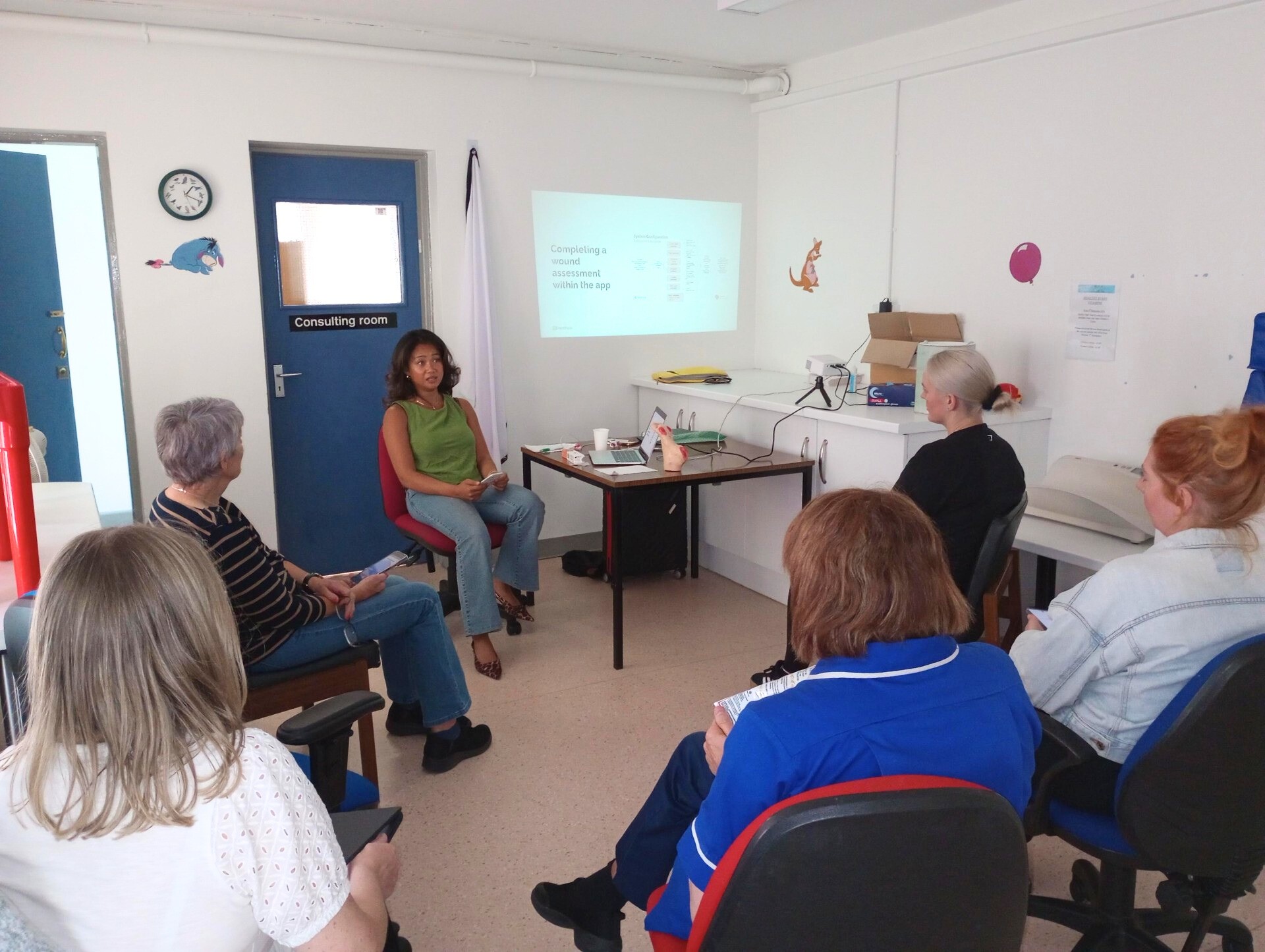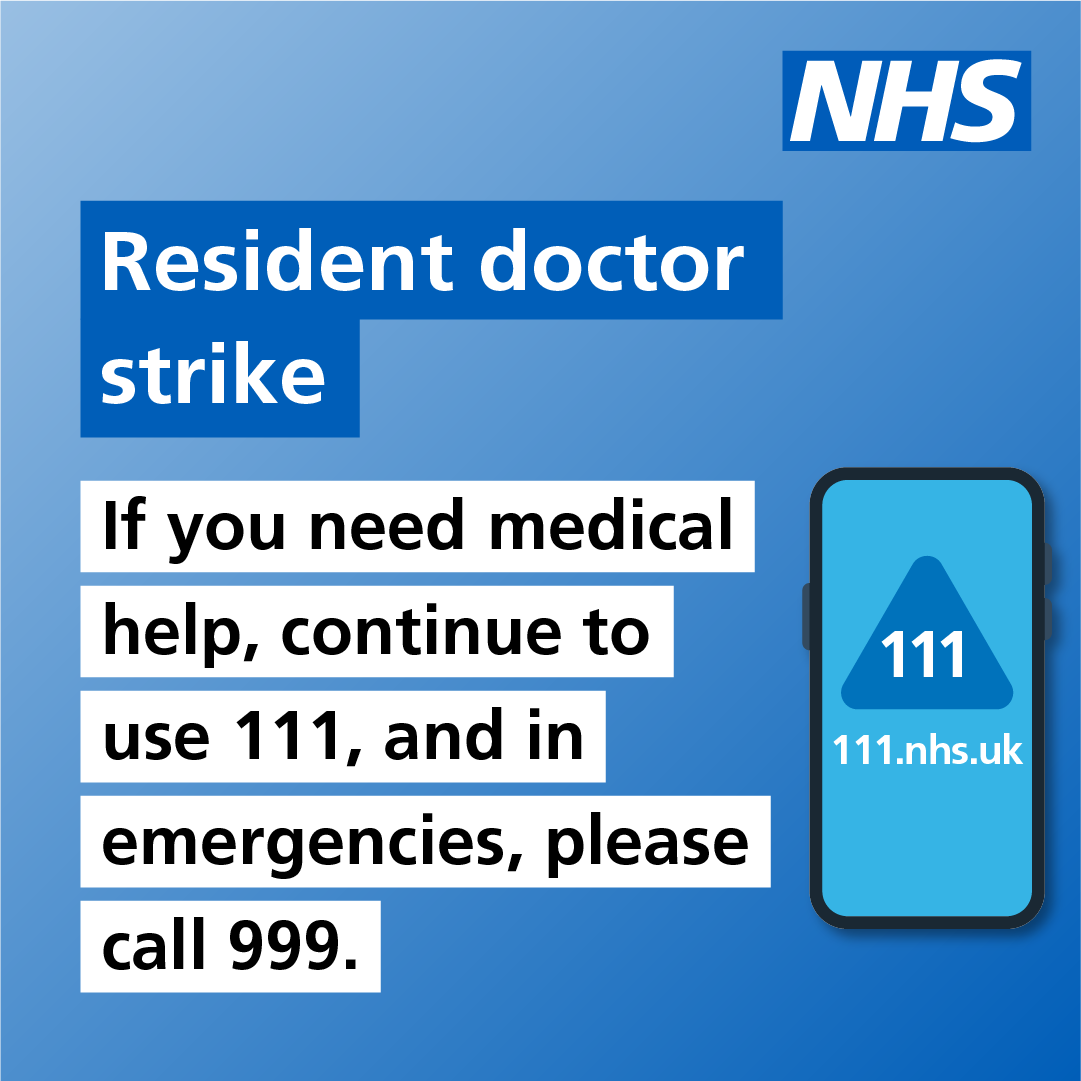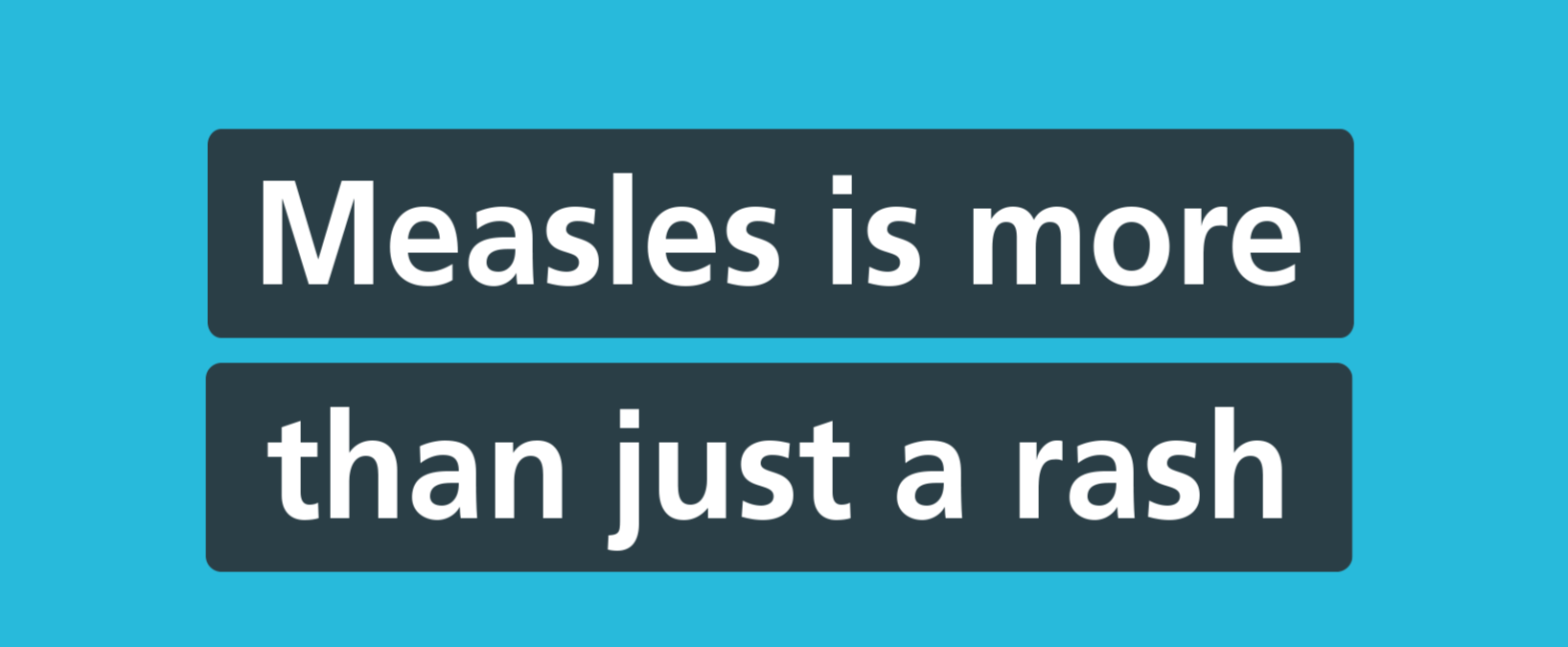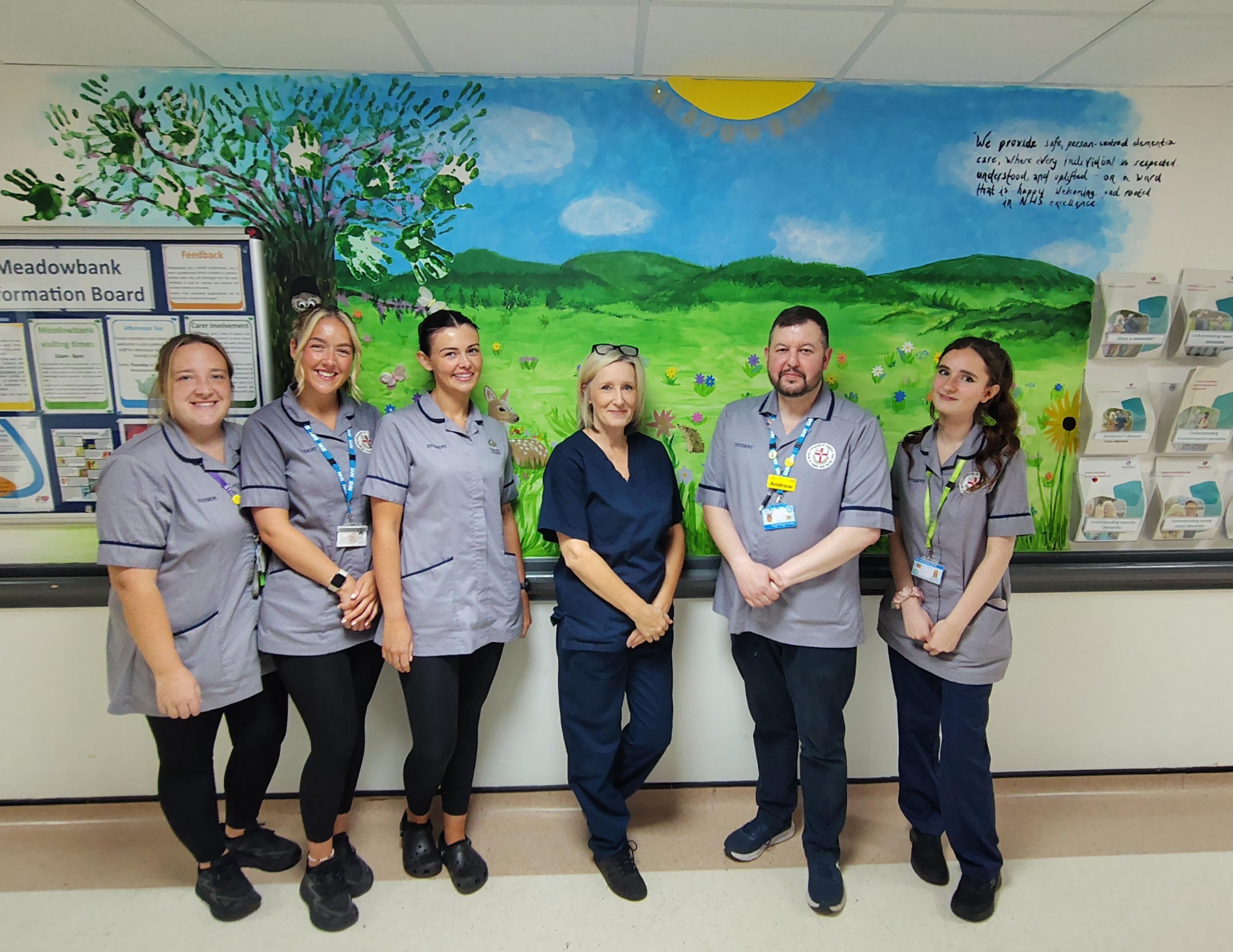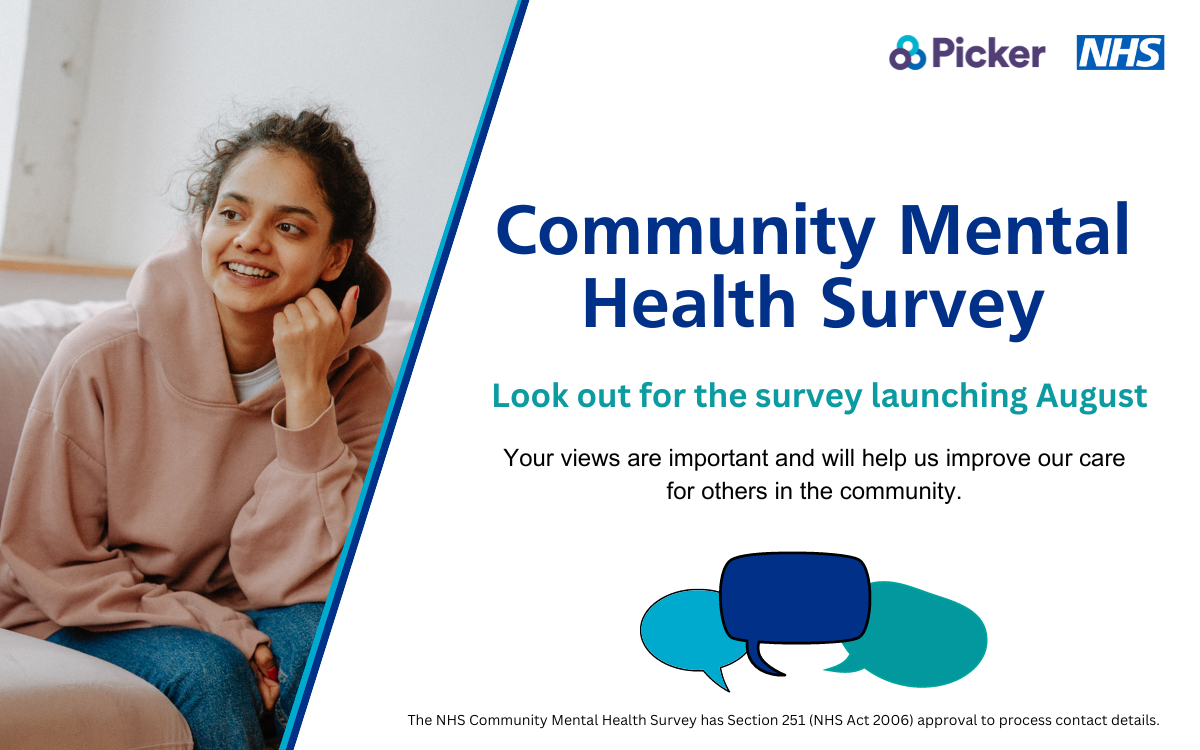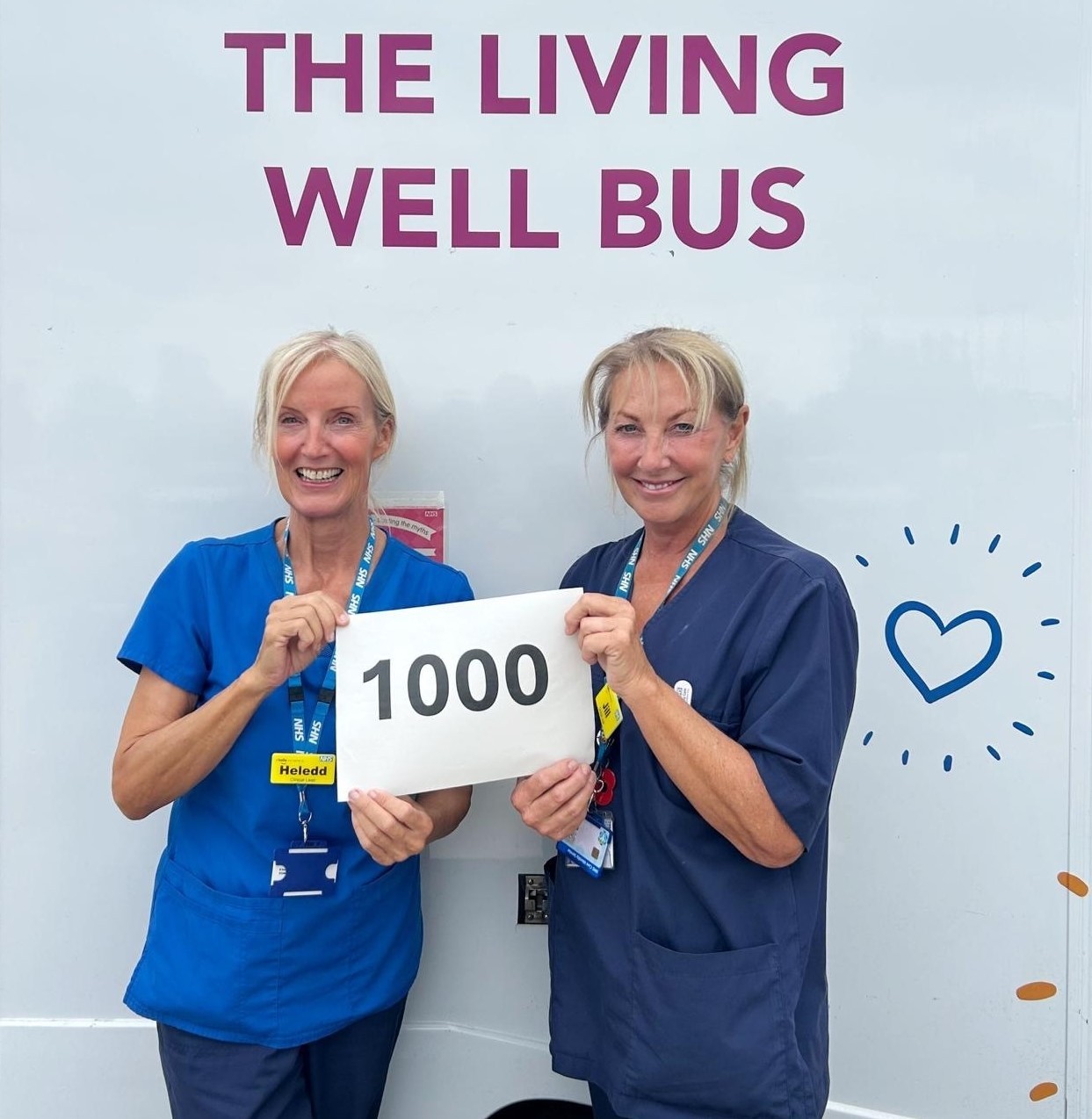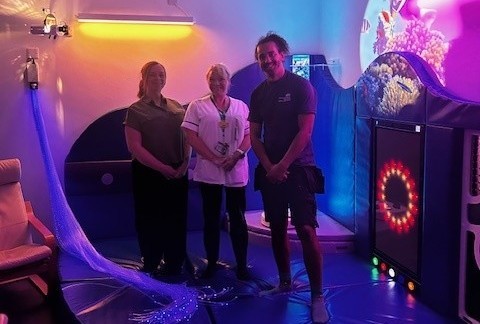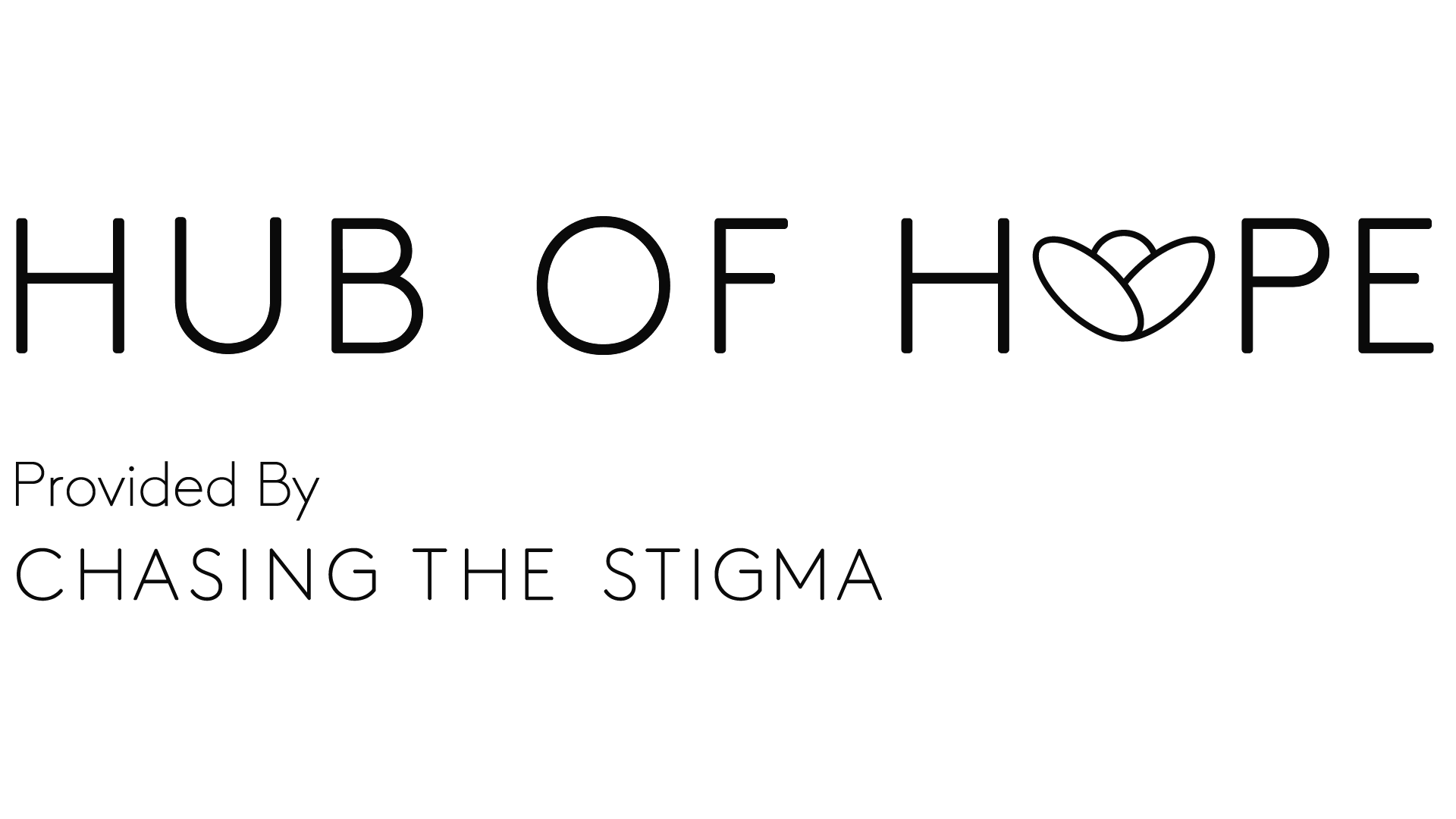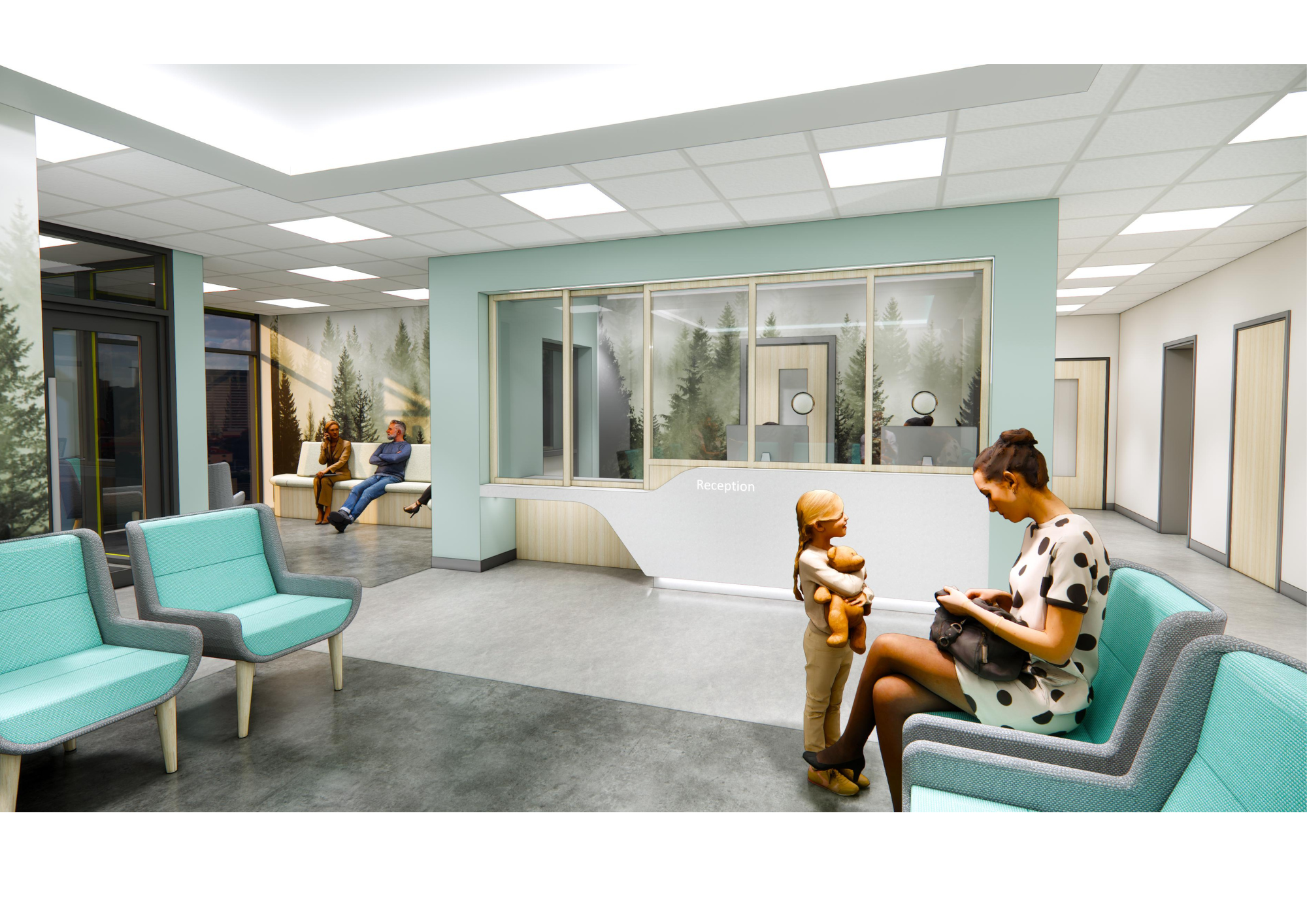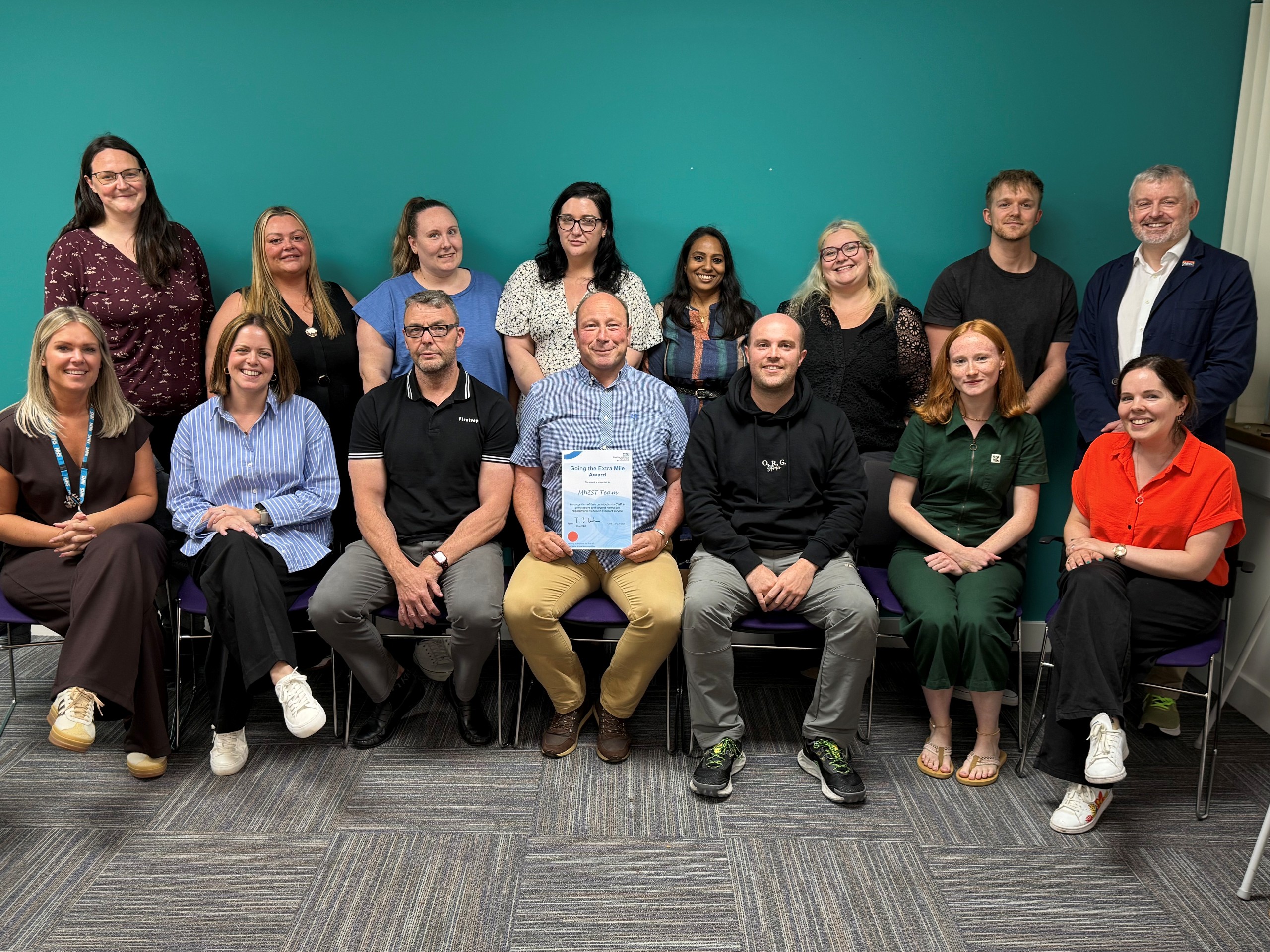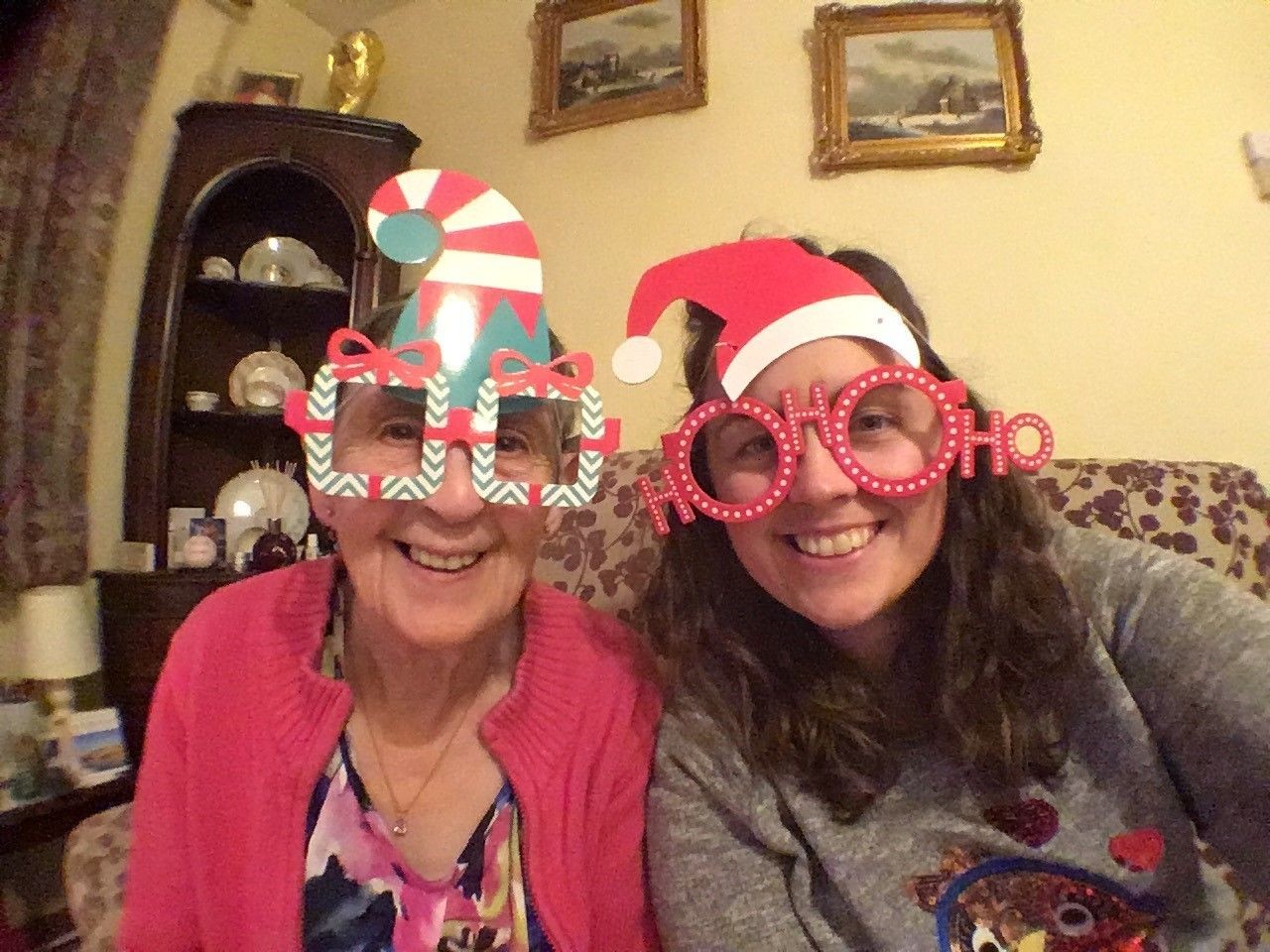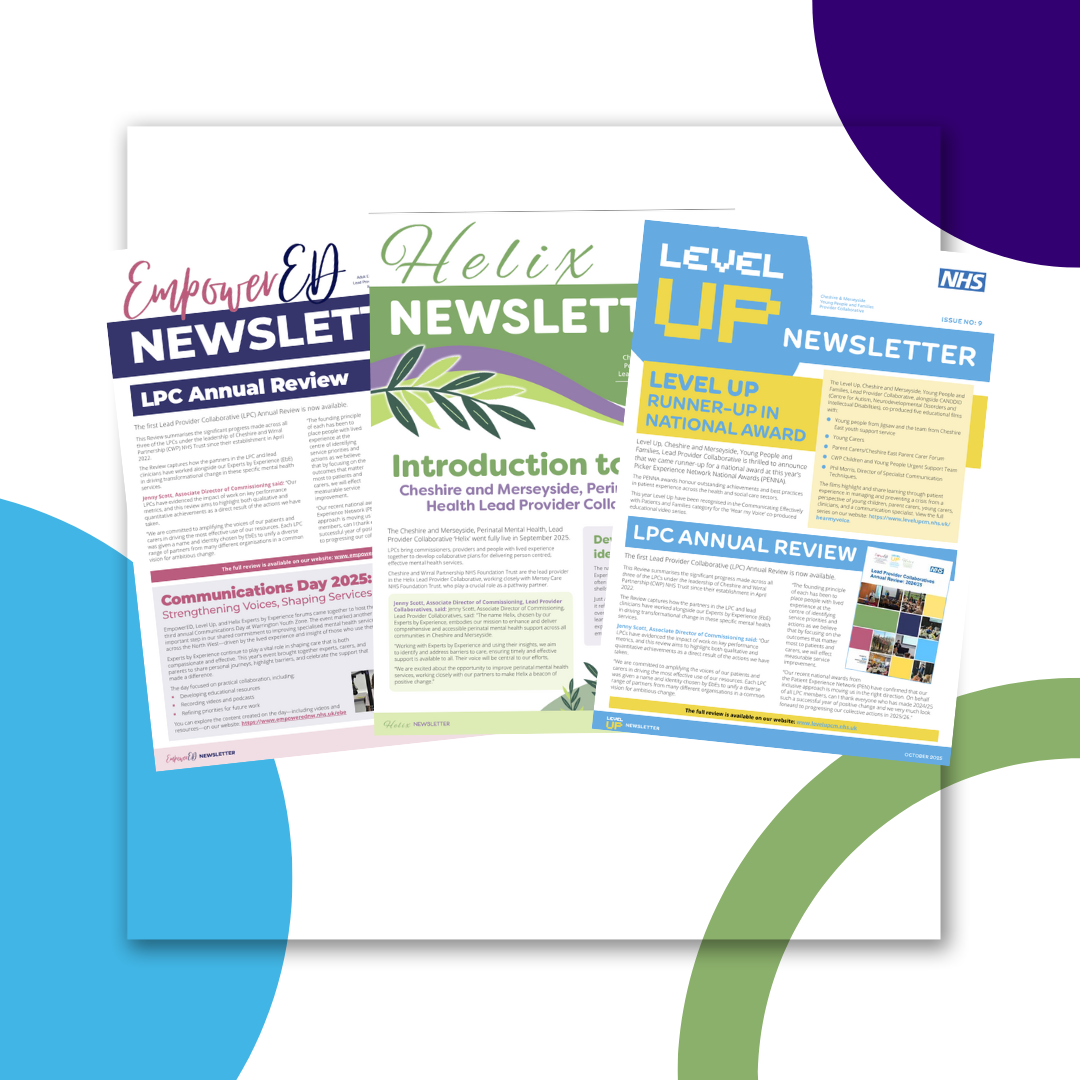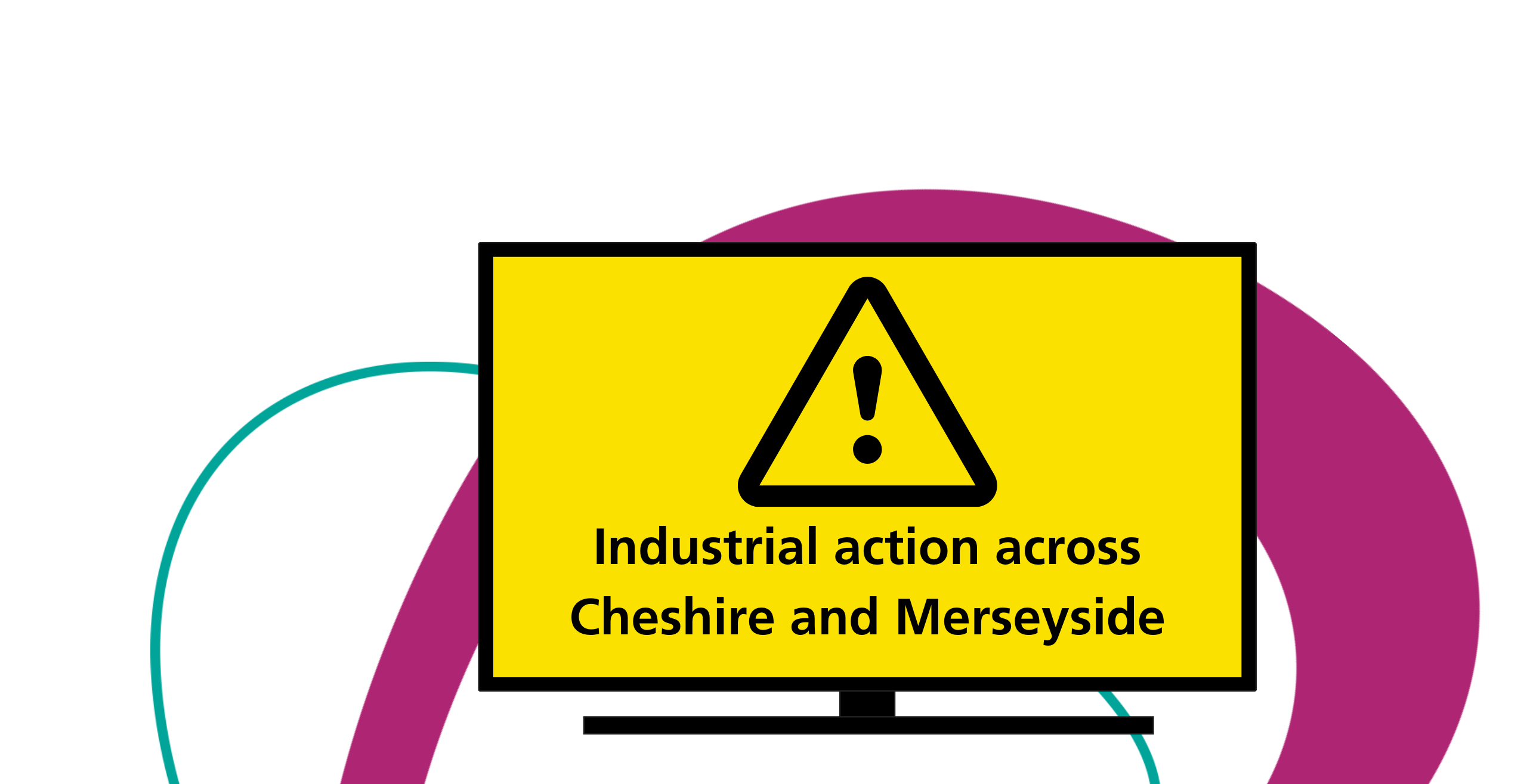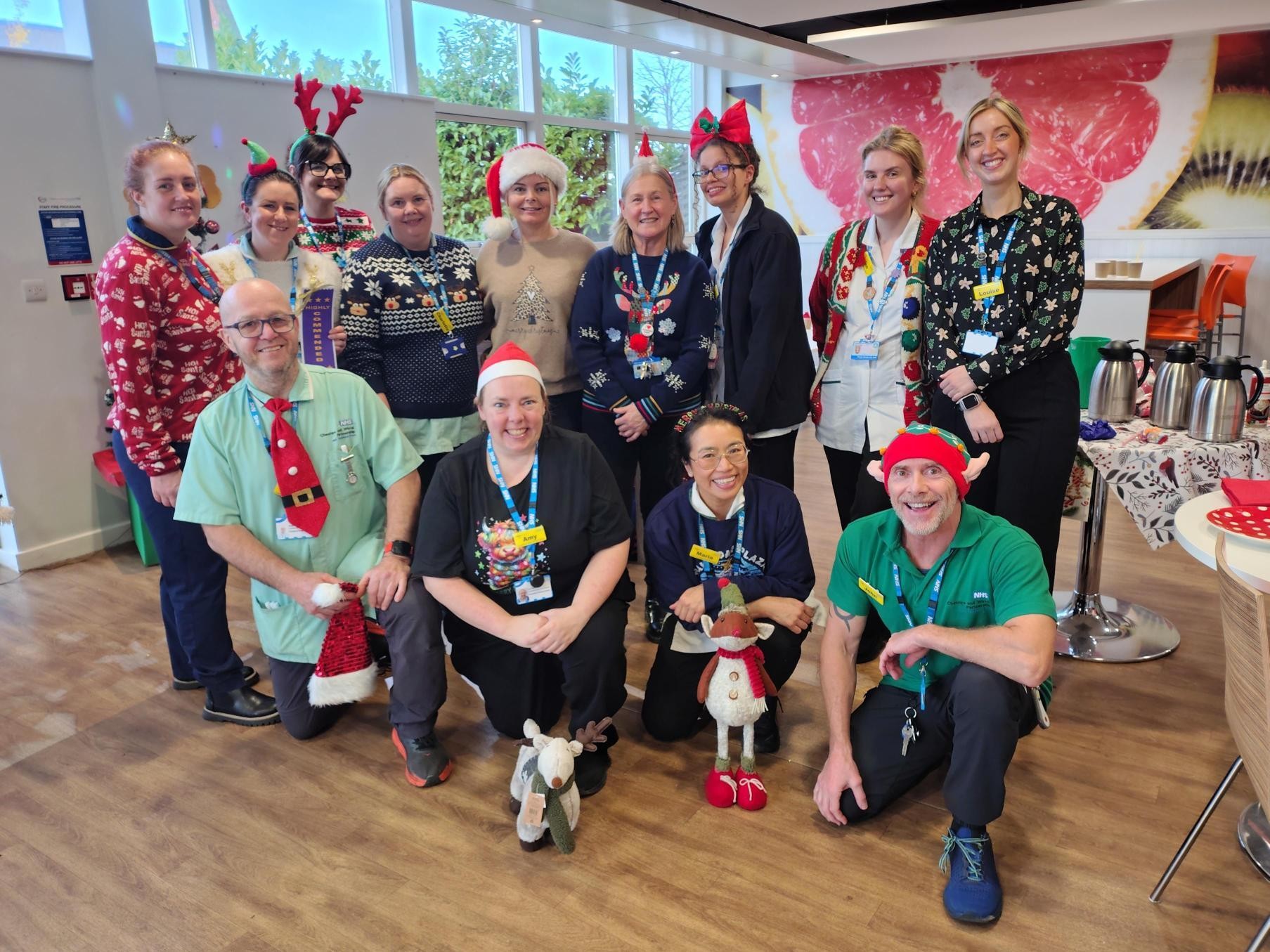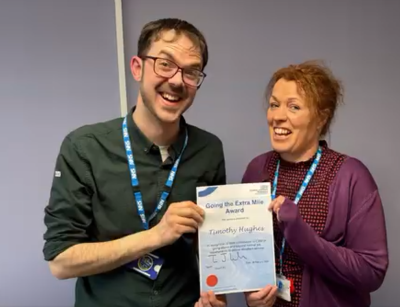
Award earlier this year -pictured with
his clinical supervisor, Maria Townsend
“It’s about what I can do that will make a difference”
From East Anglia to Cheshire West, Tim Hughes has had quite a journey.
He used to work for a church in Norwich, leading a number of community projects improving the lives of local people. Having seen how people benefitted from this – he wanted to help more people find such gems in their community. Following a chance encounter, he started working for a High Intensity User Programme in Norwich in 2017. The model supports frequent attenders to A&E in accessing other services.
And from then on – he has never looked back.
He subsequently moved to the North West in 2020 and joined Cheshire and Wirral Partnership NHS Foundation Trust (CWP) as High Intensity User Lead - a role funded by CWP’s Neighbourhood based care group.
It is vital support to those who use it, as well as being of enormous value to the health system at large.
“I try to get to the heart of why someone is attending A&E so often,” Tim says, explaining his approach, “often the people I see are really desperate. I want to build a rapport with them and try and find out why they are desperate and what I can possibly do to help them. After listening to their story, I’ll ask them if they are happy to work with me on the problem – and then we go from there.”
Each year Tim works with 50 people living in Cheshire West – following national best practice guidance. People who use the service will have been to A&E, at the Countess of Chester Hospital, at least eight times over a three-month period.
“My aim is to find out what is going on, maybe it’s physical symptoms they have difficulty explaining, maybe it’s a situation they feel trapped in, maybe it’s something they just can’t move on from. I reassure everybody that I’m here to help. It can be a bit daunting having an unknown person ring you up and ask you questions. But because of their situation, whatever the diagnosis, they are usually very happy that I’m proactively trying to help them.”

User programme conference
As Tim comes in as a fresh pair of eyes – this puts him at an advantage. He is able to see the whole picture affecting why someone may be struggling to get the right support and act accordingly to ensure they receive the help they need.
“I guess I see myself as a walking, talking, reasonable adjustment. I do what I can to make our services accessible to people who might have been struggling to get the best out of them.” He explains.
“Once I’ve built trust, we’re able to tailor support, either in person, by phone, or even email. Then I get to help people find the services already out there that can help them move forward. One of the great pleasures of the job is working with colleagues from services or the community who are trying to make a difference too.”
Over the last year, Tim’s approach has seen a 65% reduction in Accident & Emergency visits from people he cares for. Not only has this improved patient experience, including a notable increase across patient quality measures, it has also resulted in a financial saving for the wider health and care system.
Moreover, within the patient cohort he sees, there has also been a 63% reduction in admissions following Tim’s work and a 31% reduction in GP consultations and a 72% reduction in calls to the mental health Crisis Line. Altogether, the estimated cost savings to the health system stands between £270,000 and £360,000.
The most pleasing aspect has been the impact it has had on the patients themselves and the feedback speaks for itself:
“Tim contacting us was like a heavy burden being lifted from our shoulders as we couldn't see a light from the dark tunnel we were in. He thoroughly investigated our case and through contacting the right people he managed to get procedures put in place.” - Service User.

They found the figure in pieces at a
community service Tim took them to.
They bought it, mended it, and gave
it to Tim as a reminder that 'broken things
can be mended'
Sarah Peers, CWP Head of Operations for Neighbourhood Based Care, said: “Tim’s success highlights the value of relationship building and integration between services. The results speak for themselves, and we are very proud of the positive impact he has had on local people and their families.
“His work is also of tremendous value for the system and encourages people to think differently – bringing services together around the needs of the person. We hope to build on this approach moving forwards.”
Tim also says his values play a part in his success, as he has a strong belief in showing people honour and compassion regardless of their circumstances.
“It’s a great job that I’m blessed to have” says Tim.
